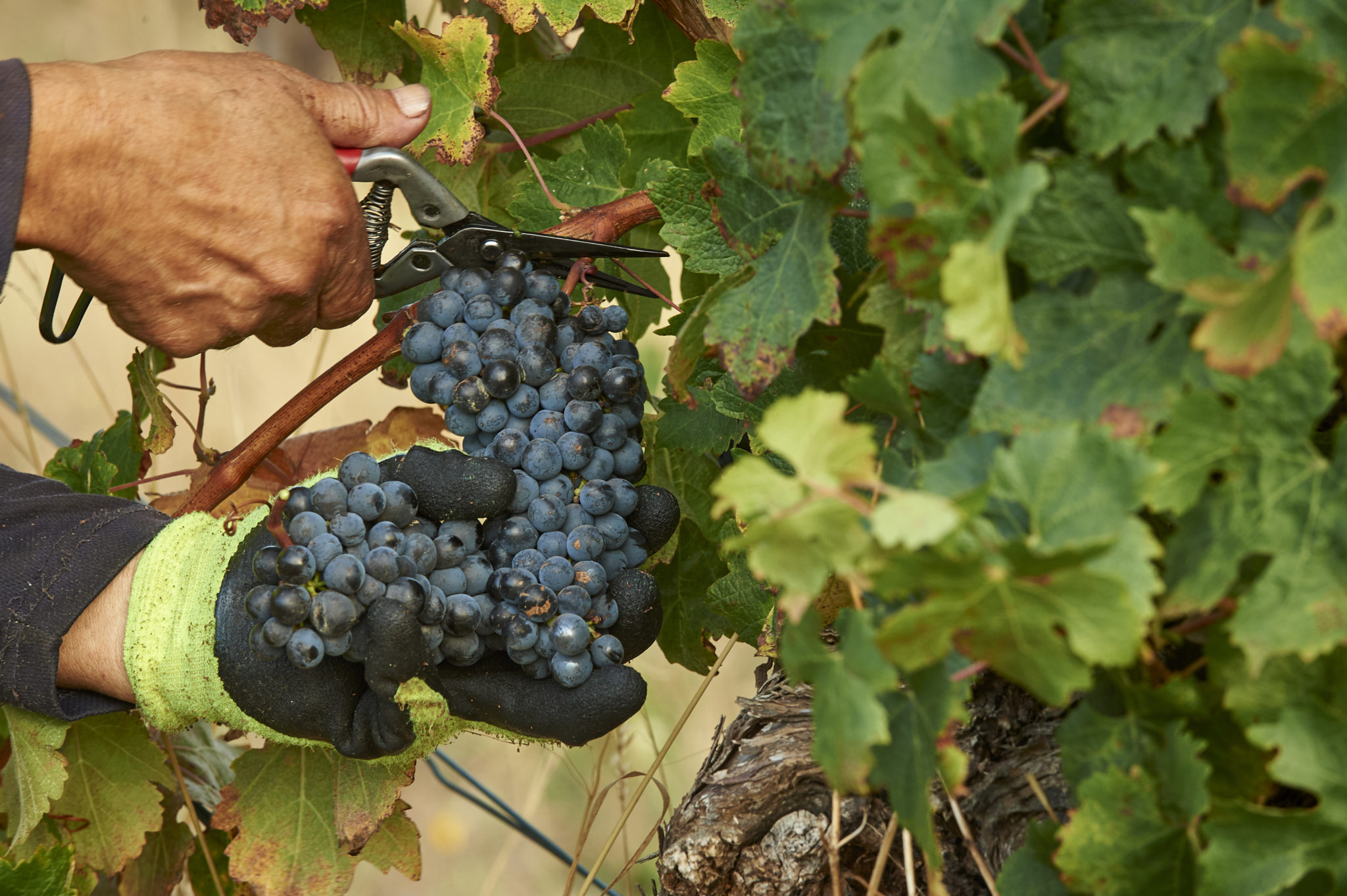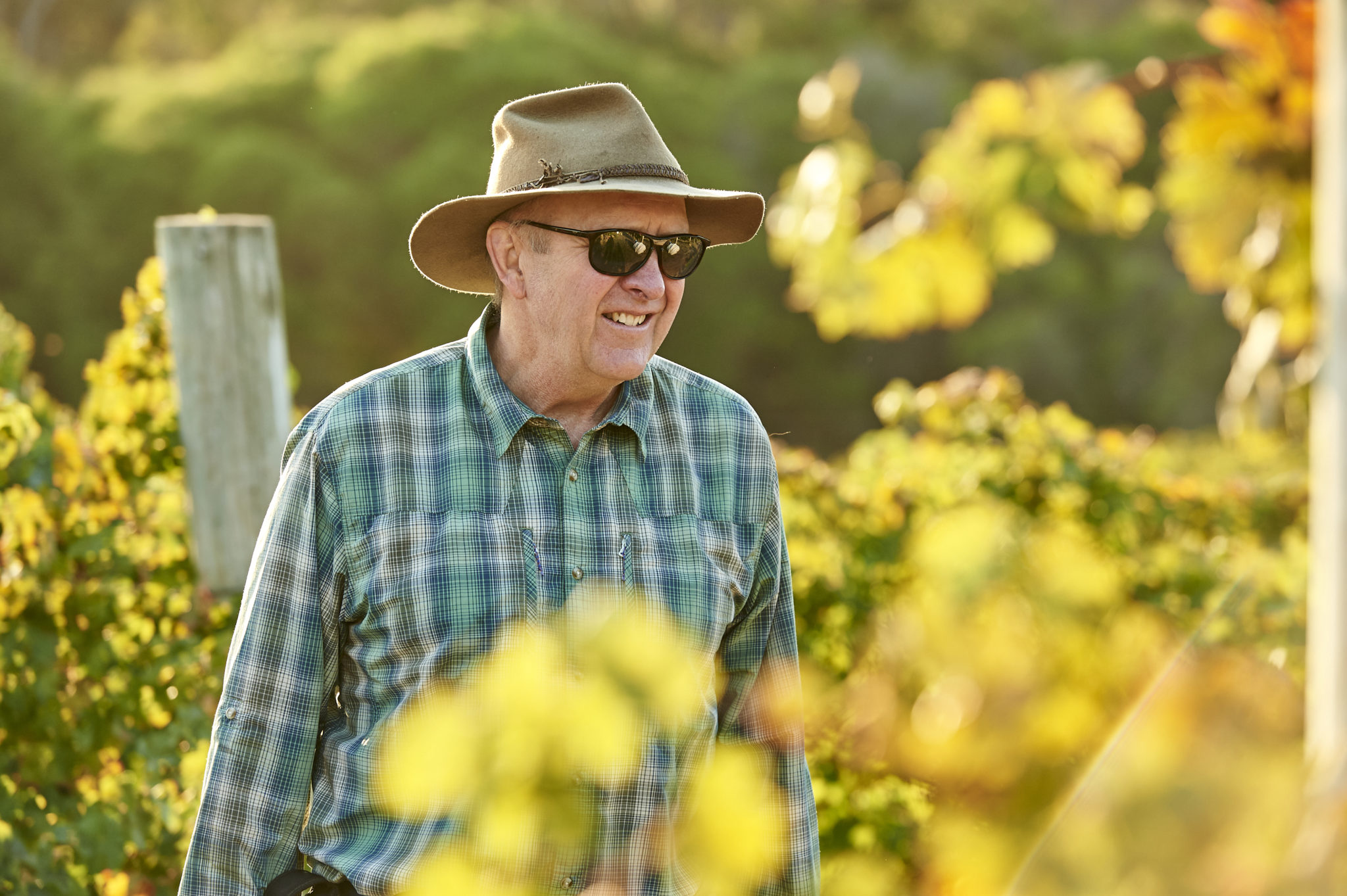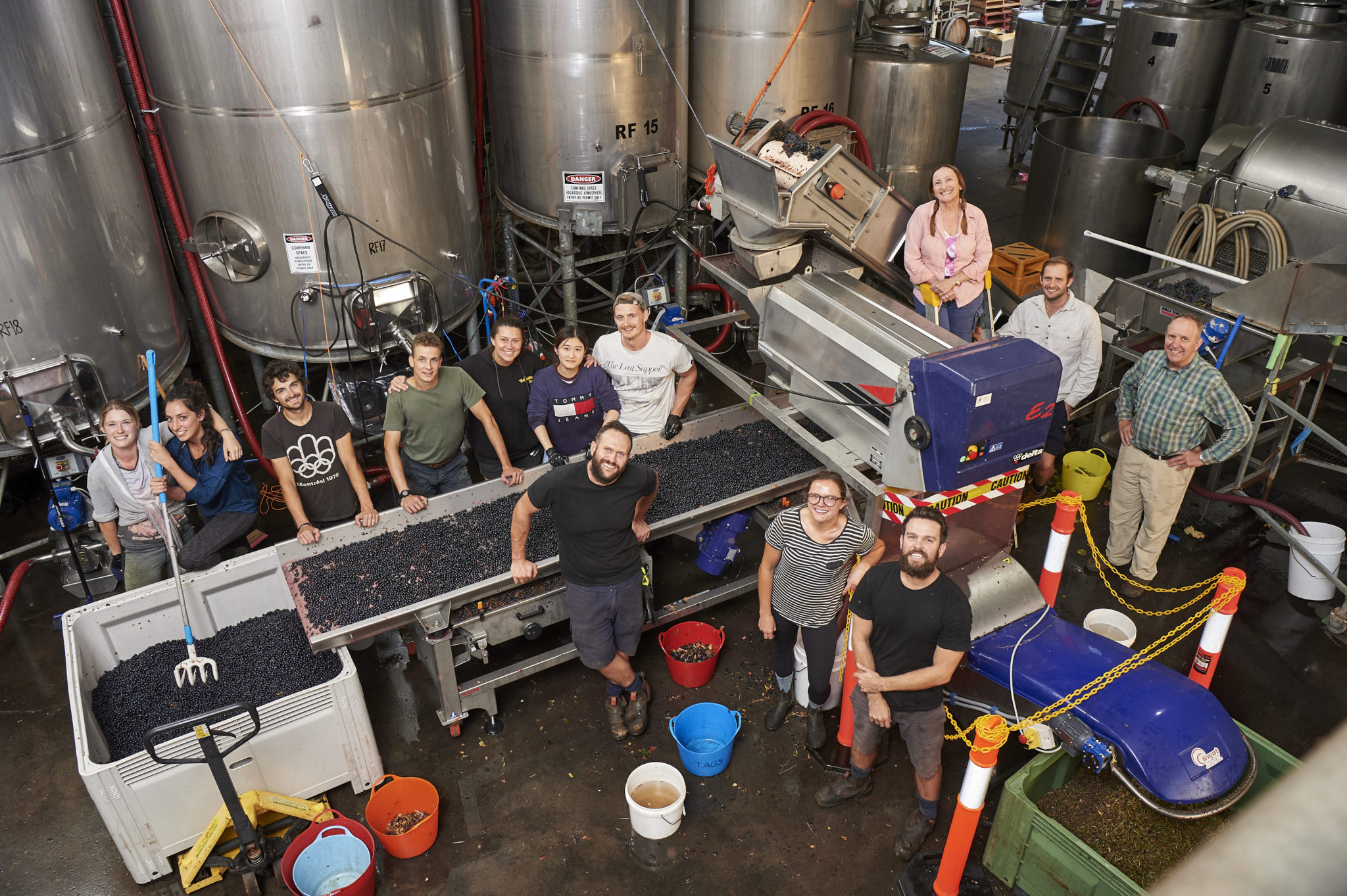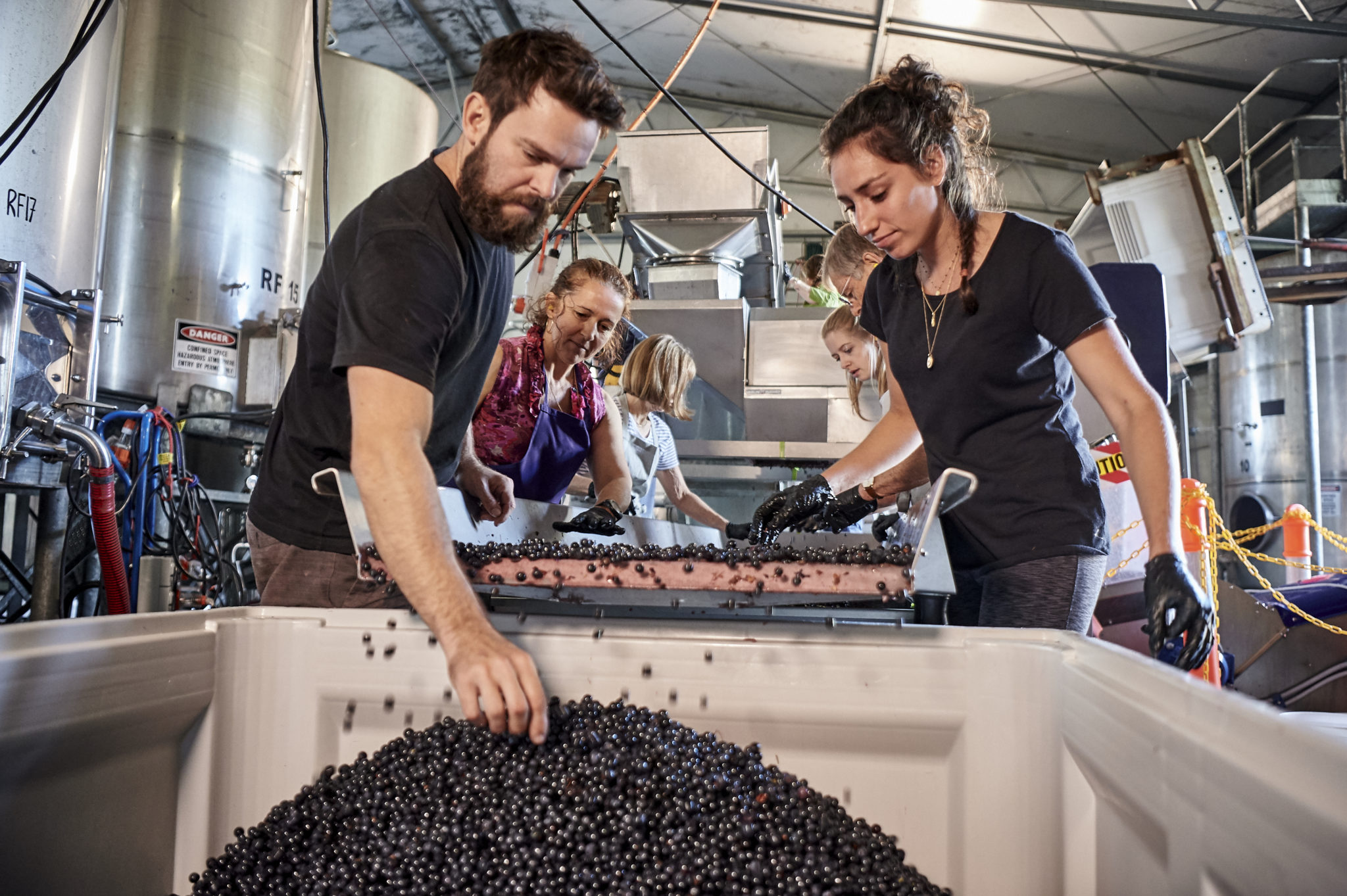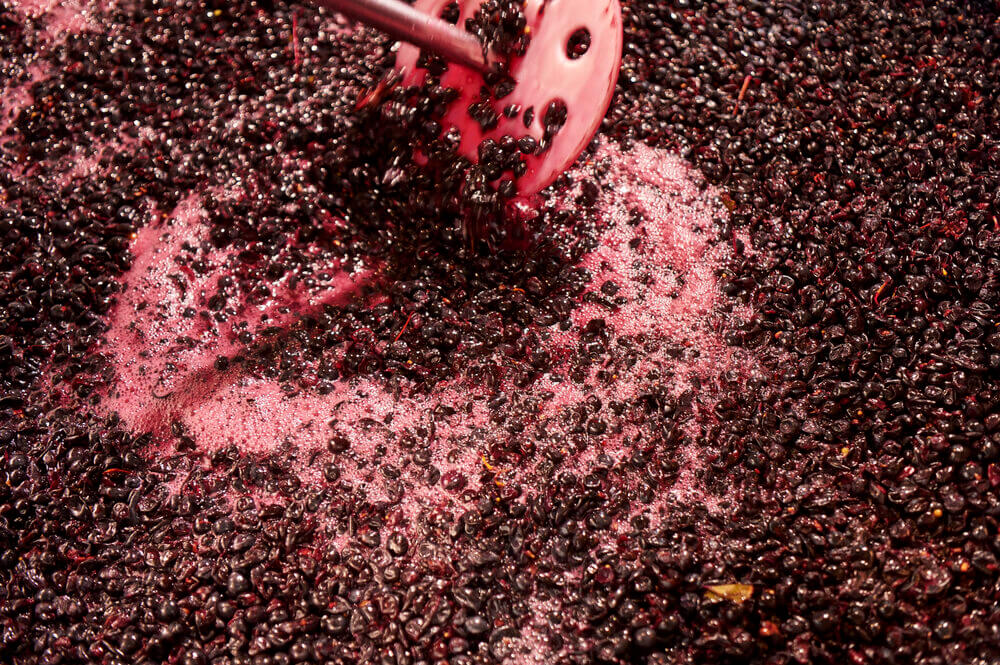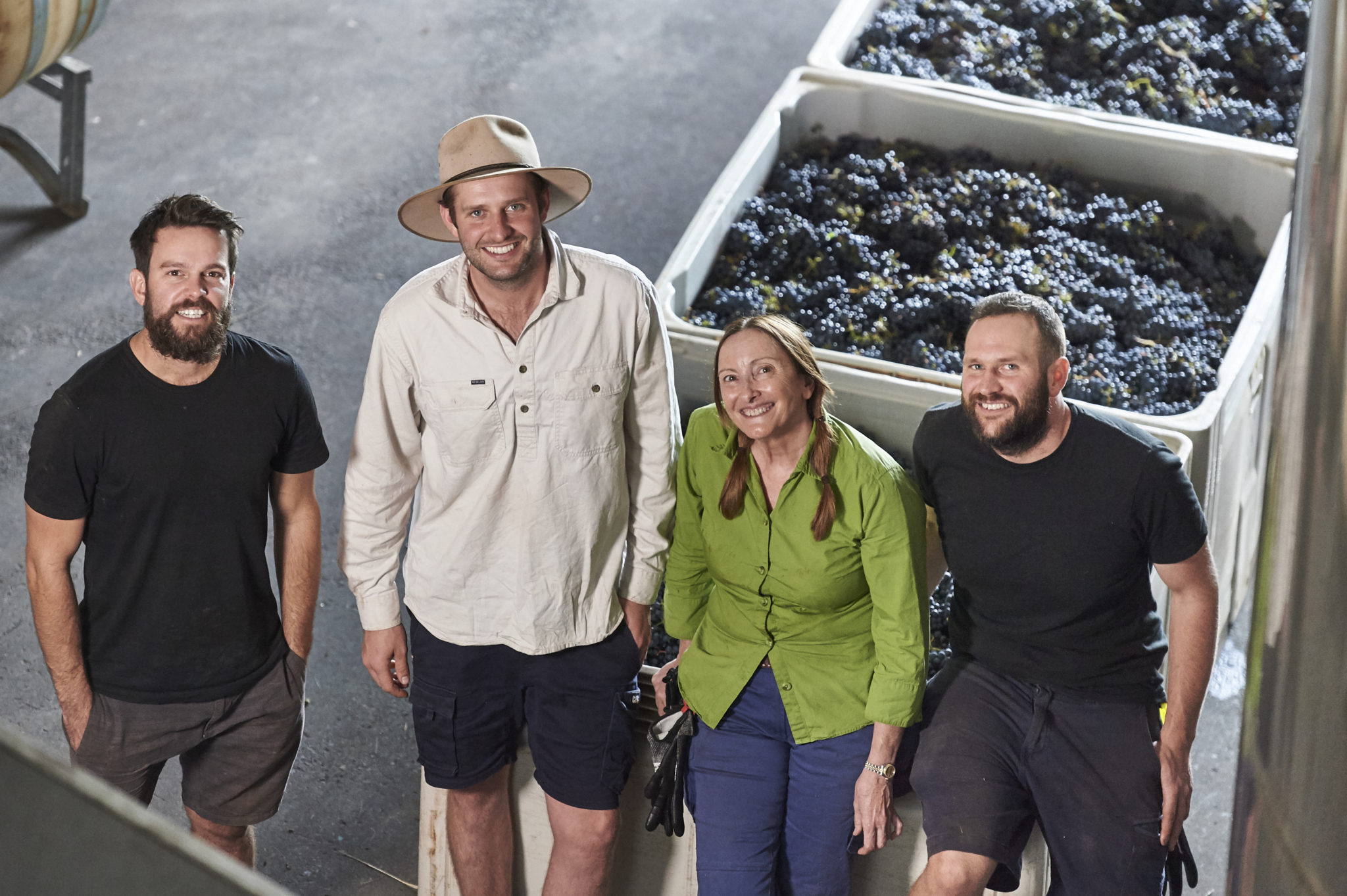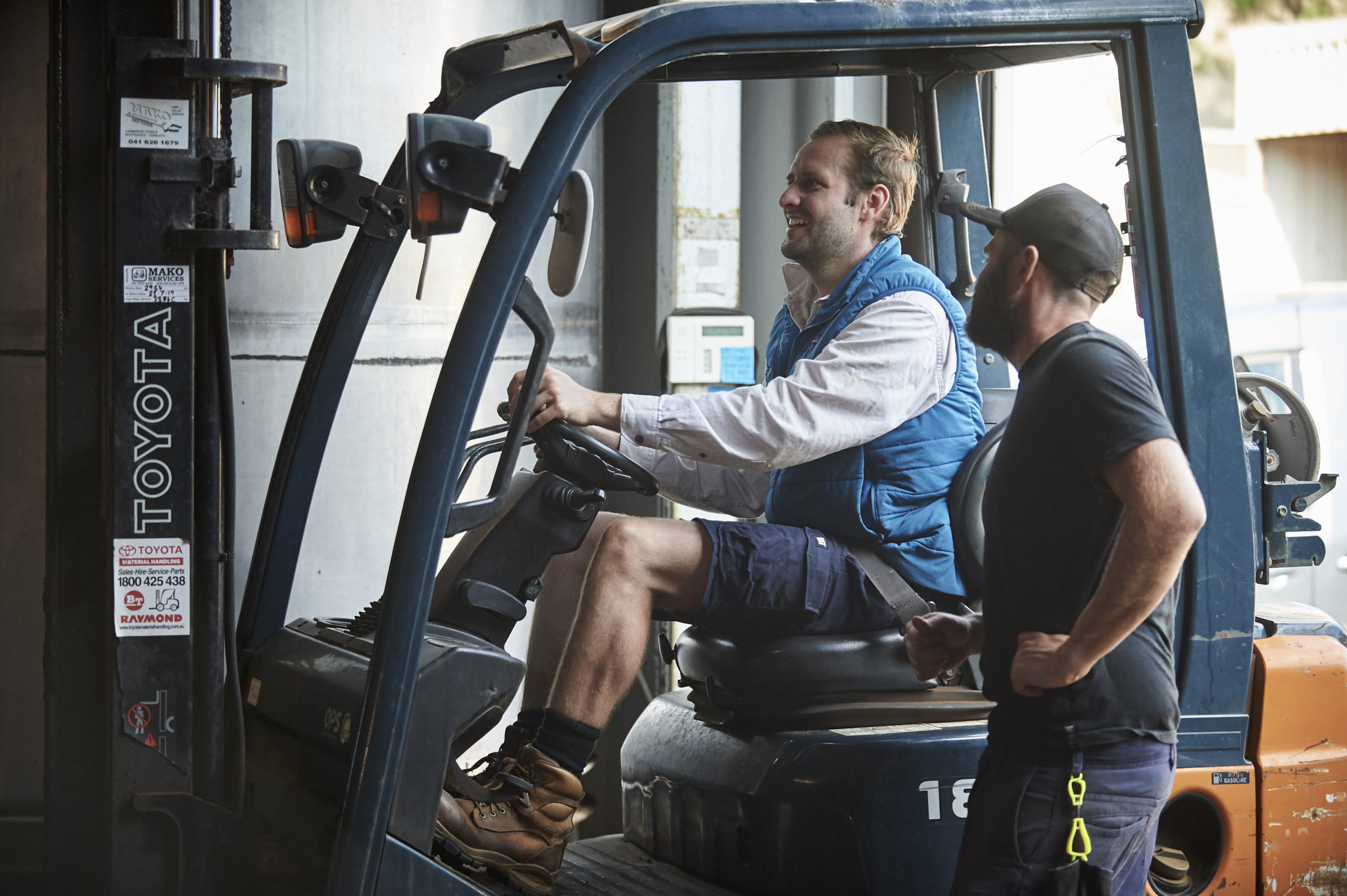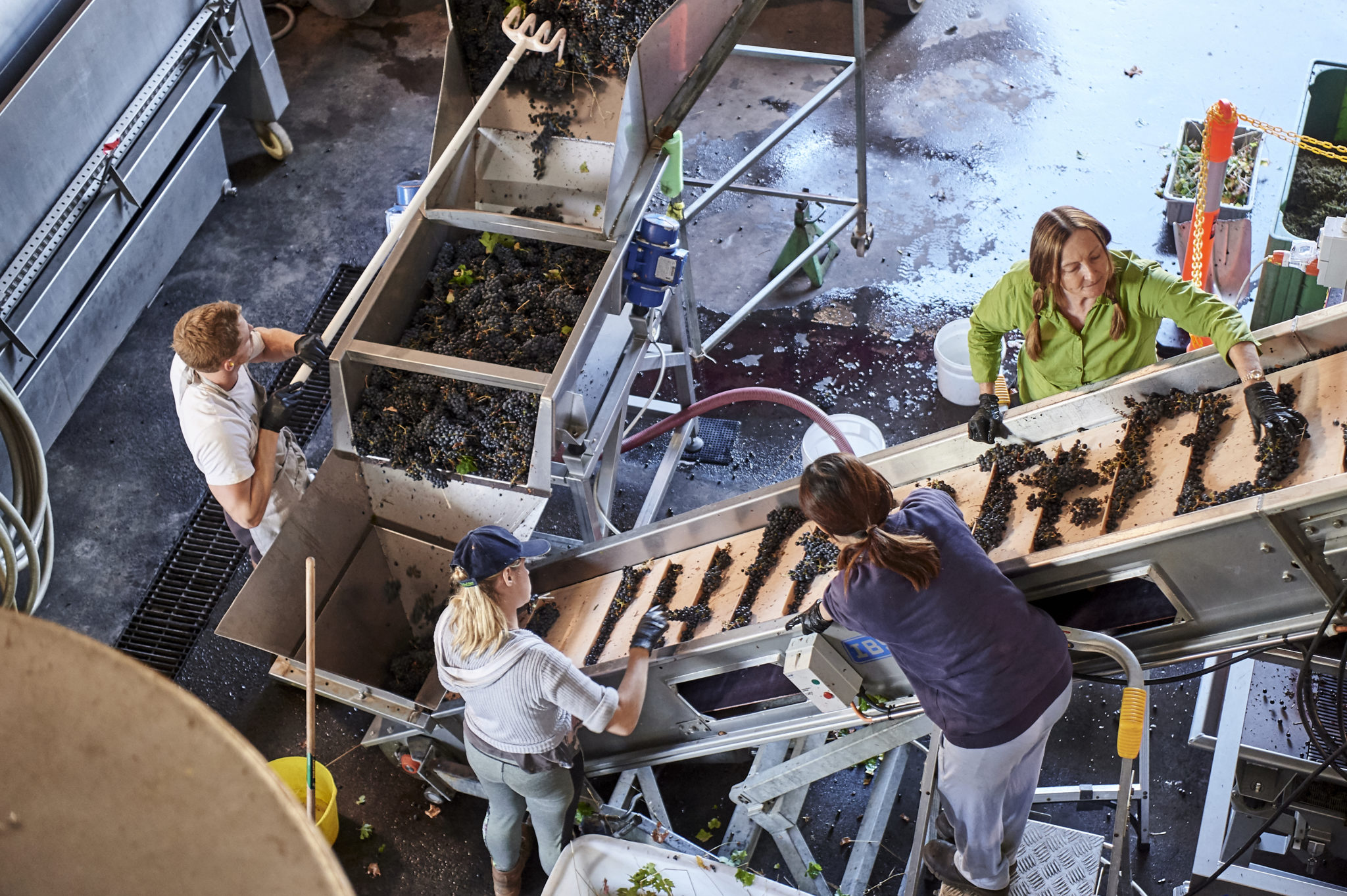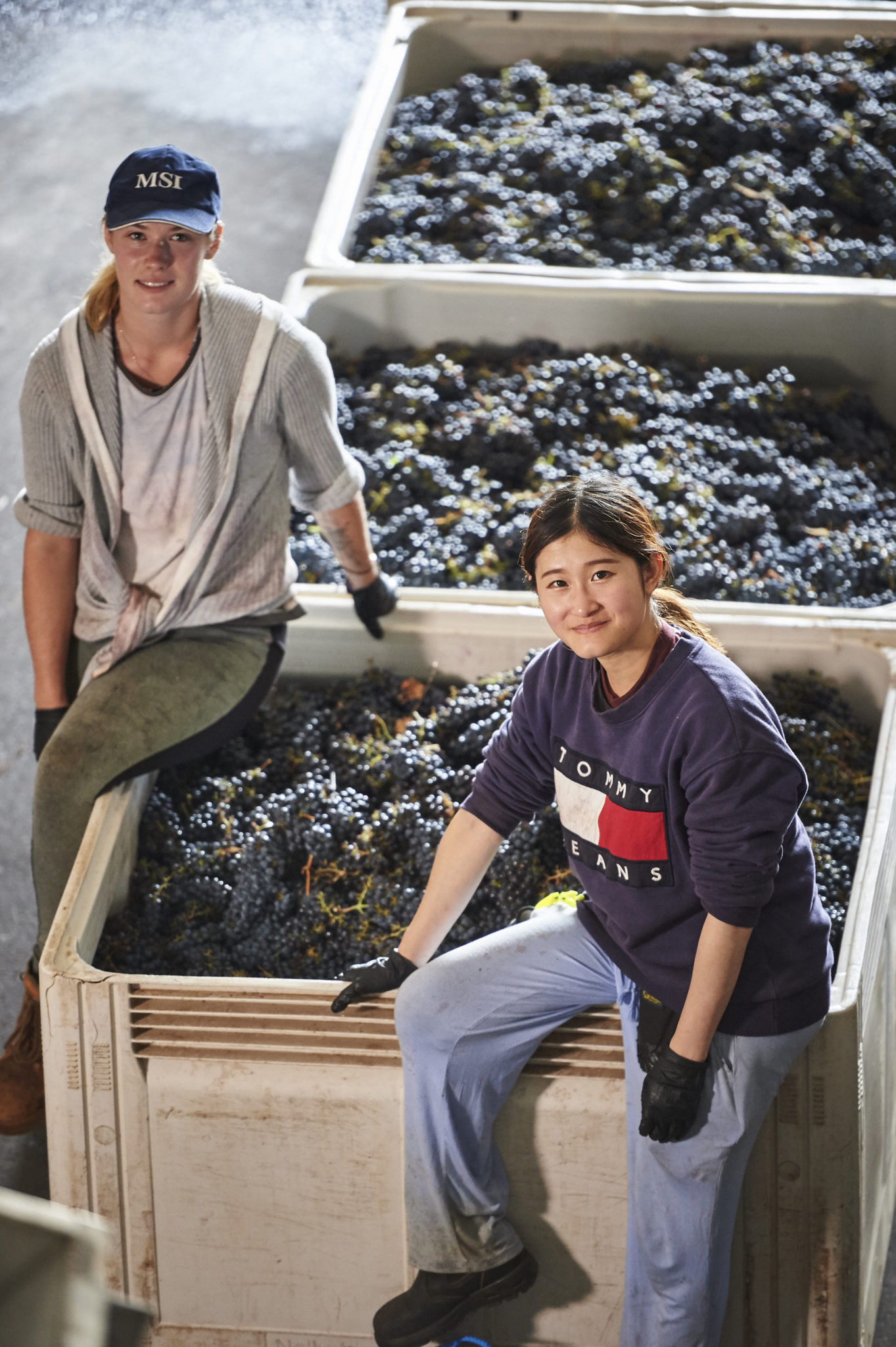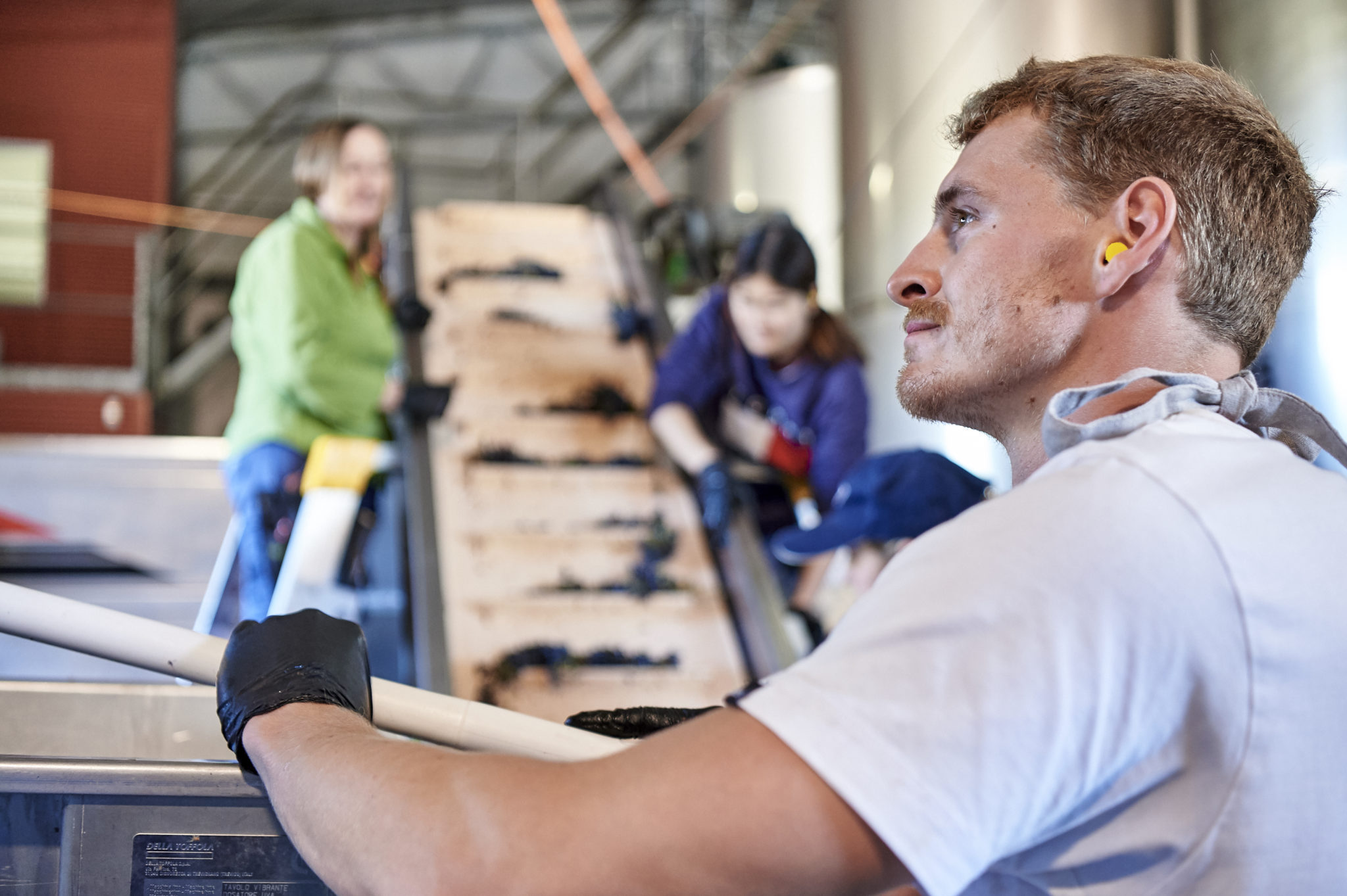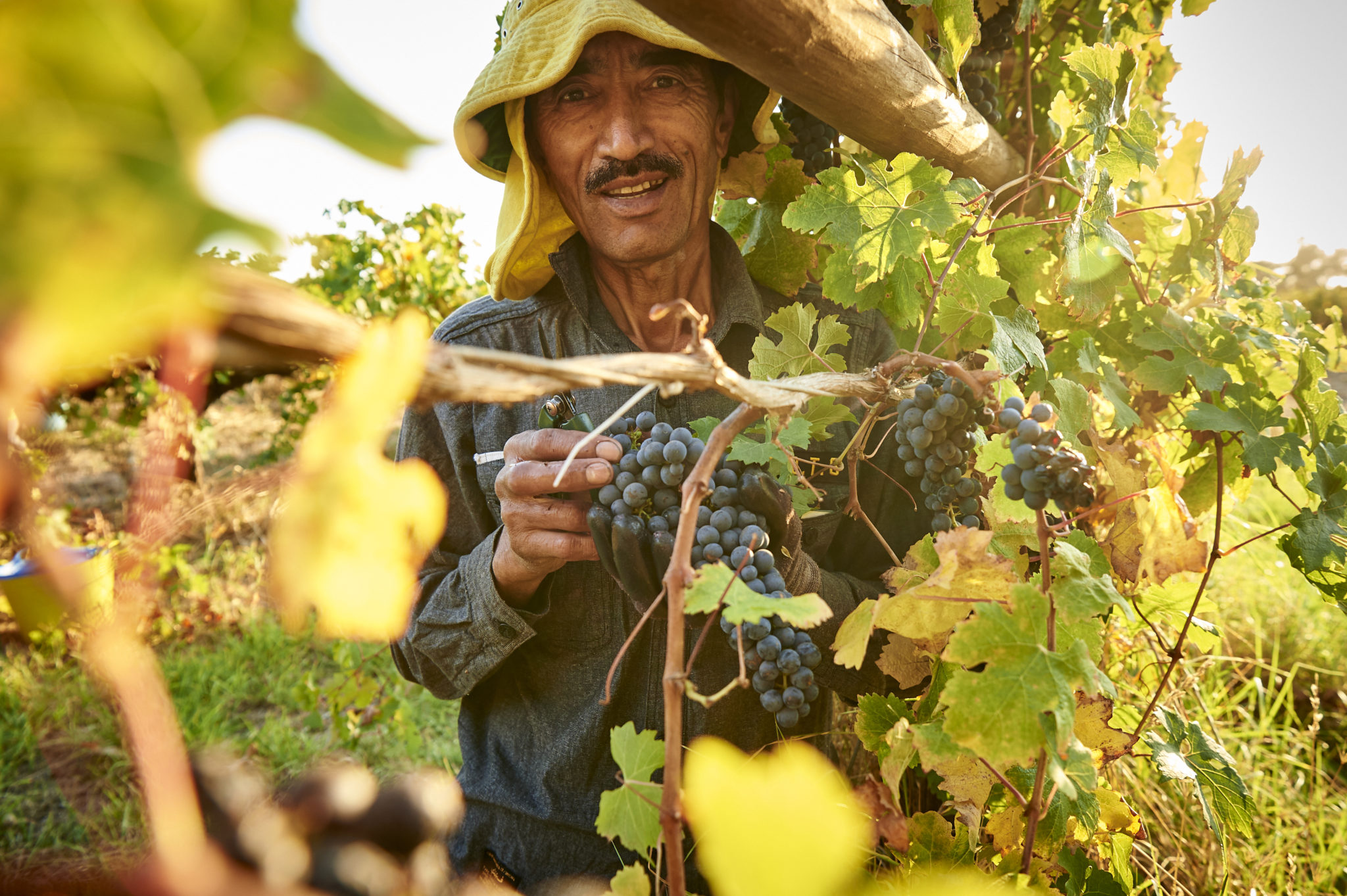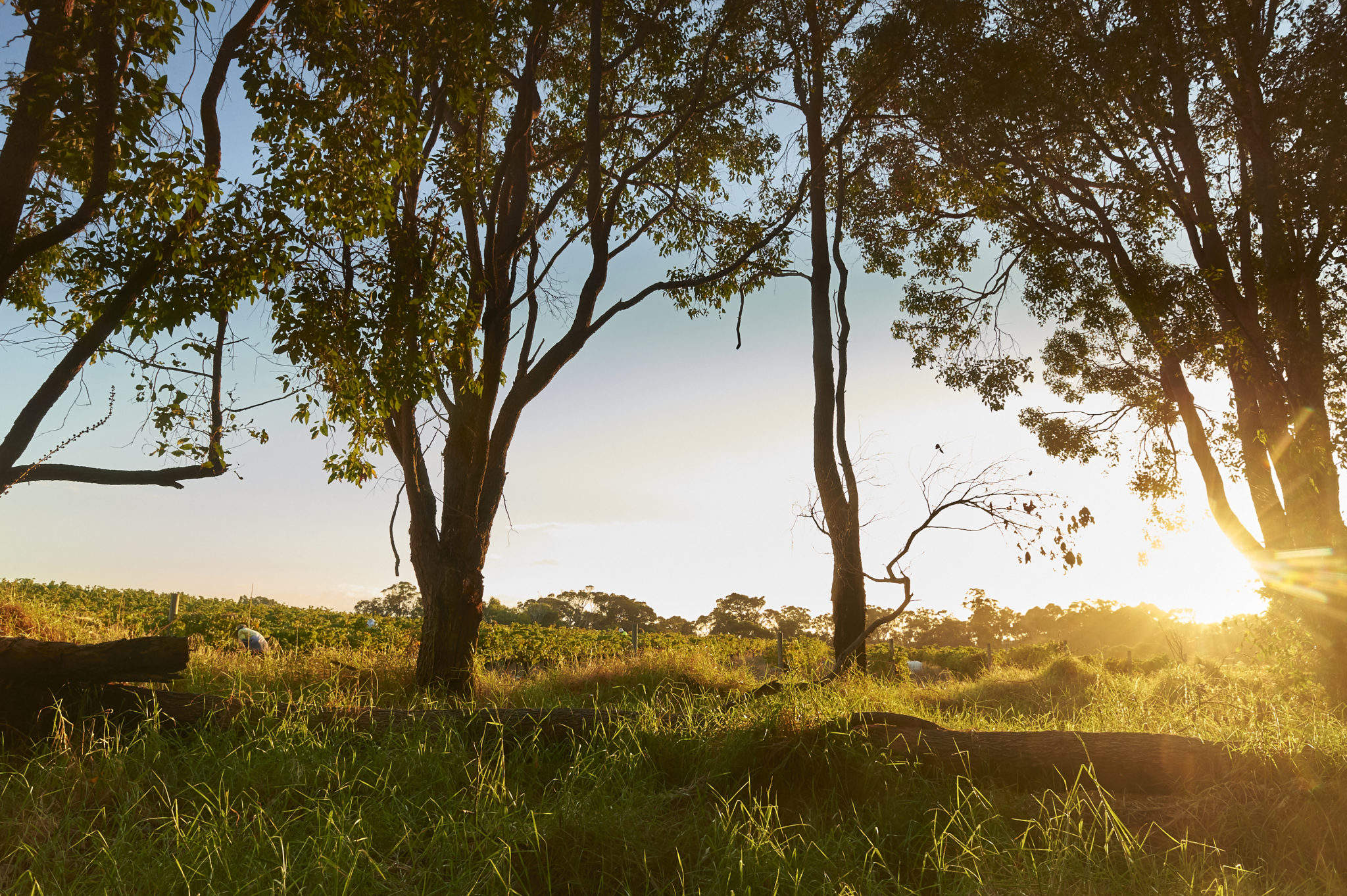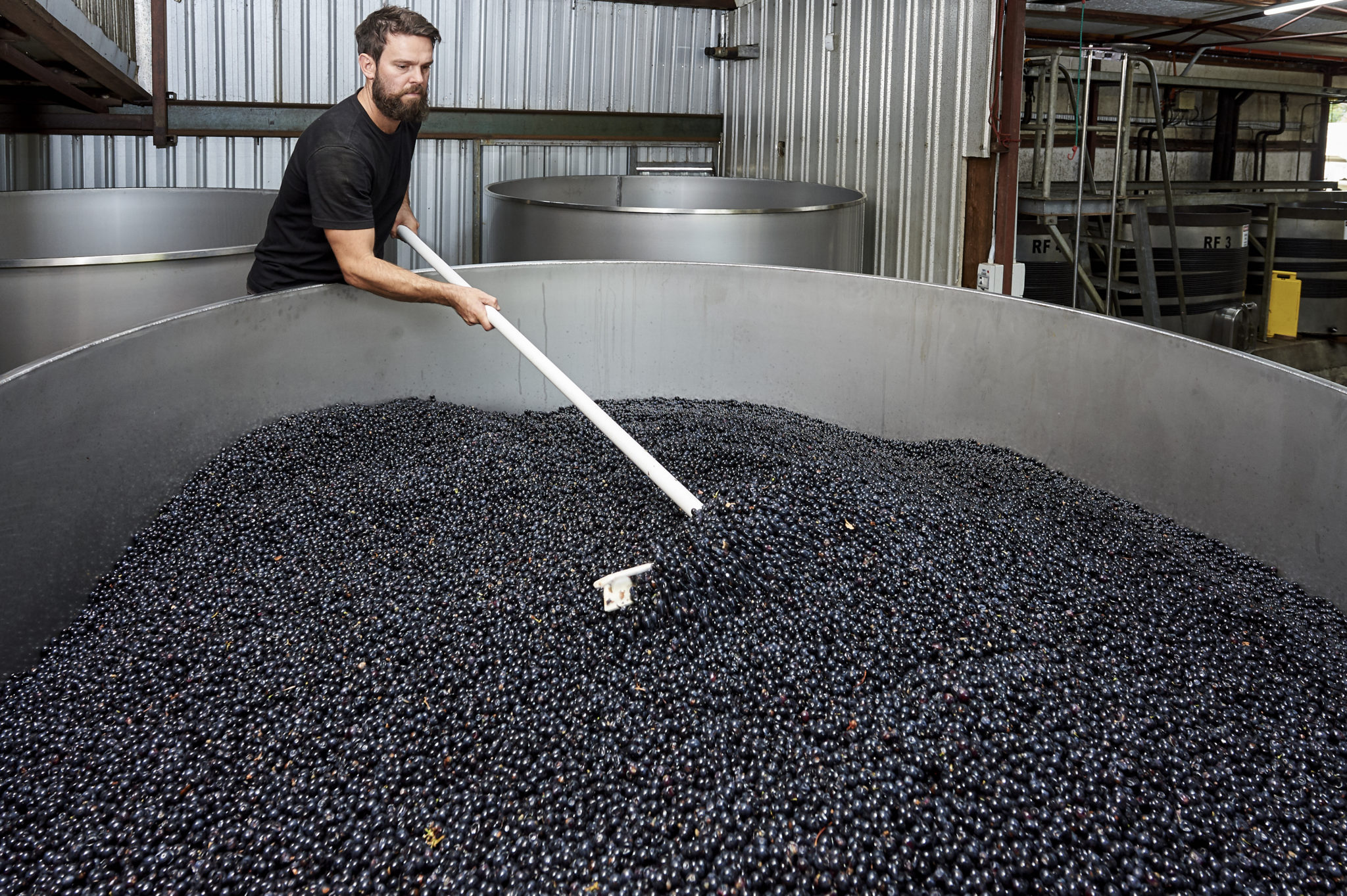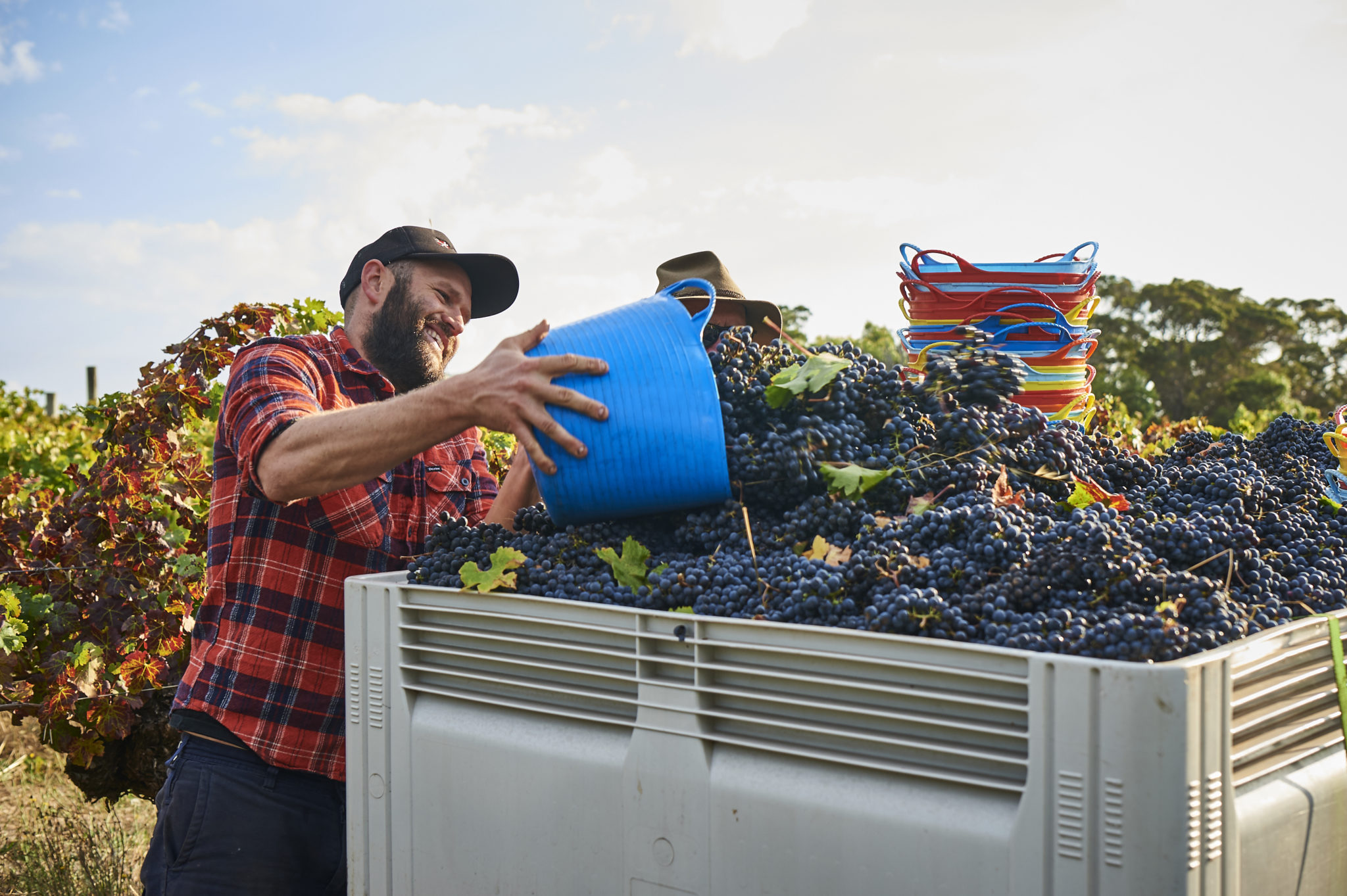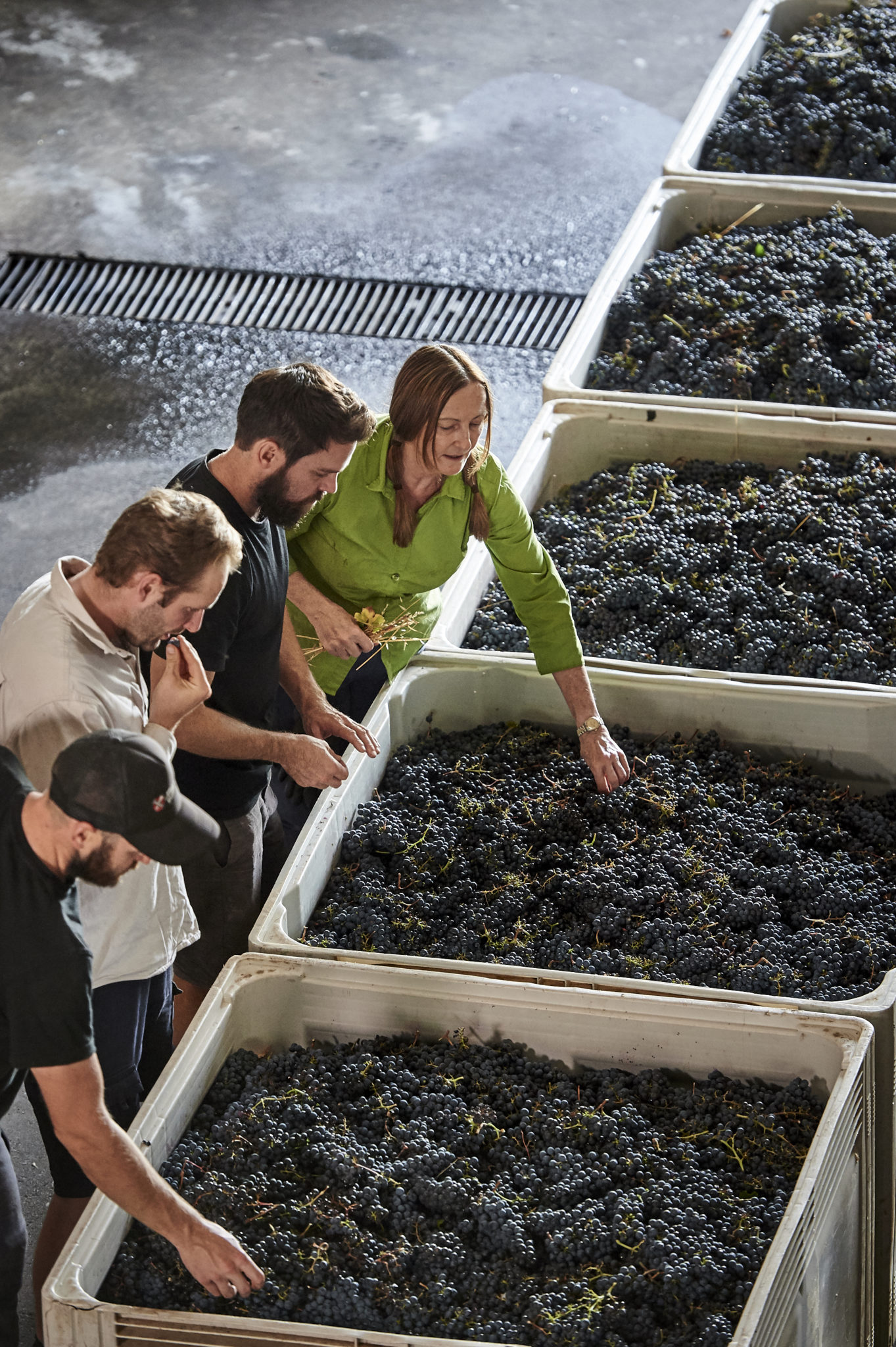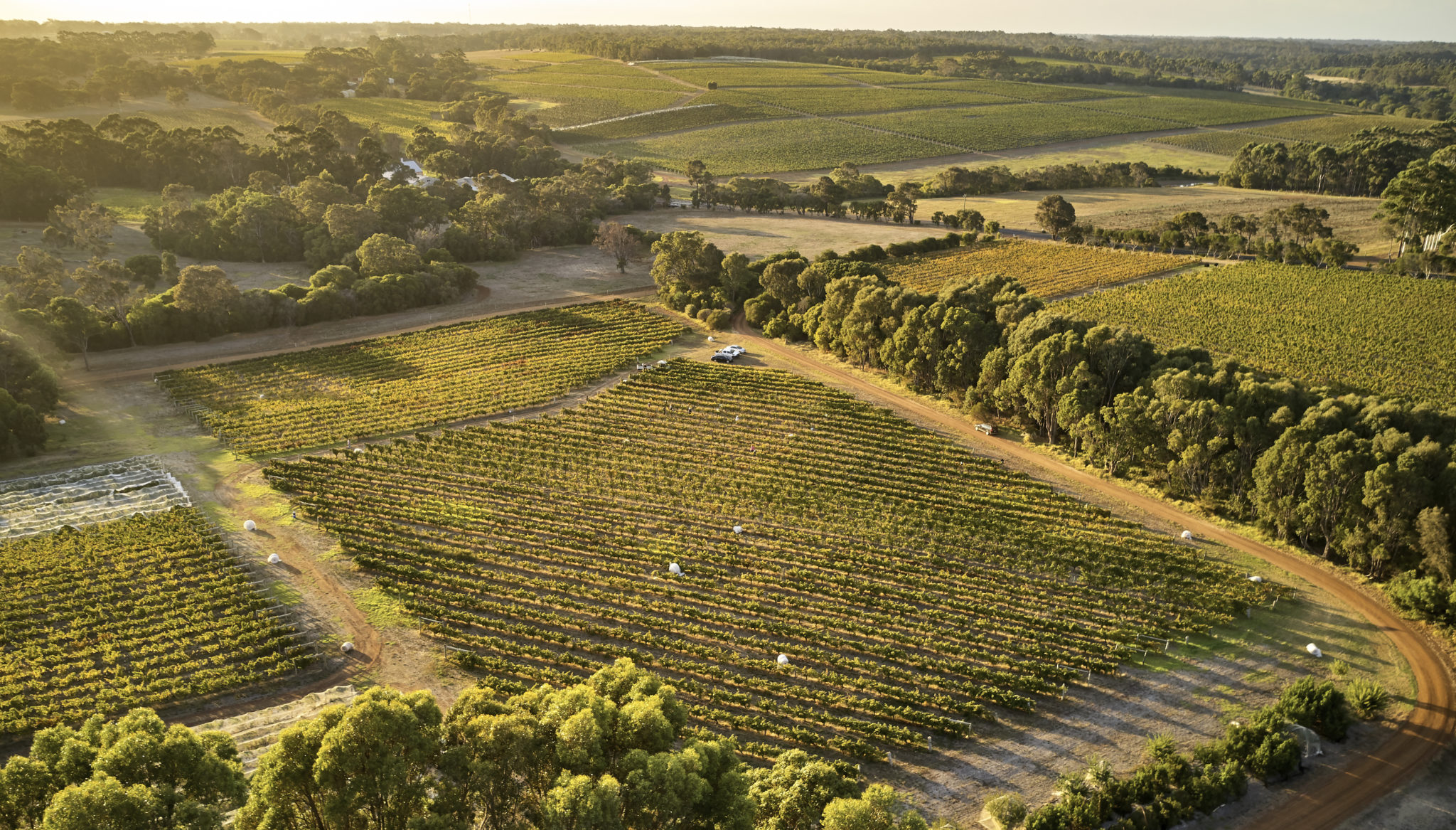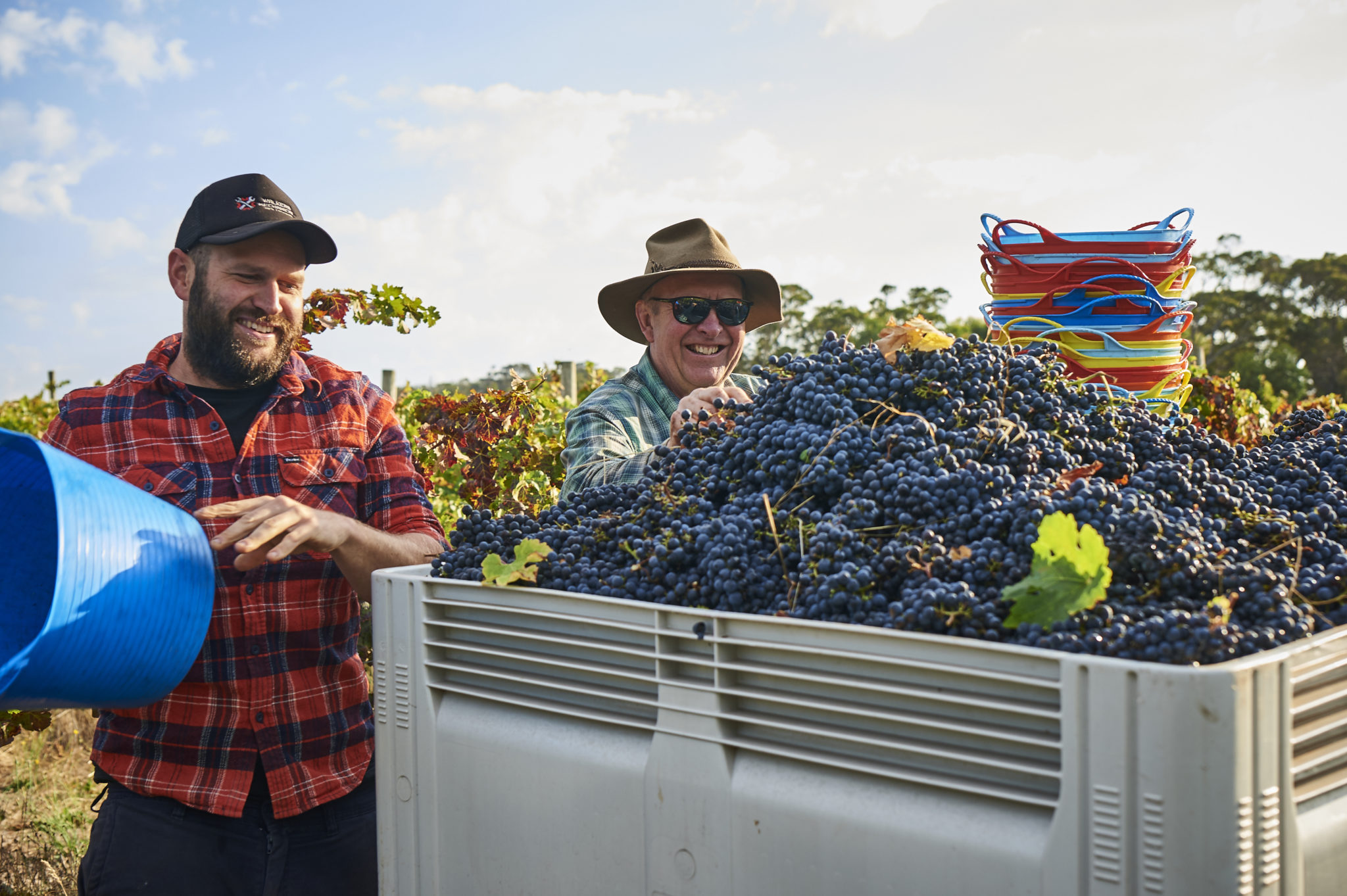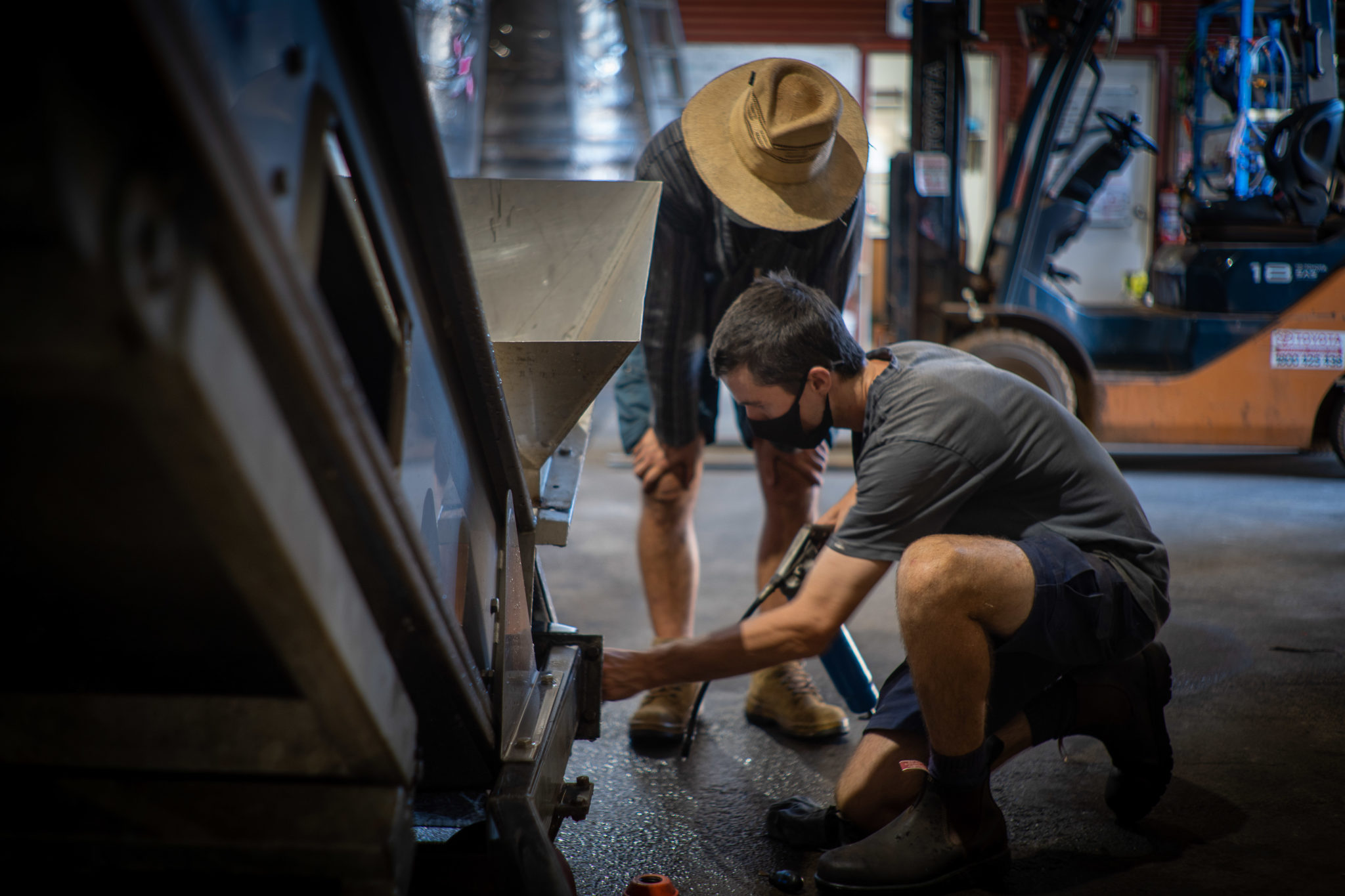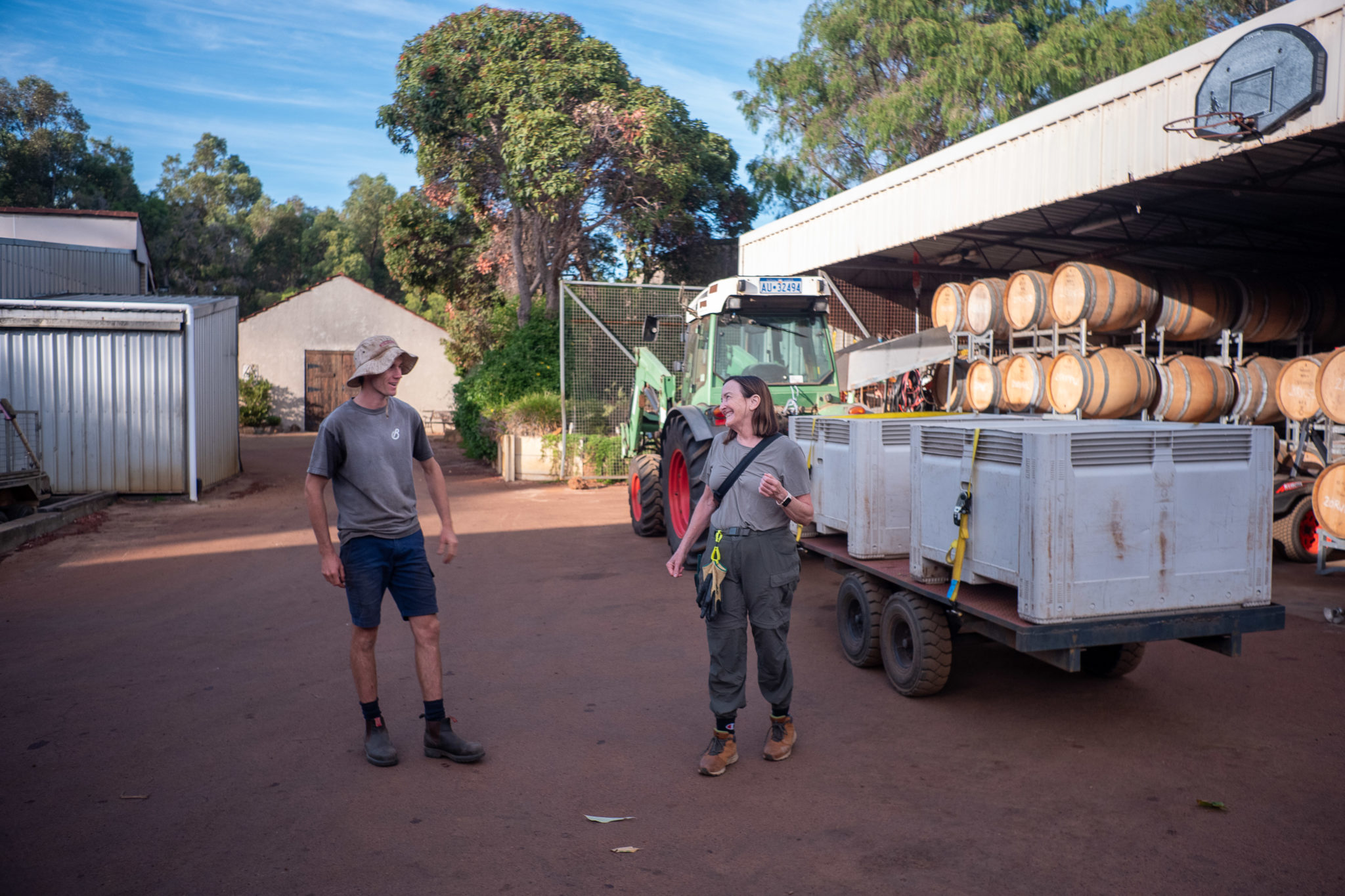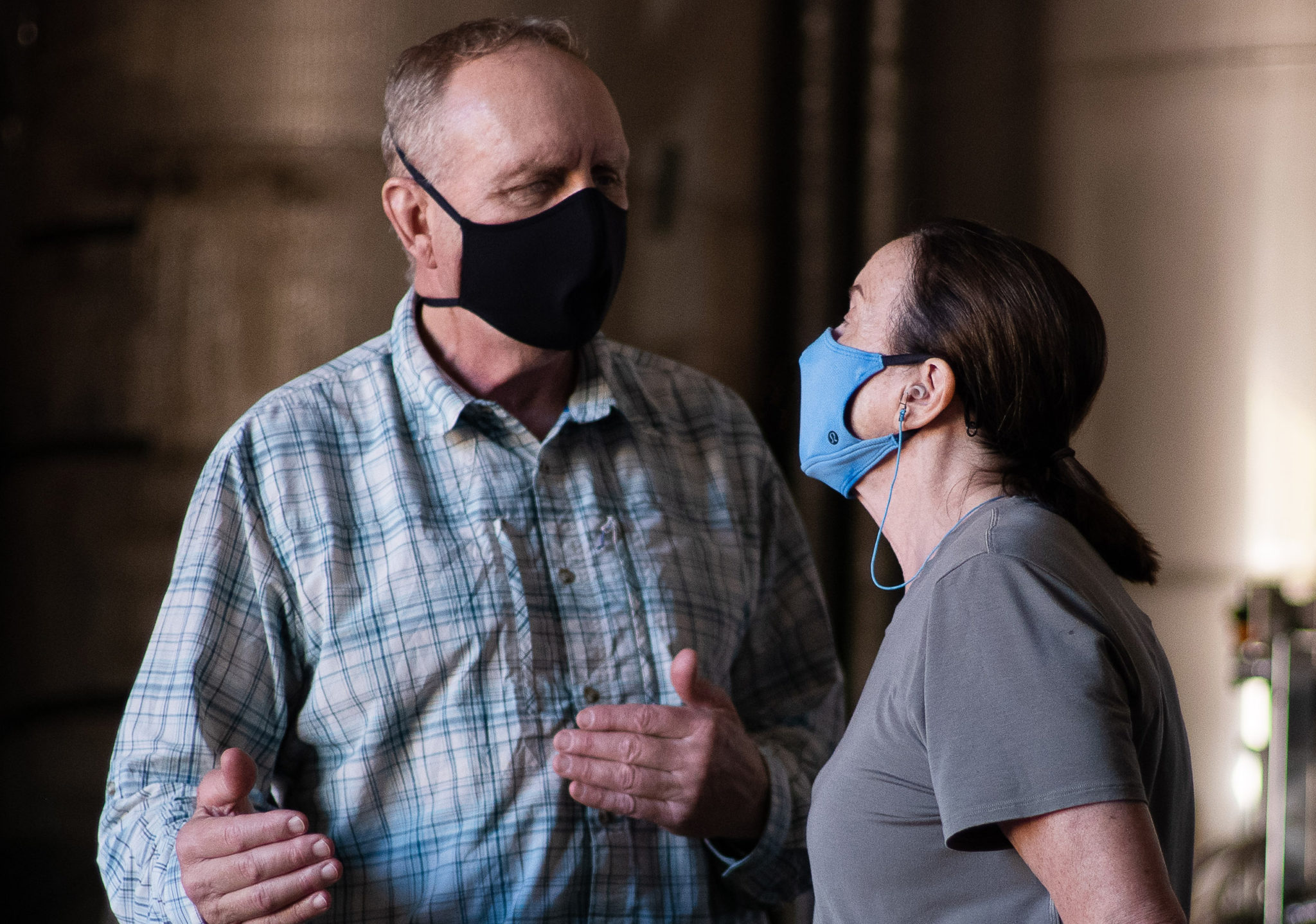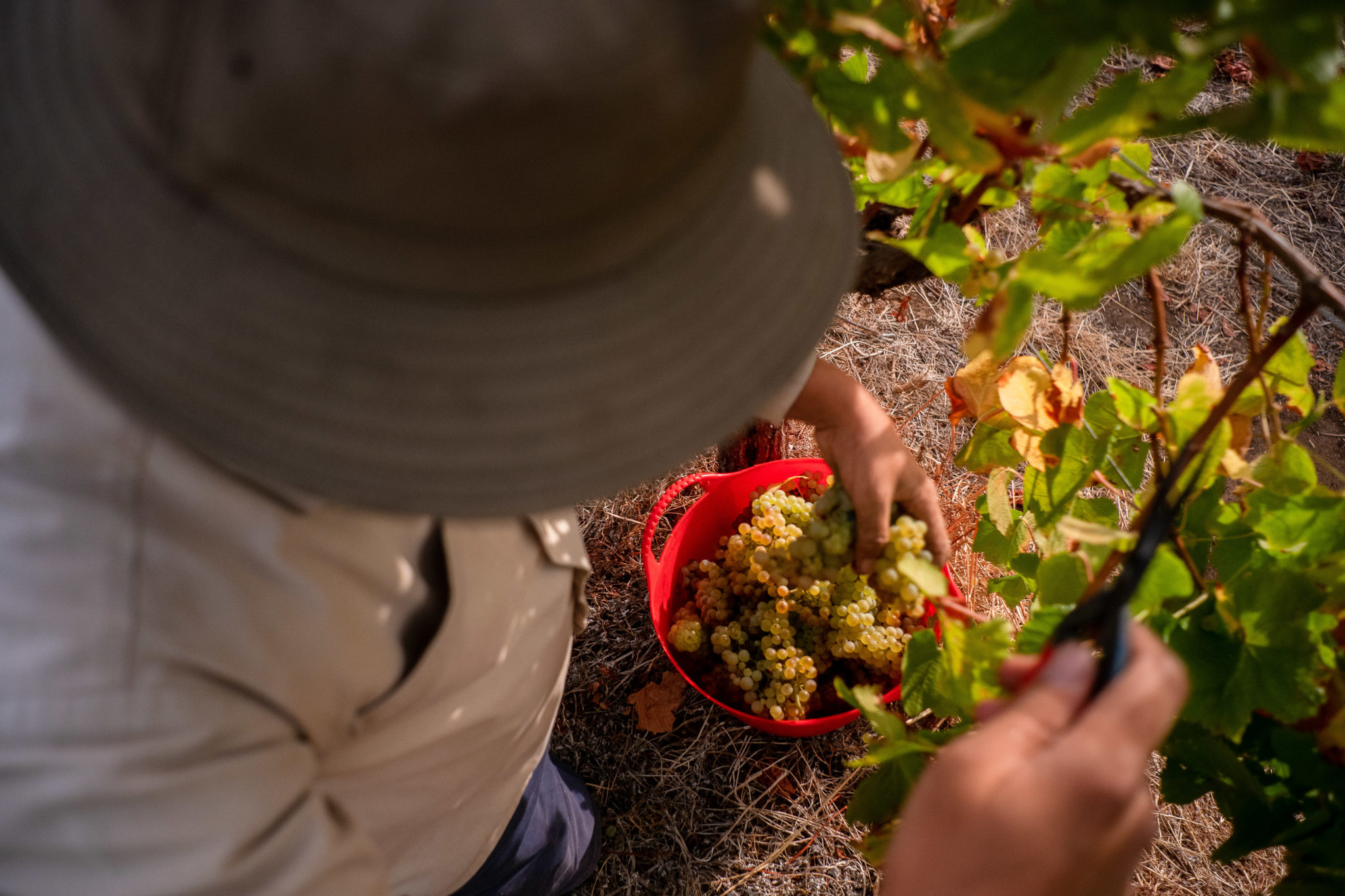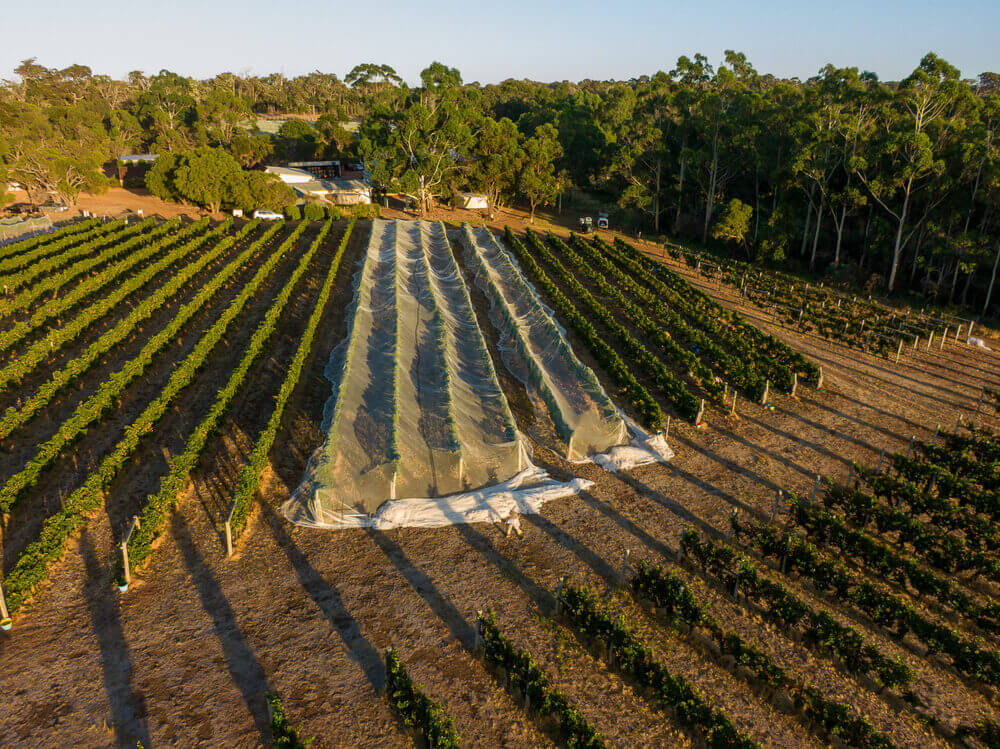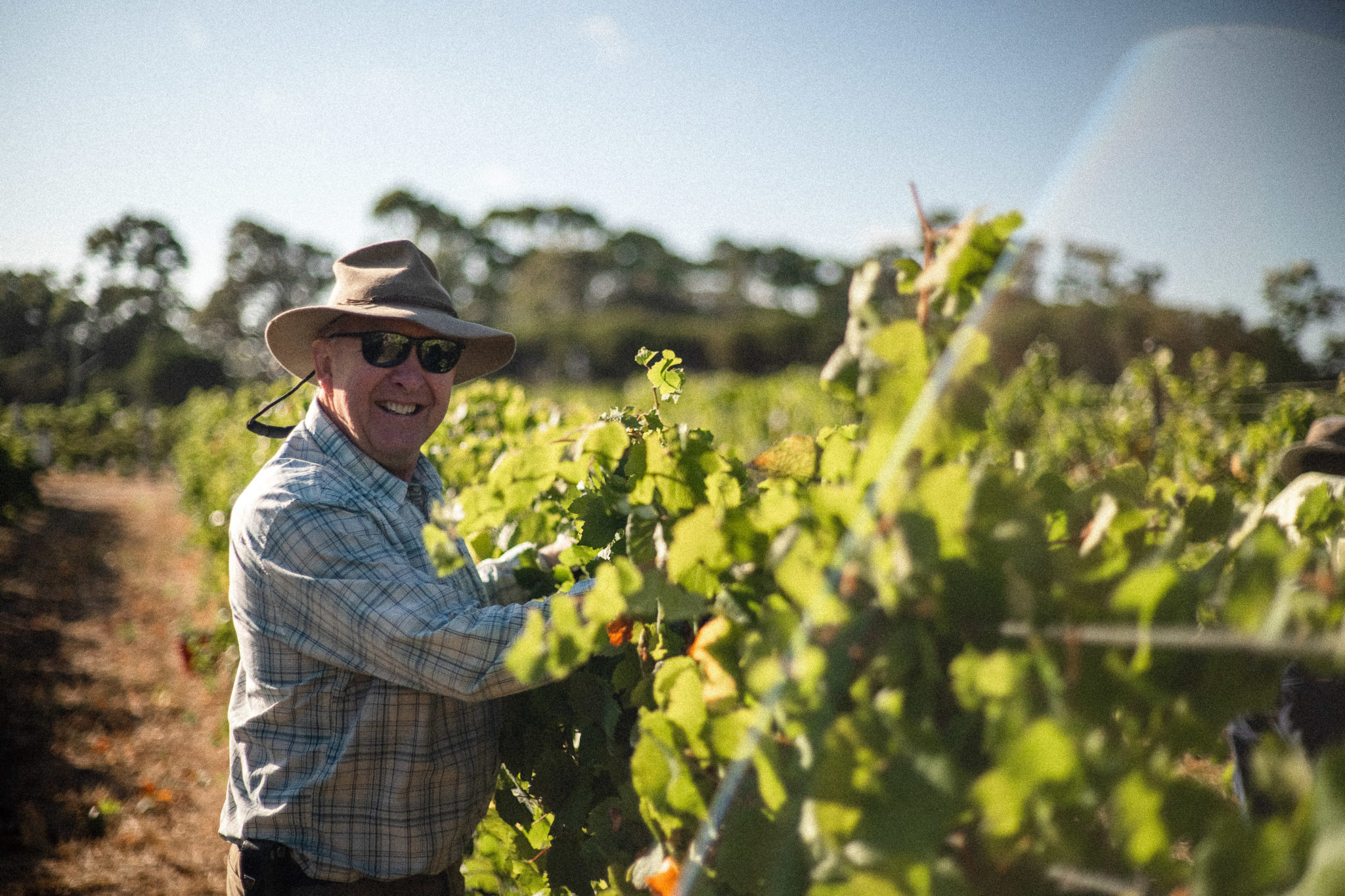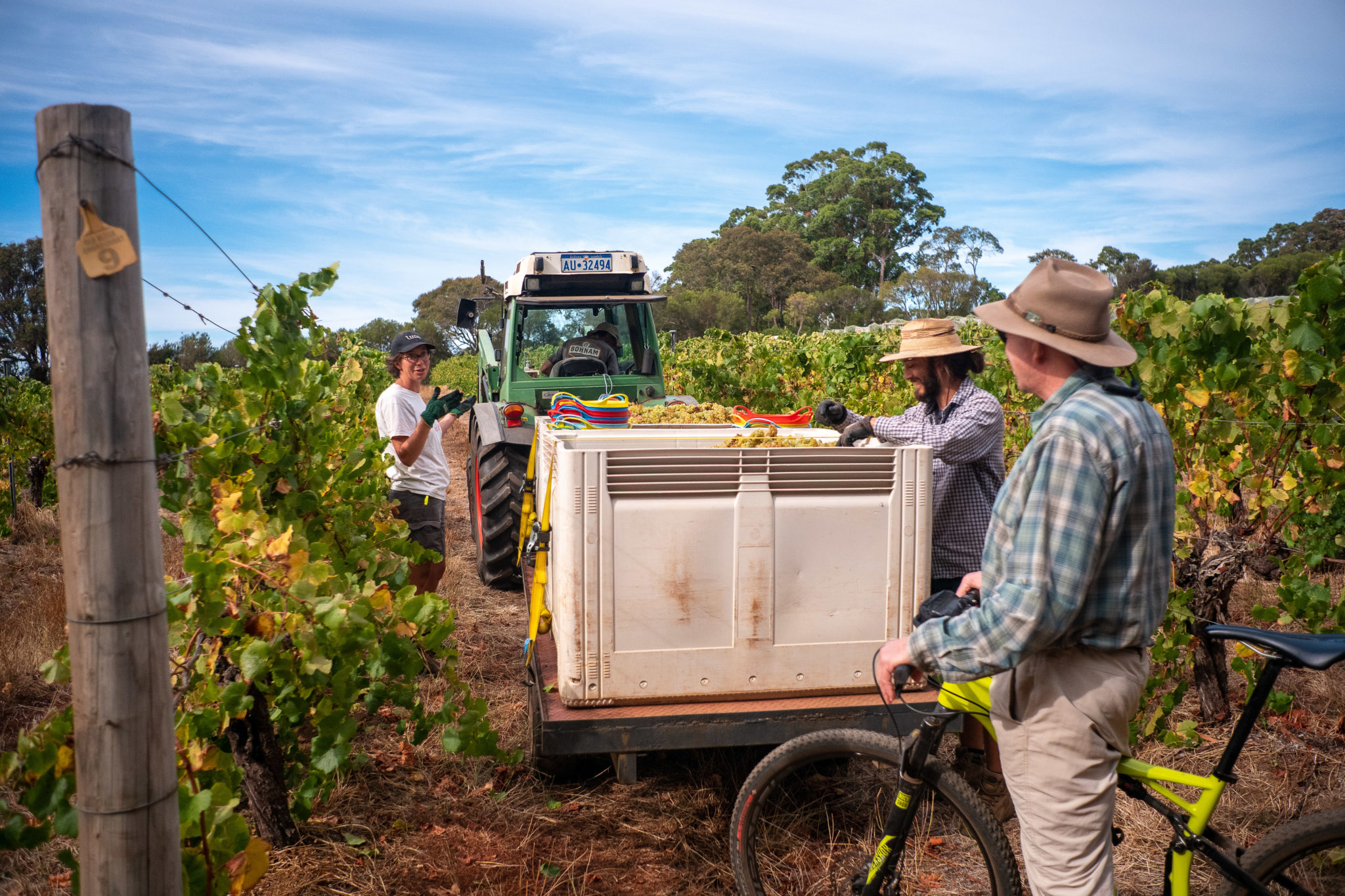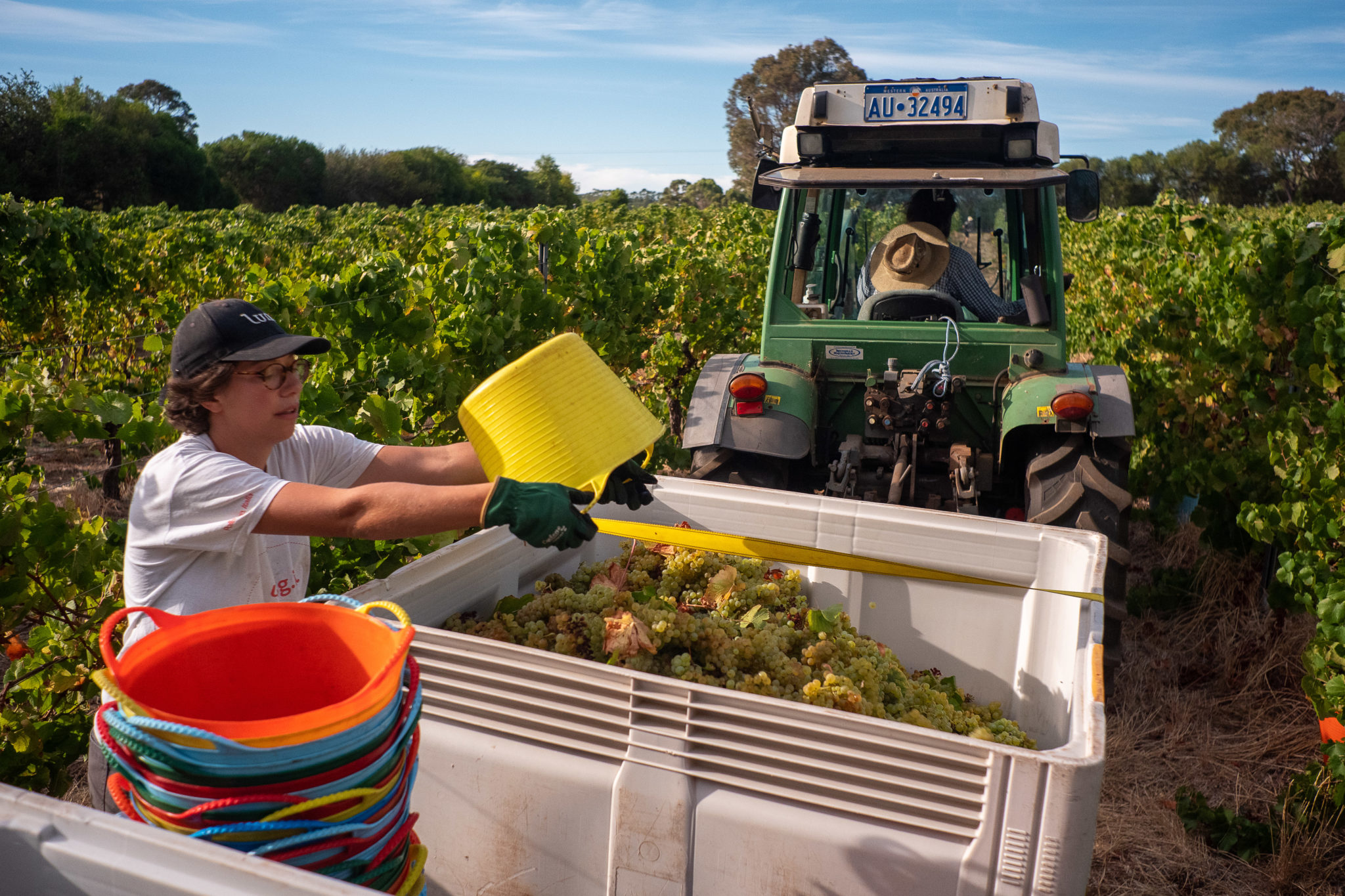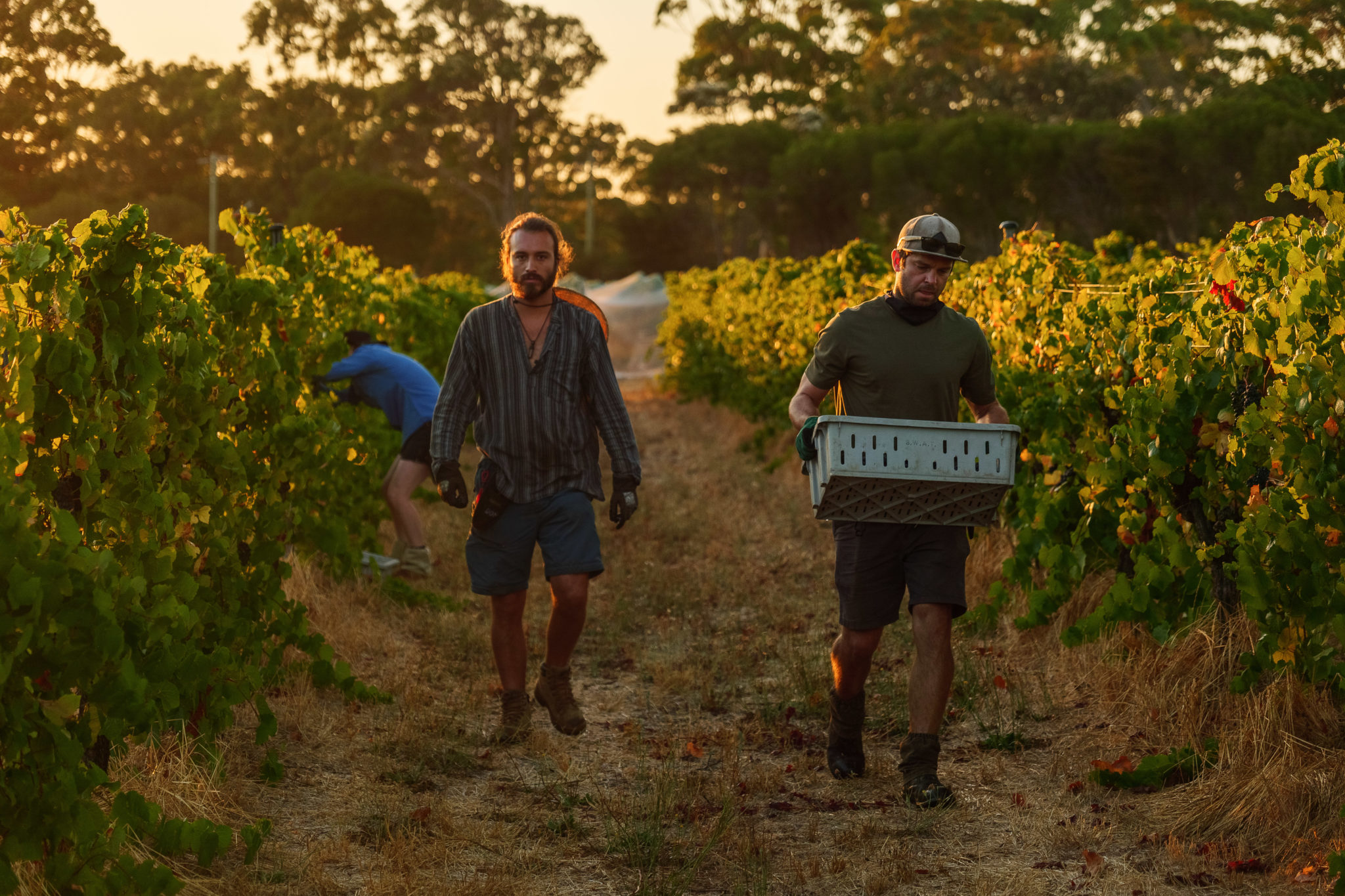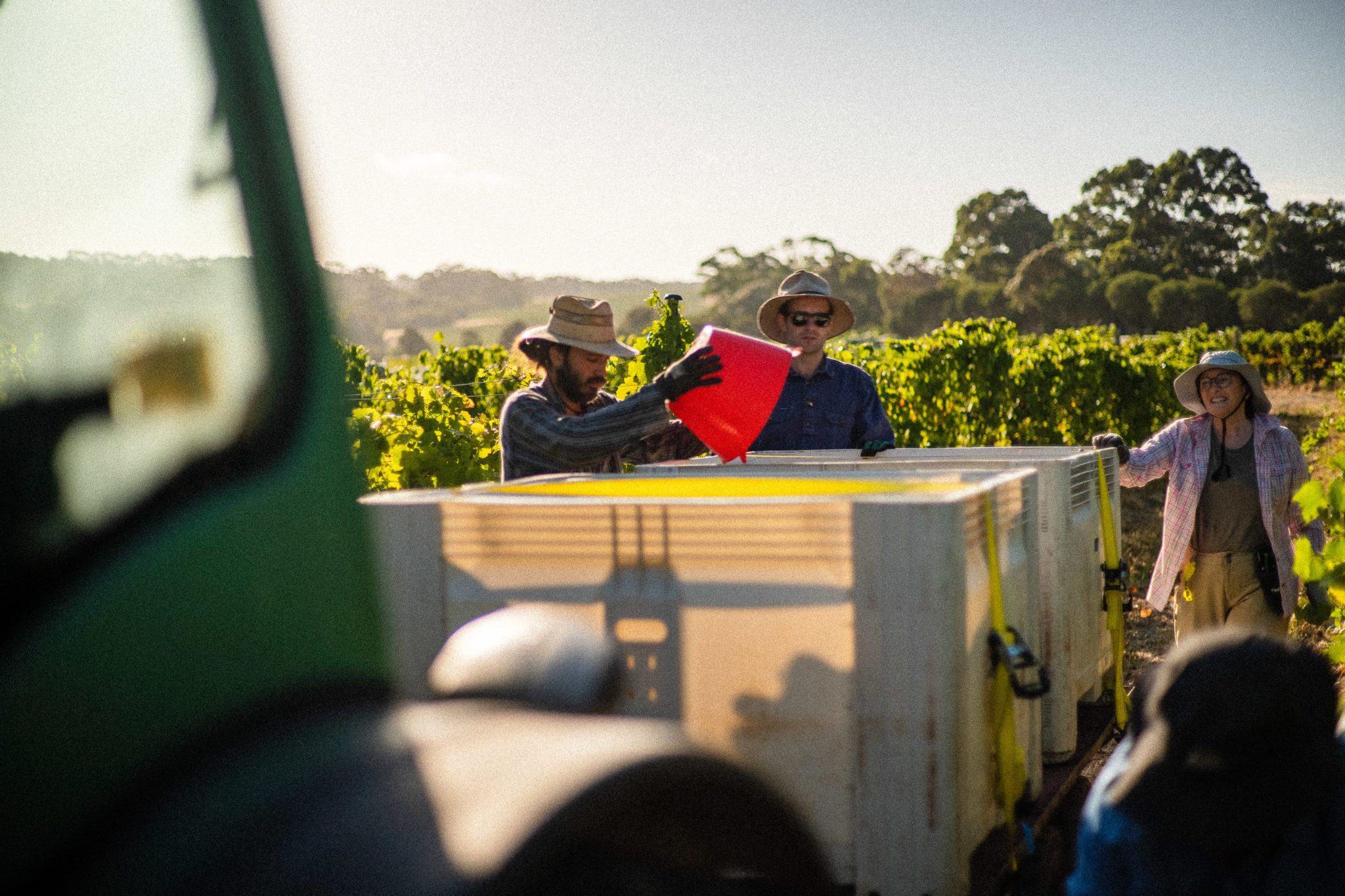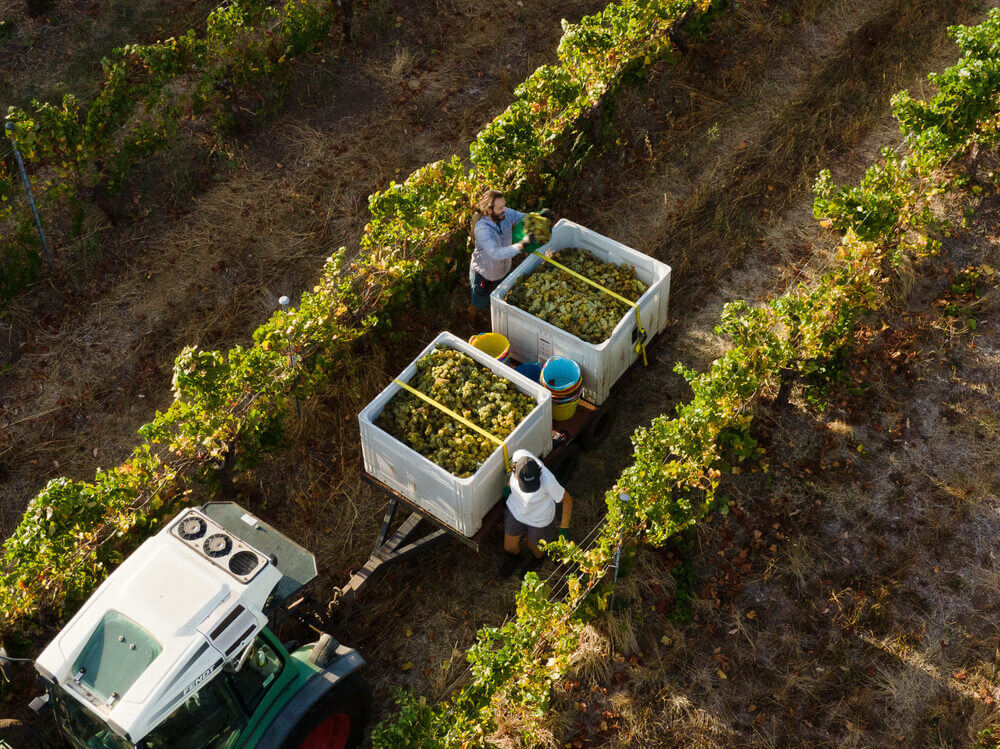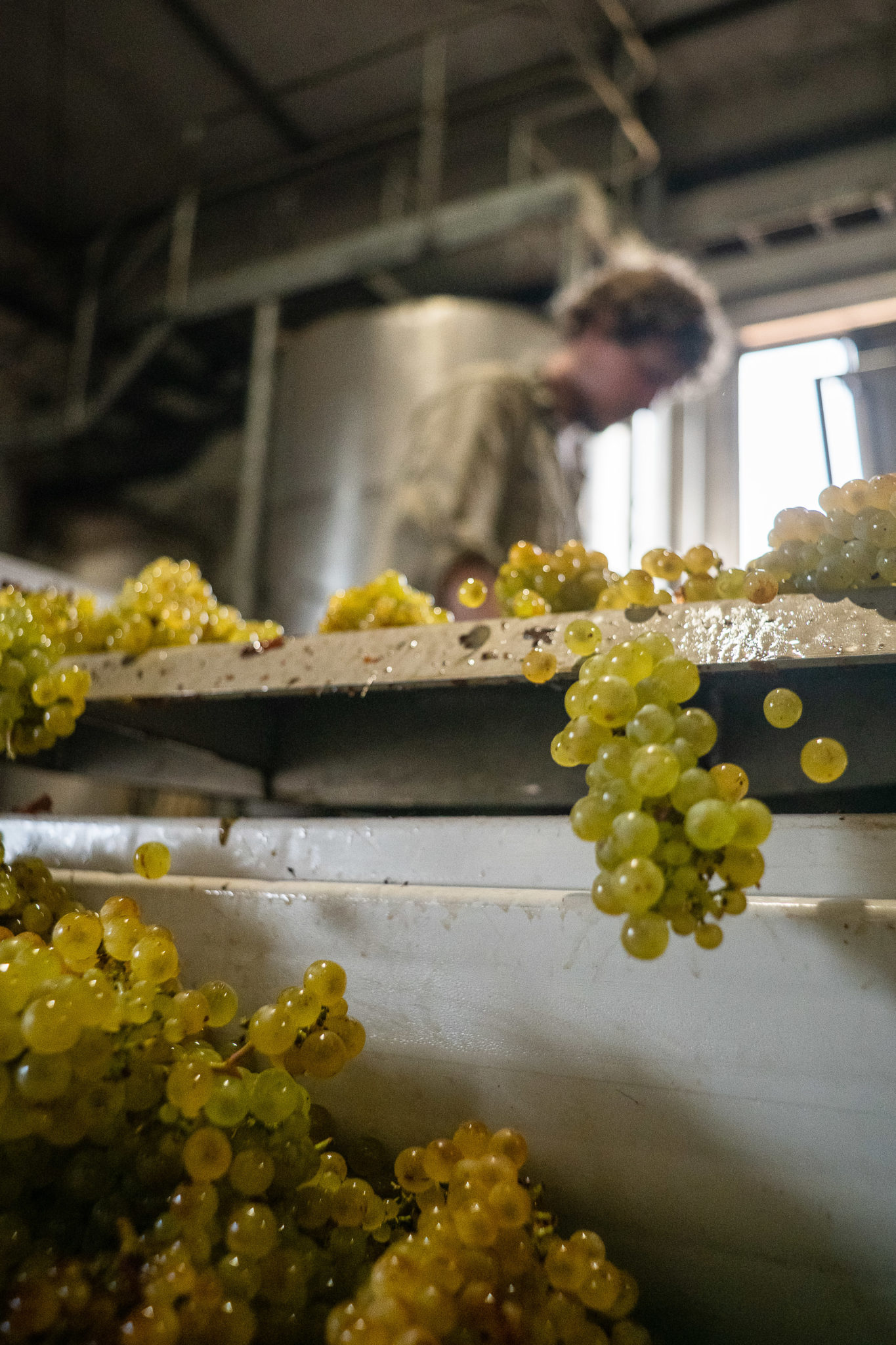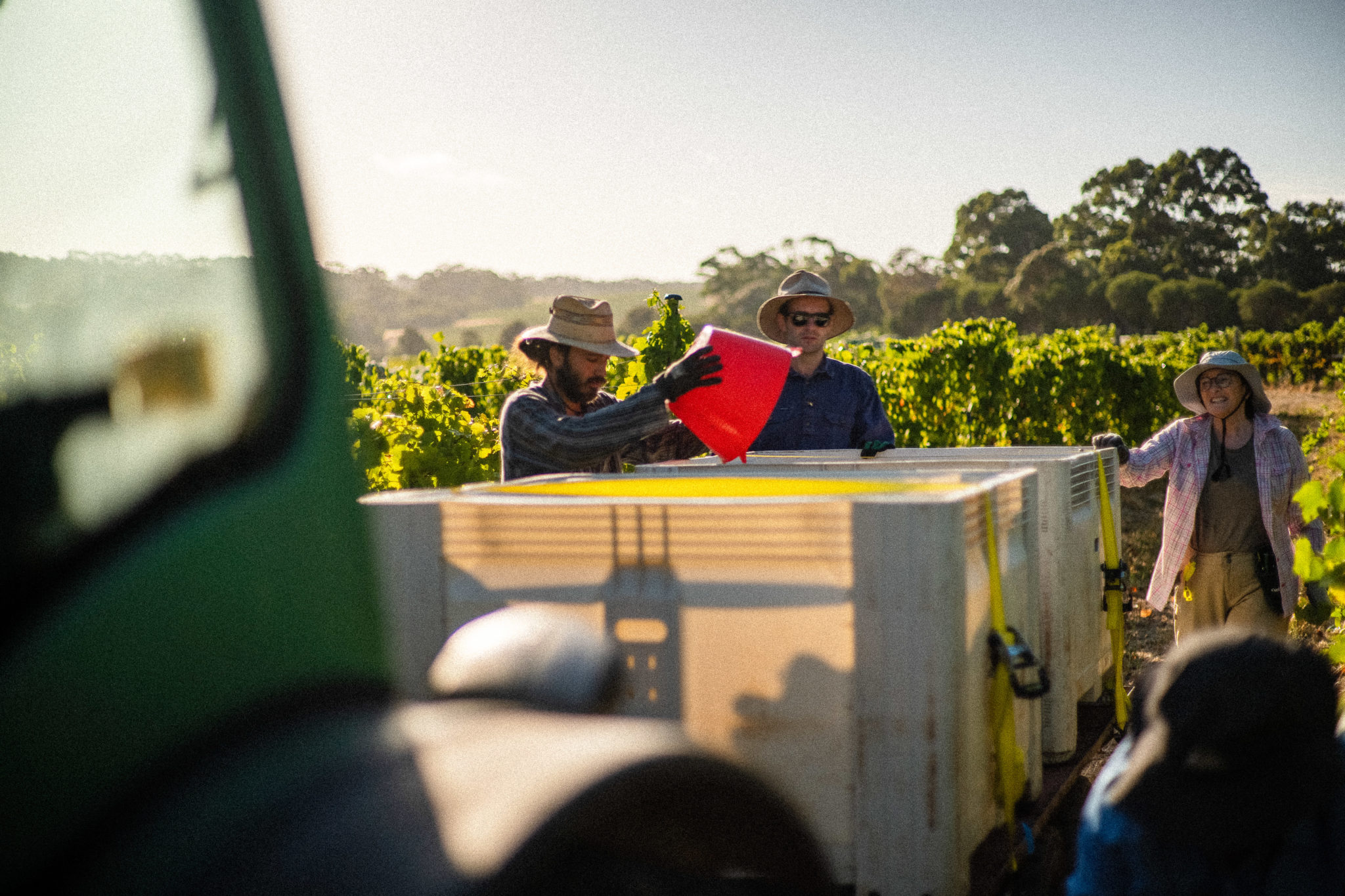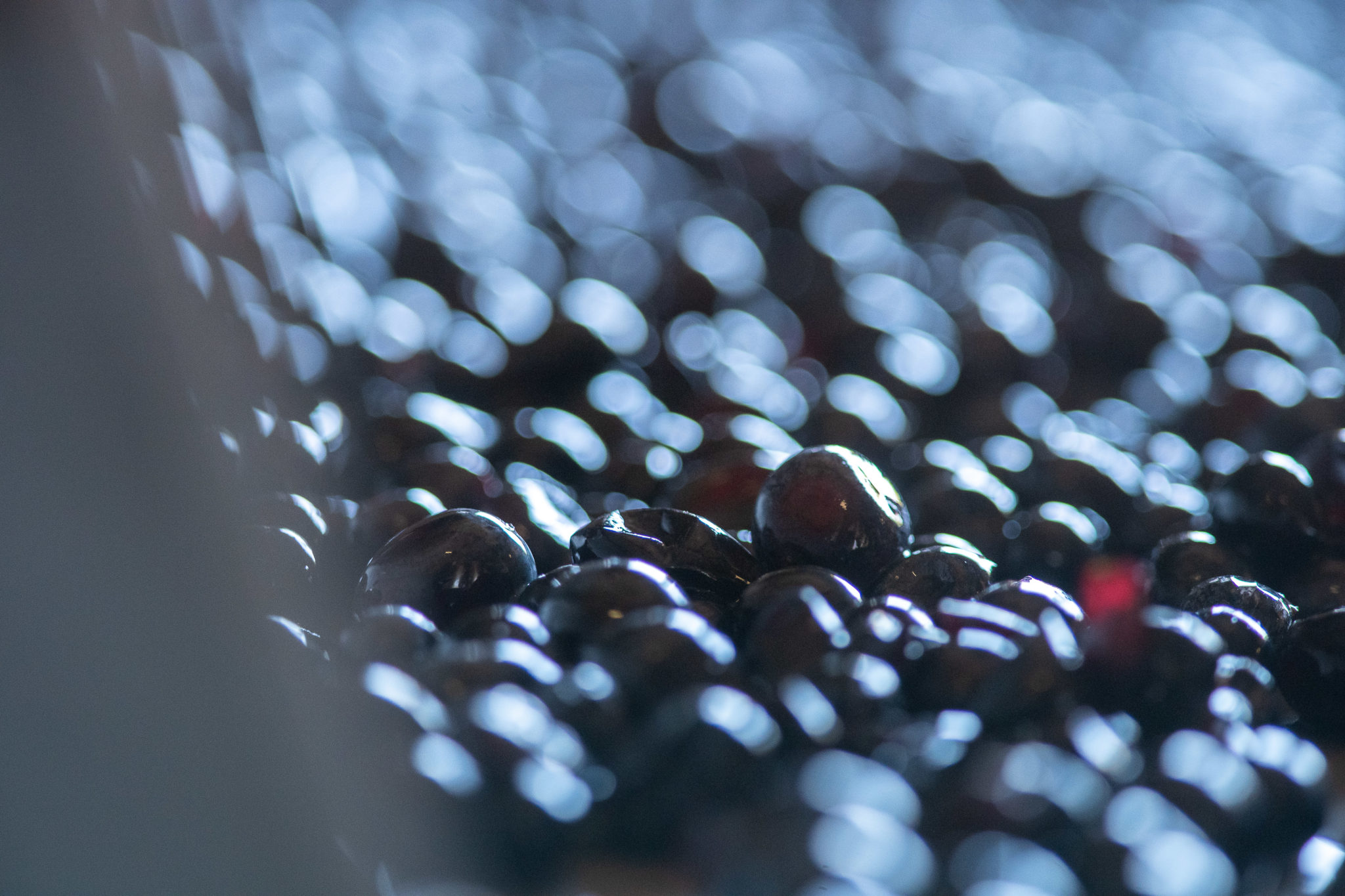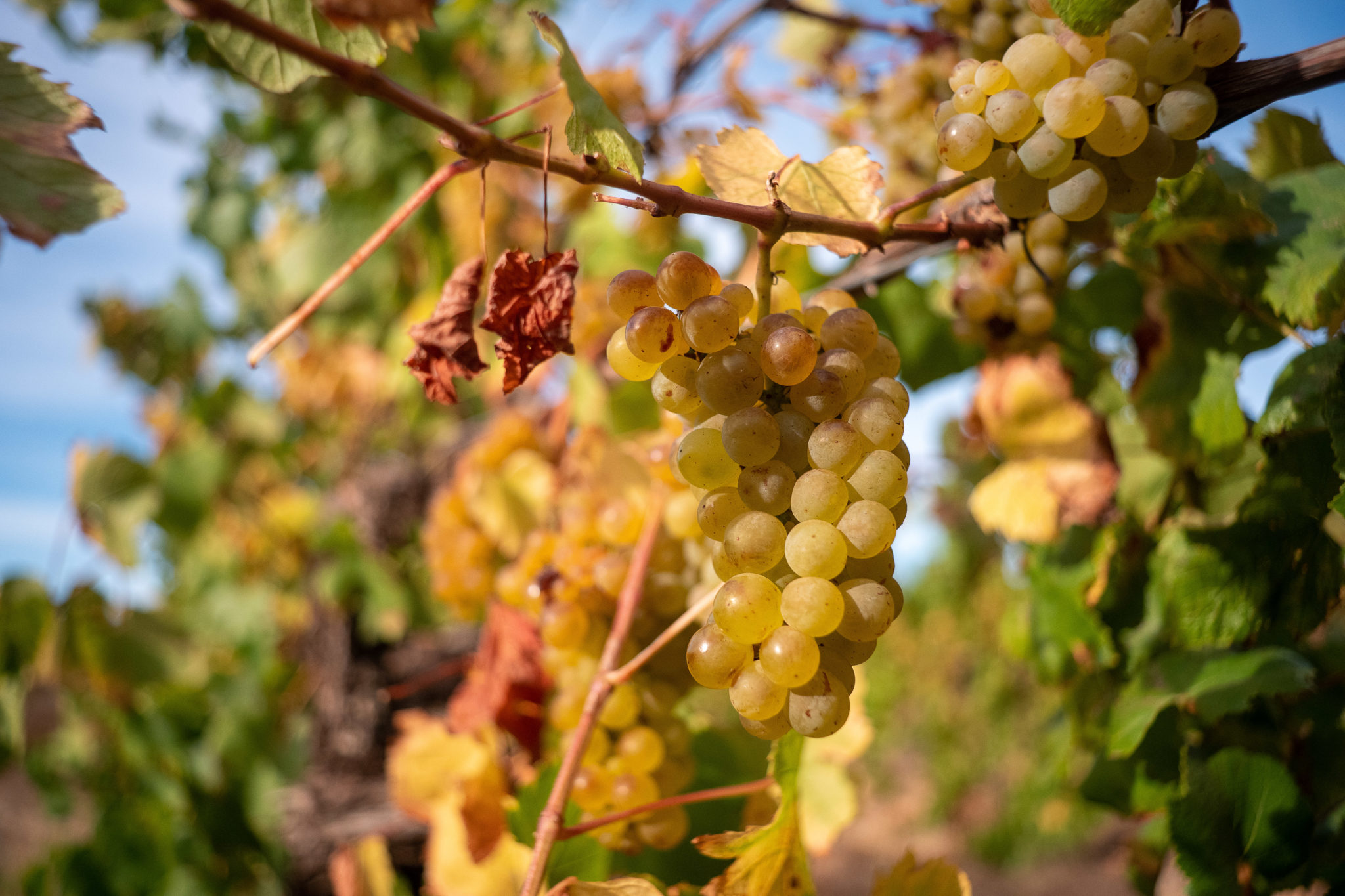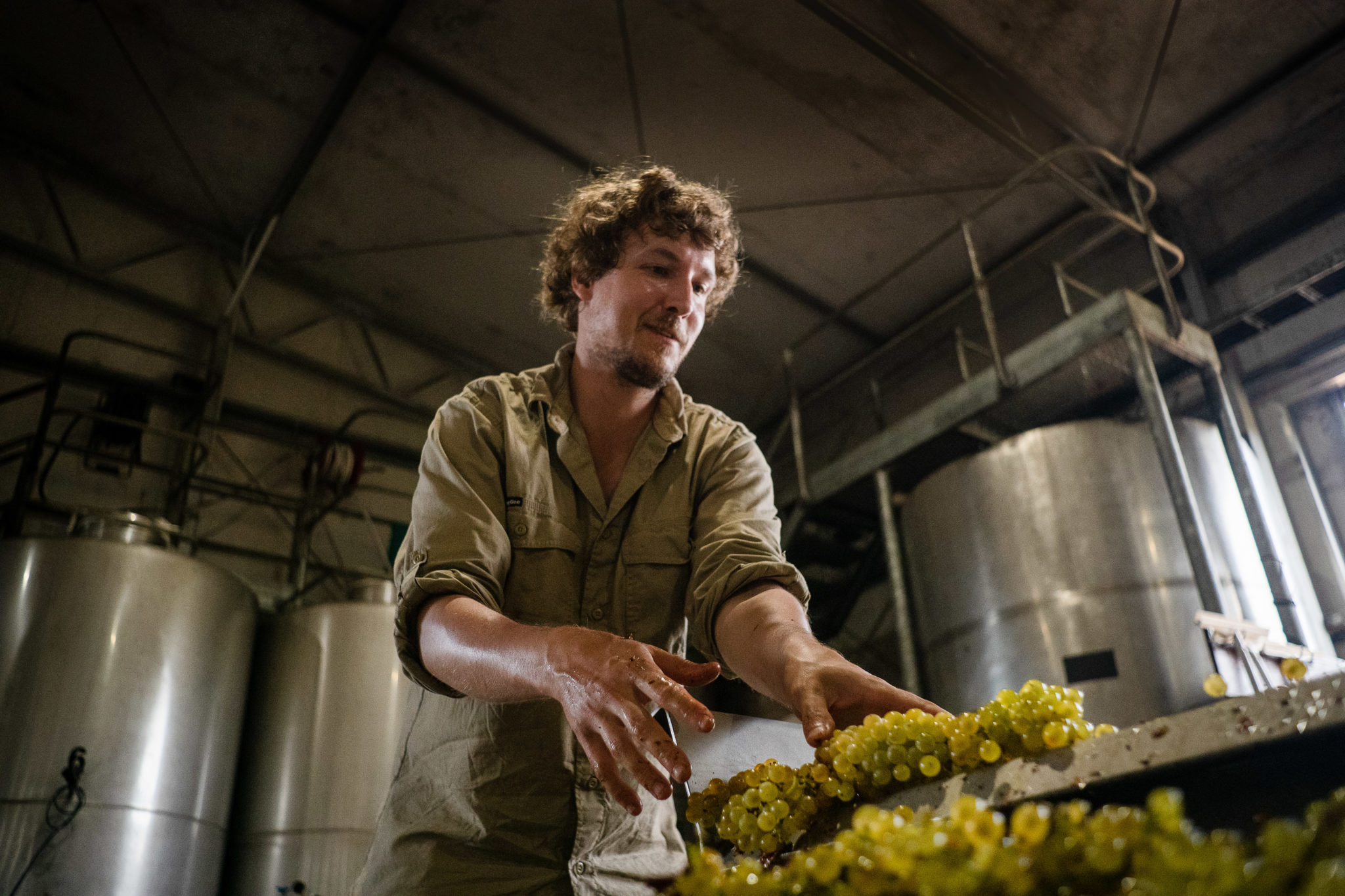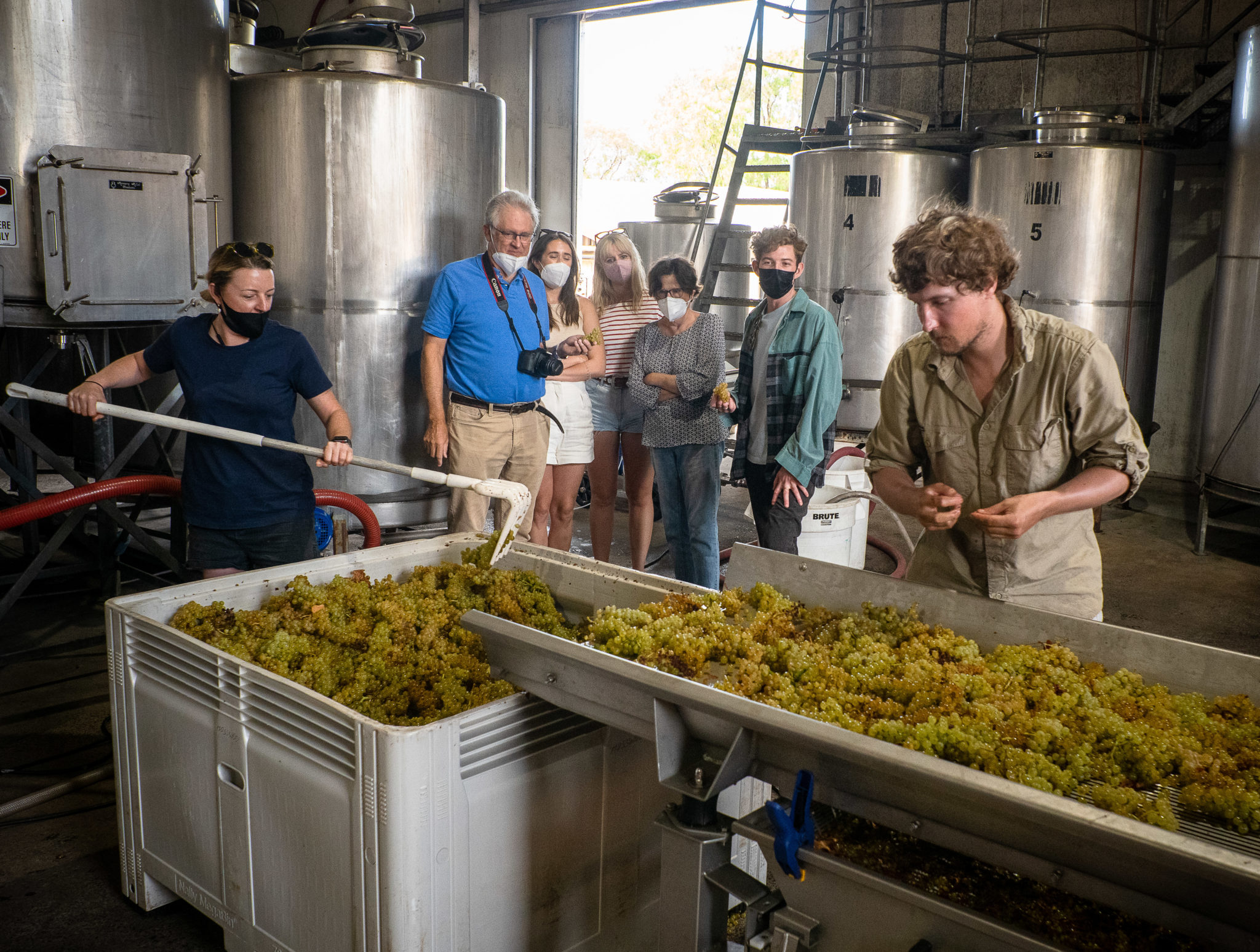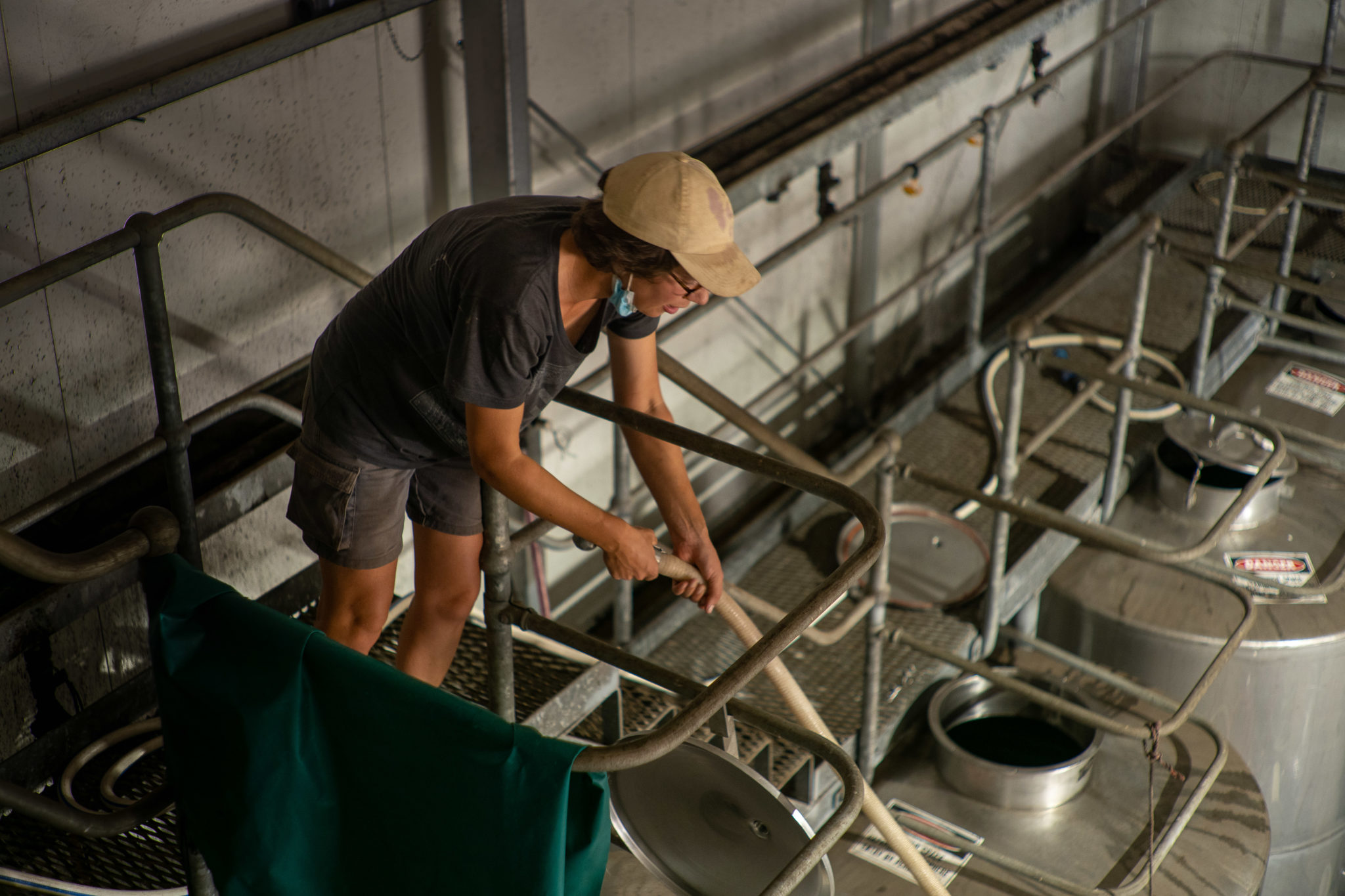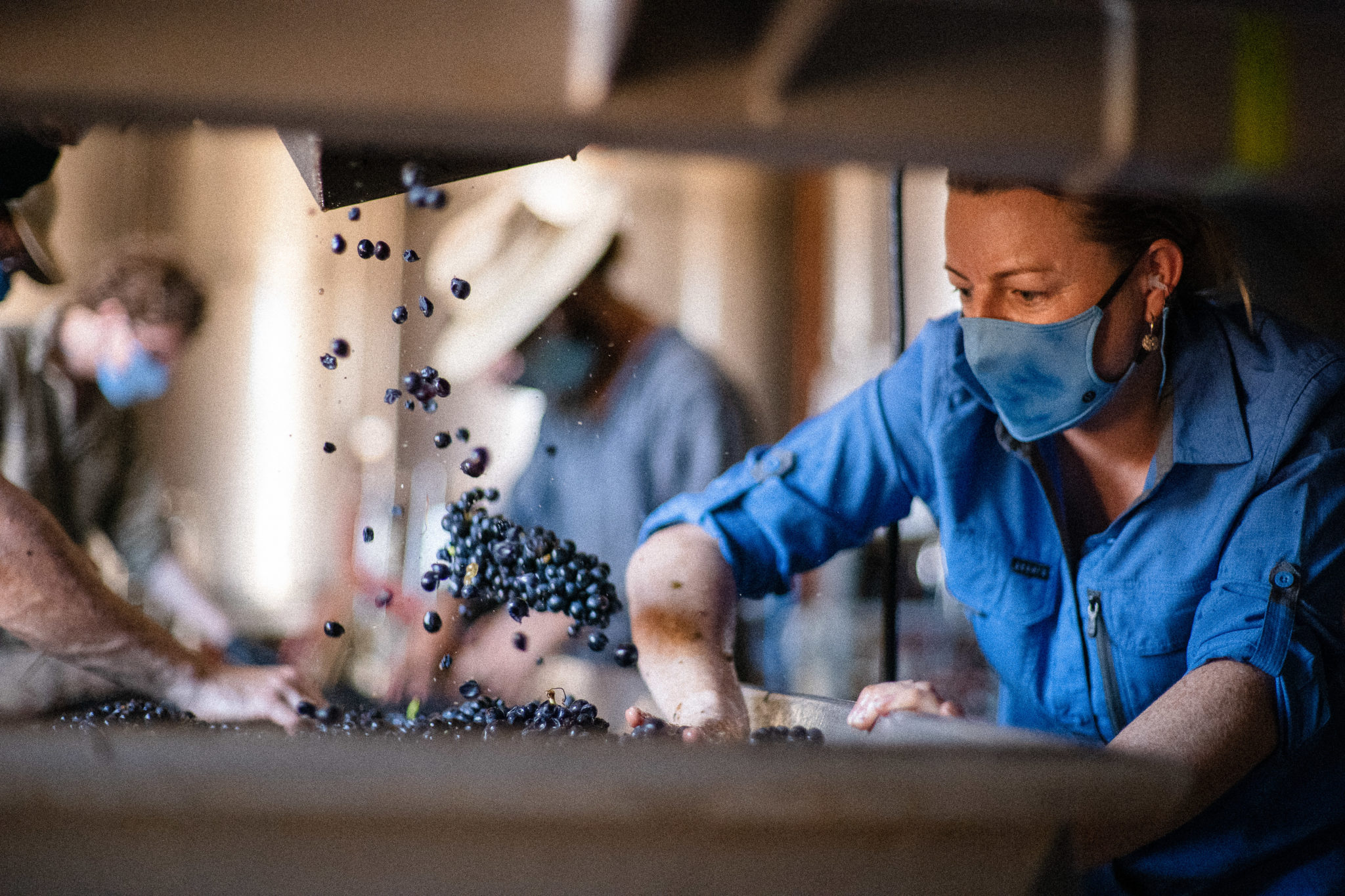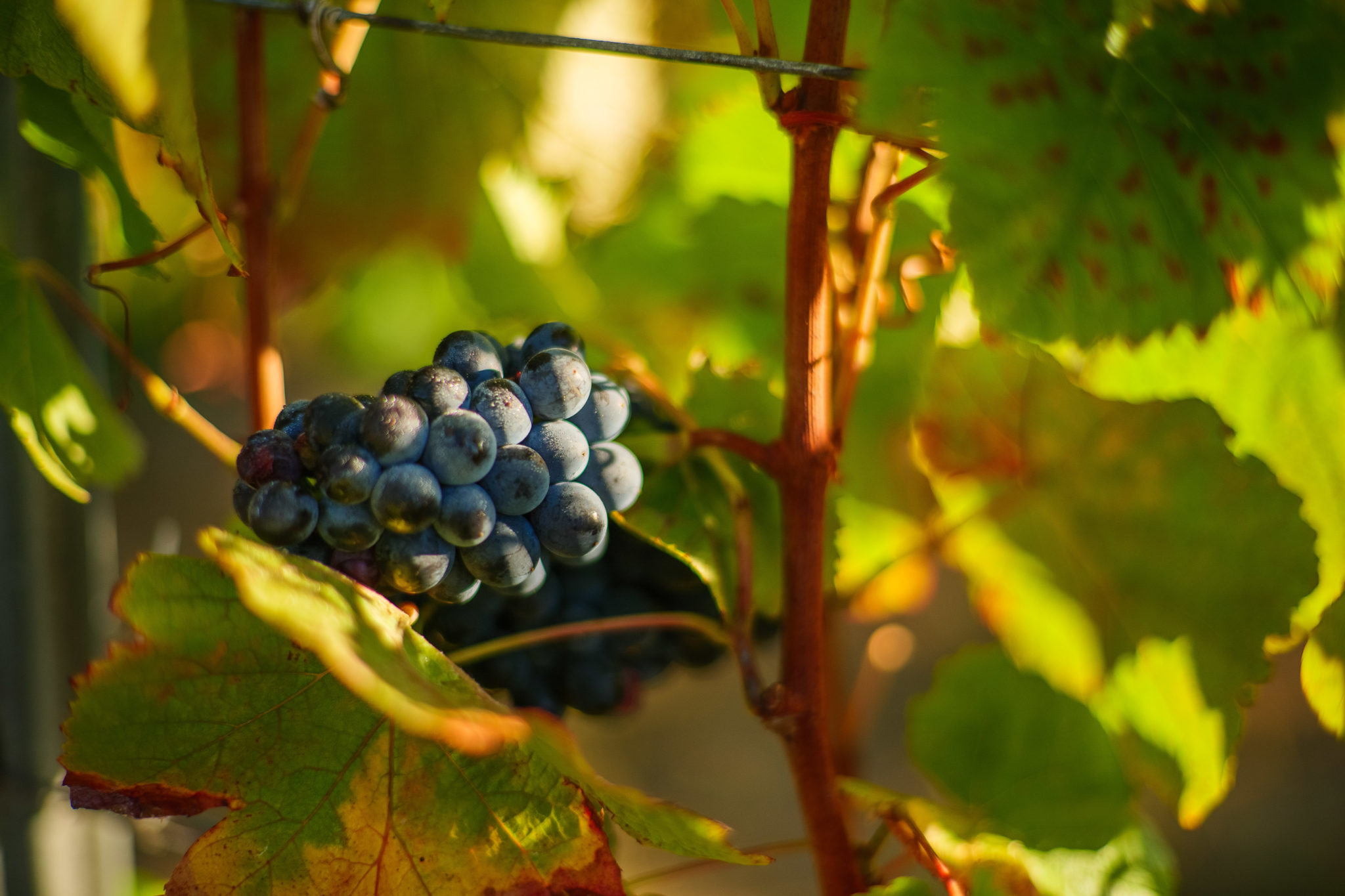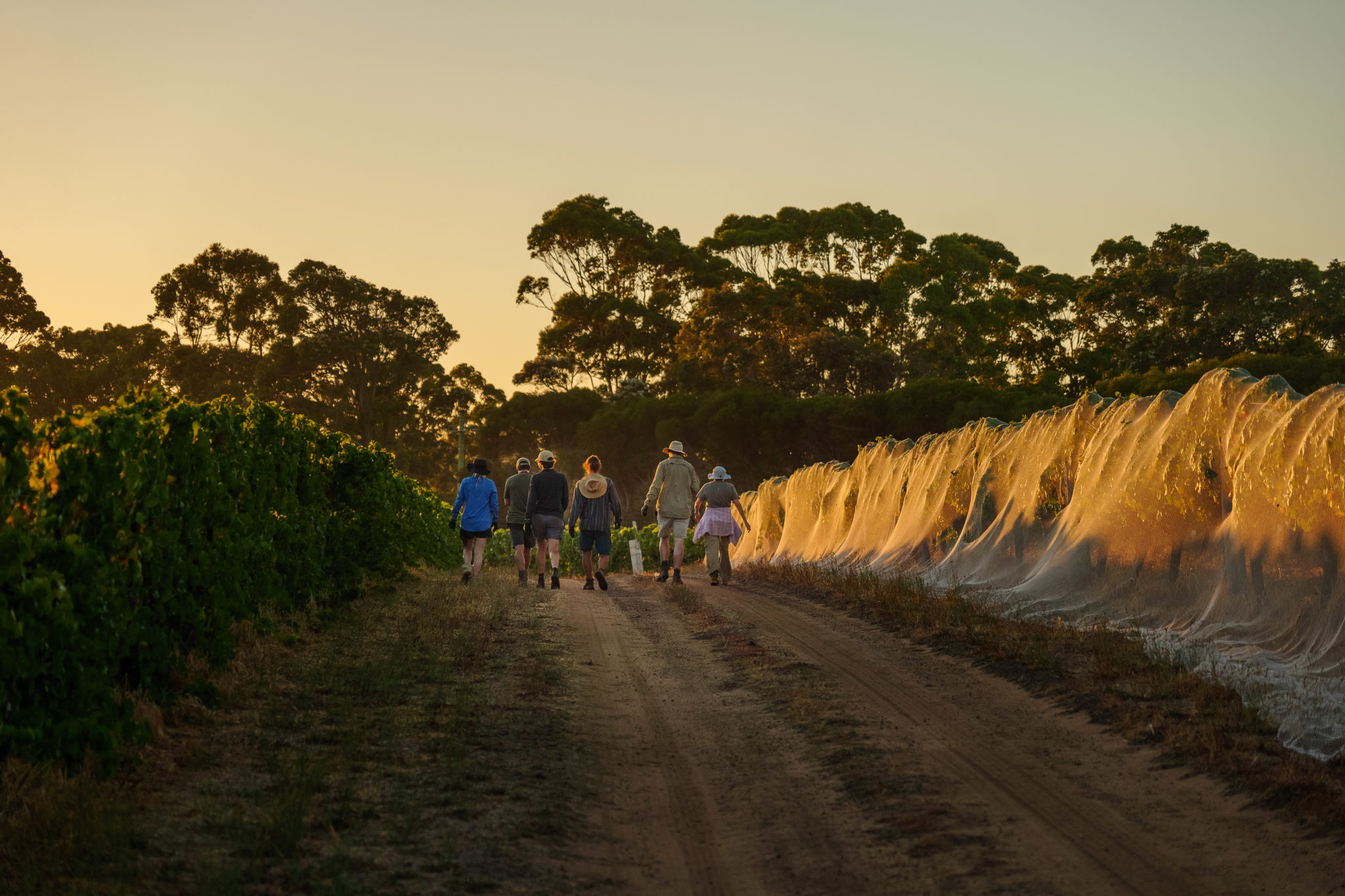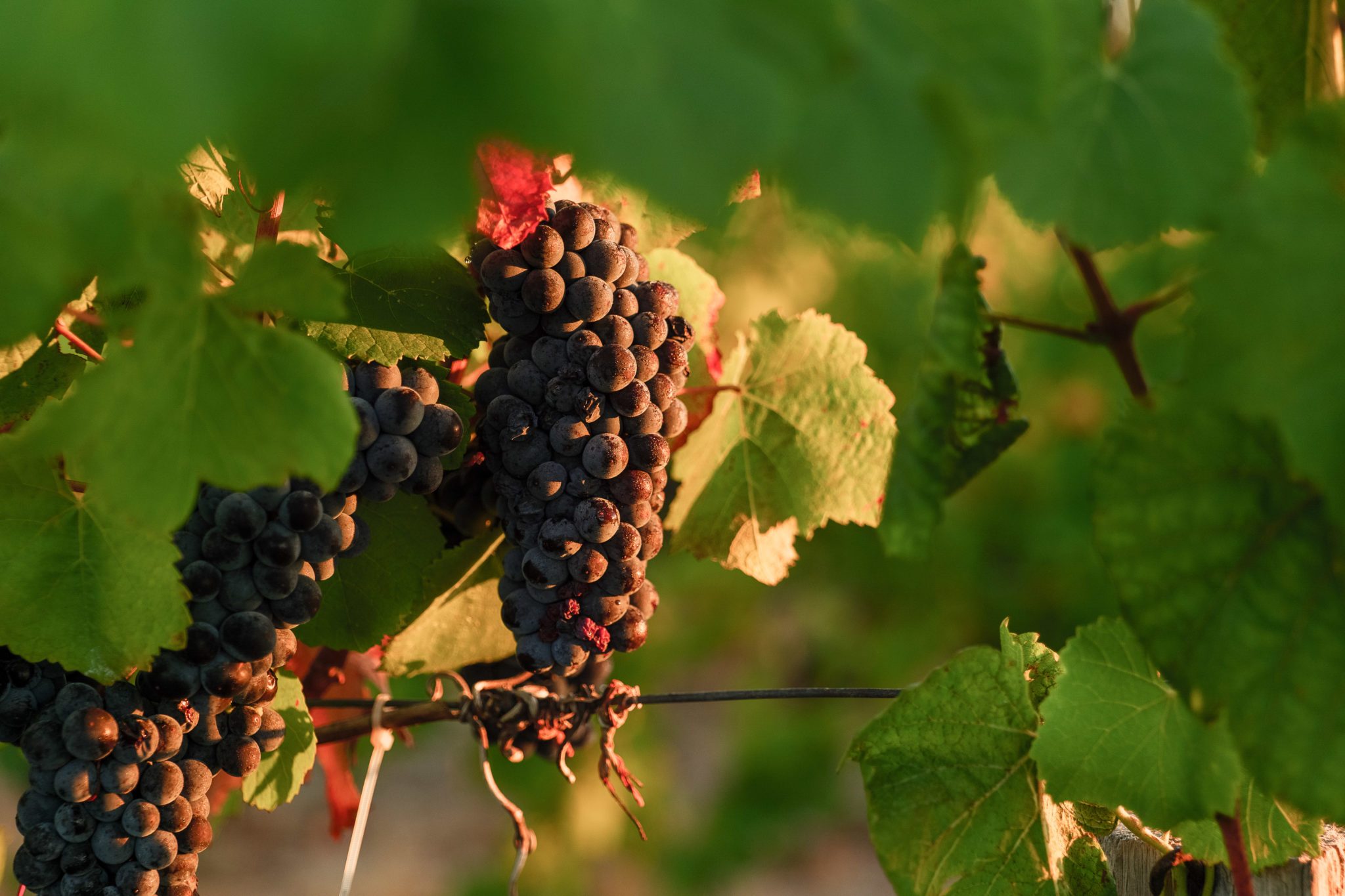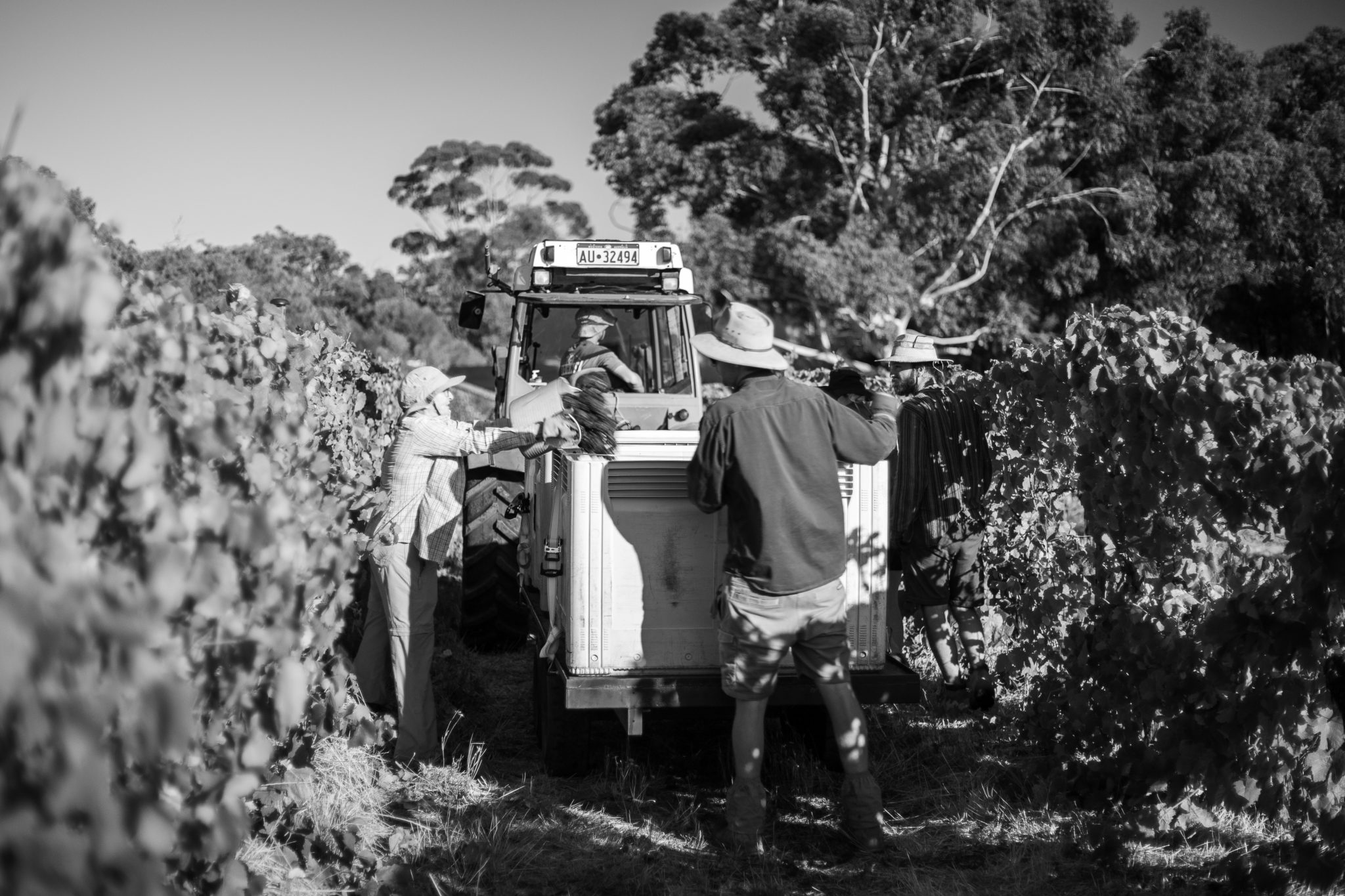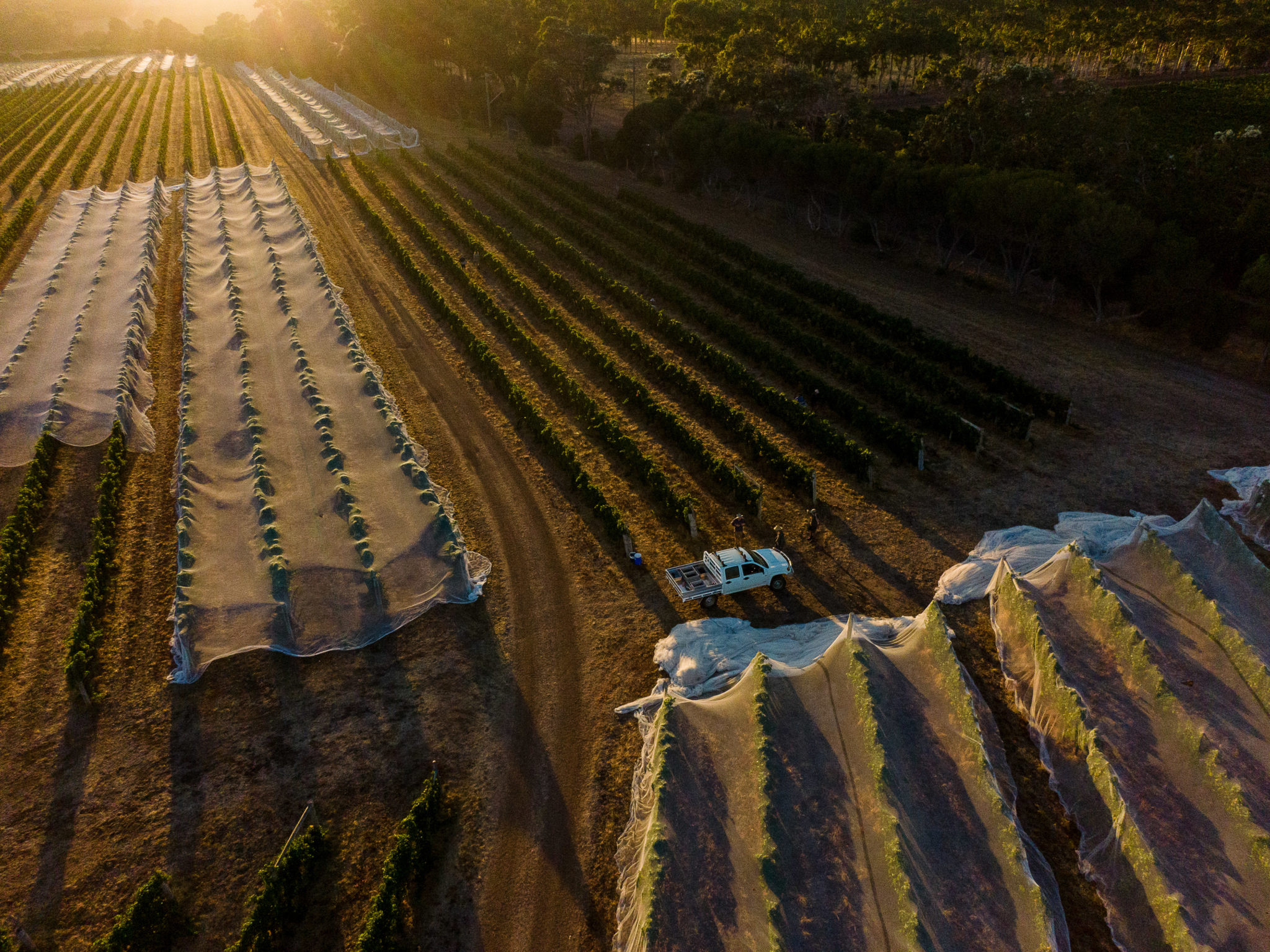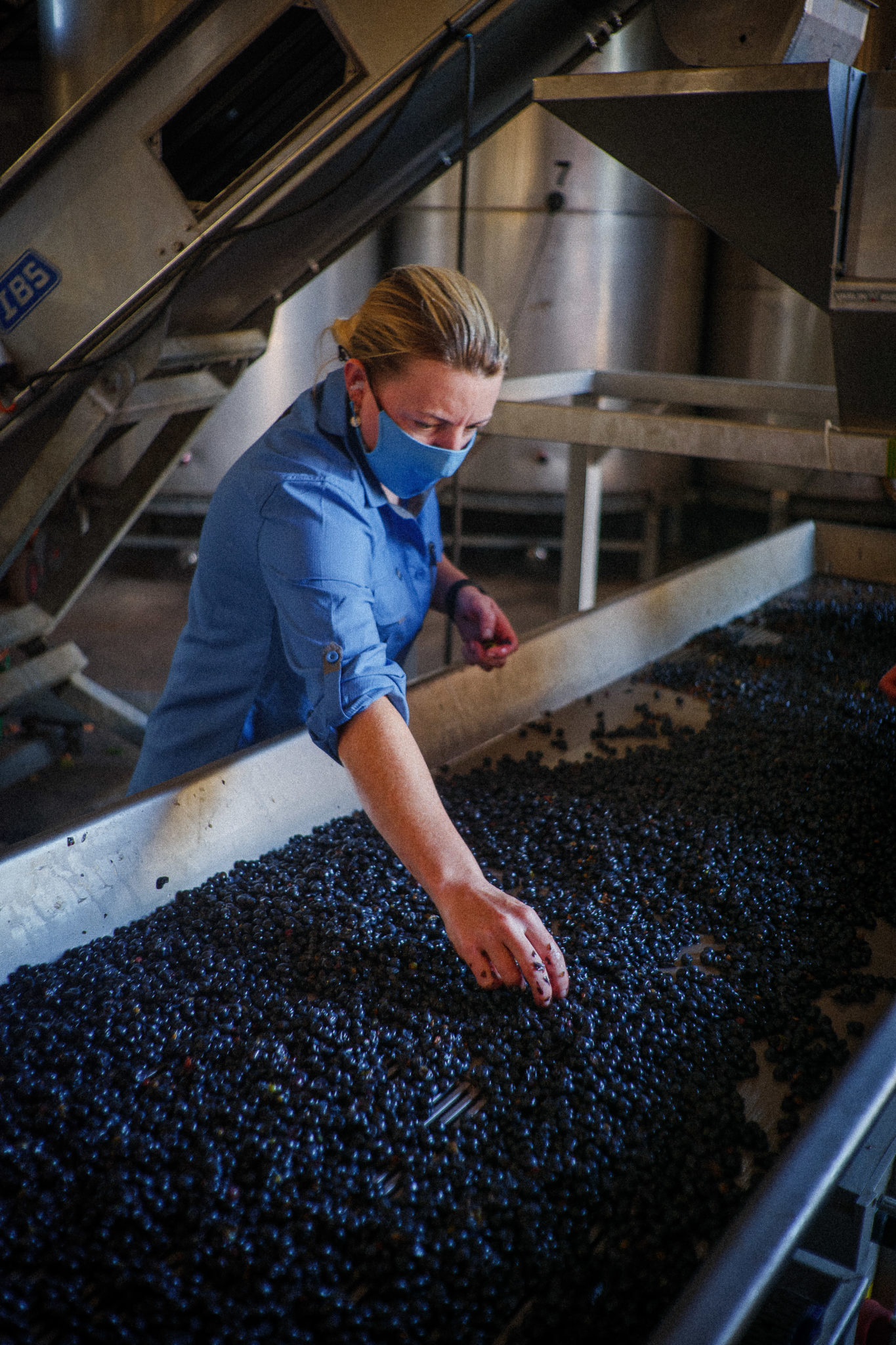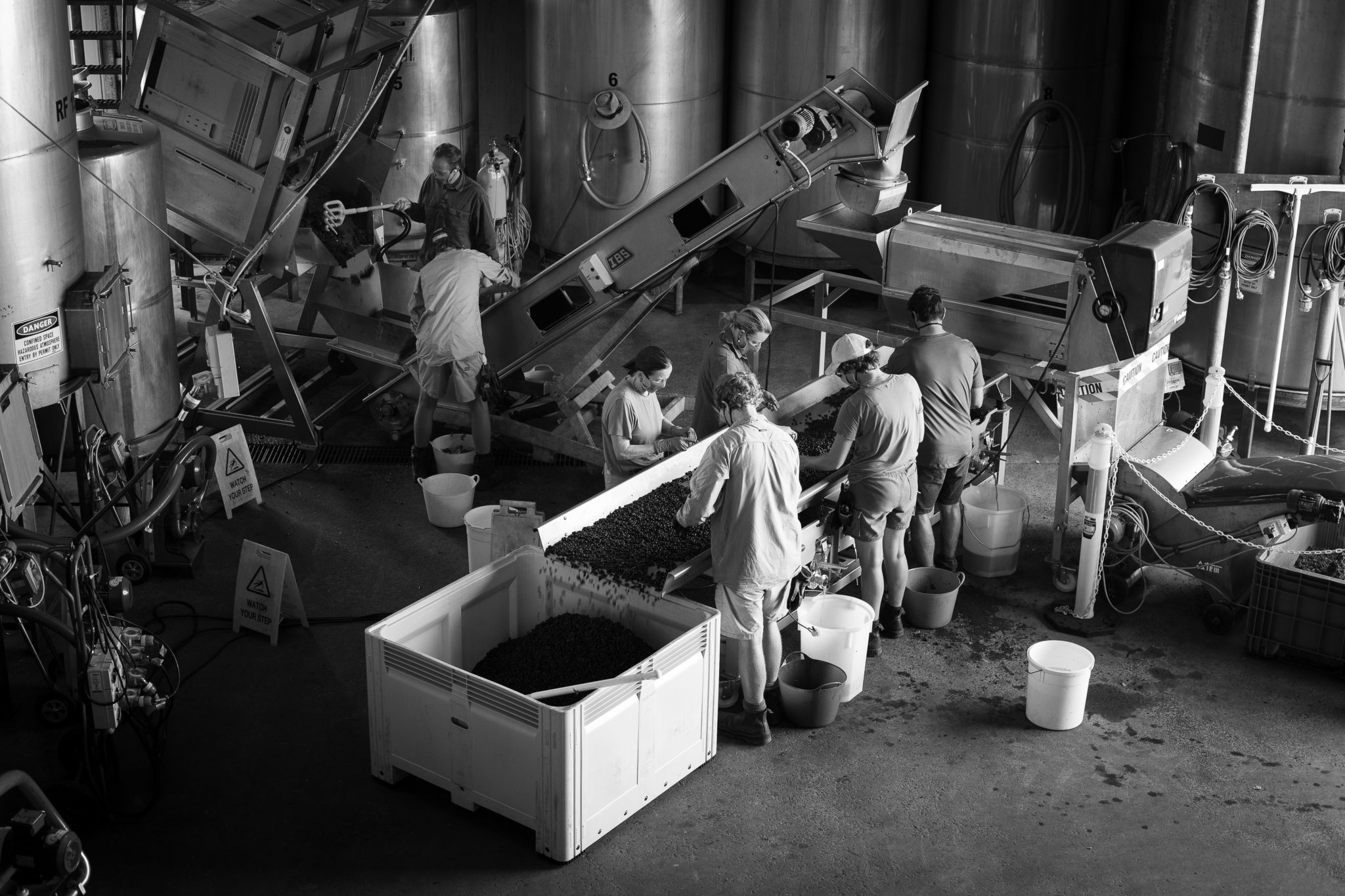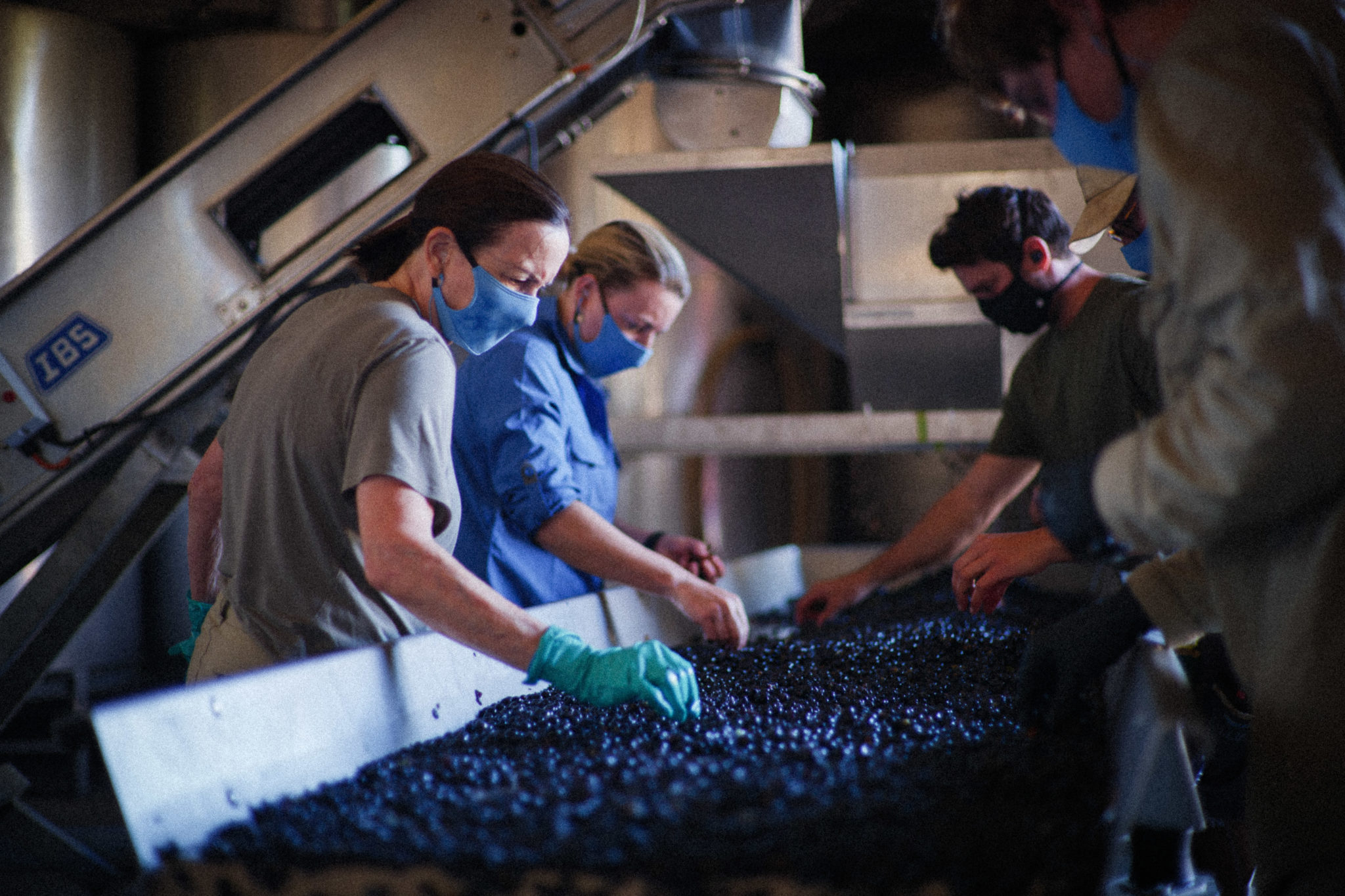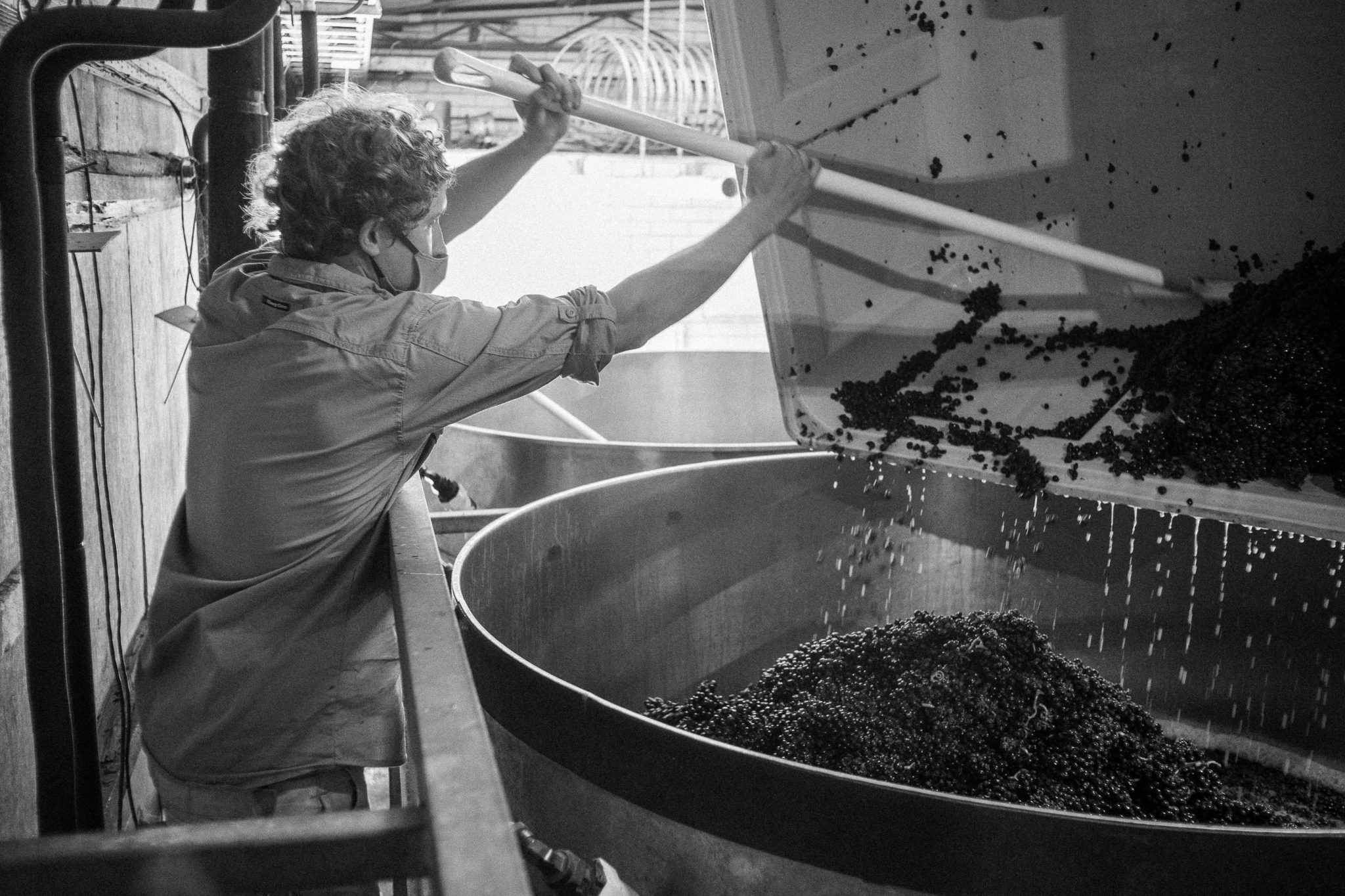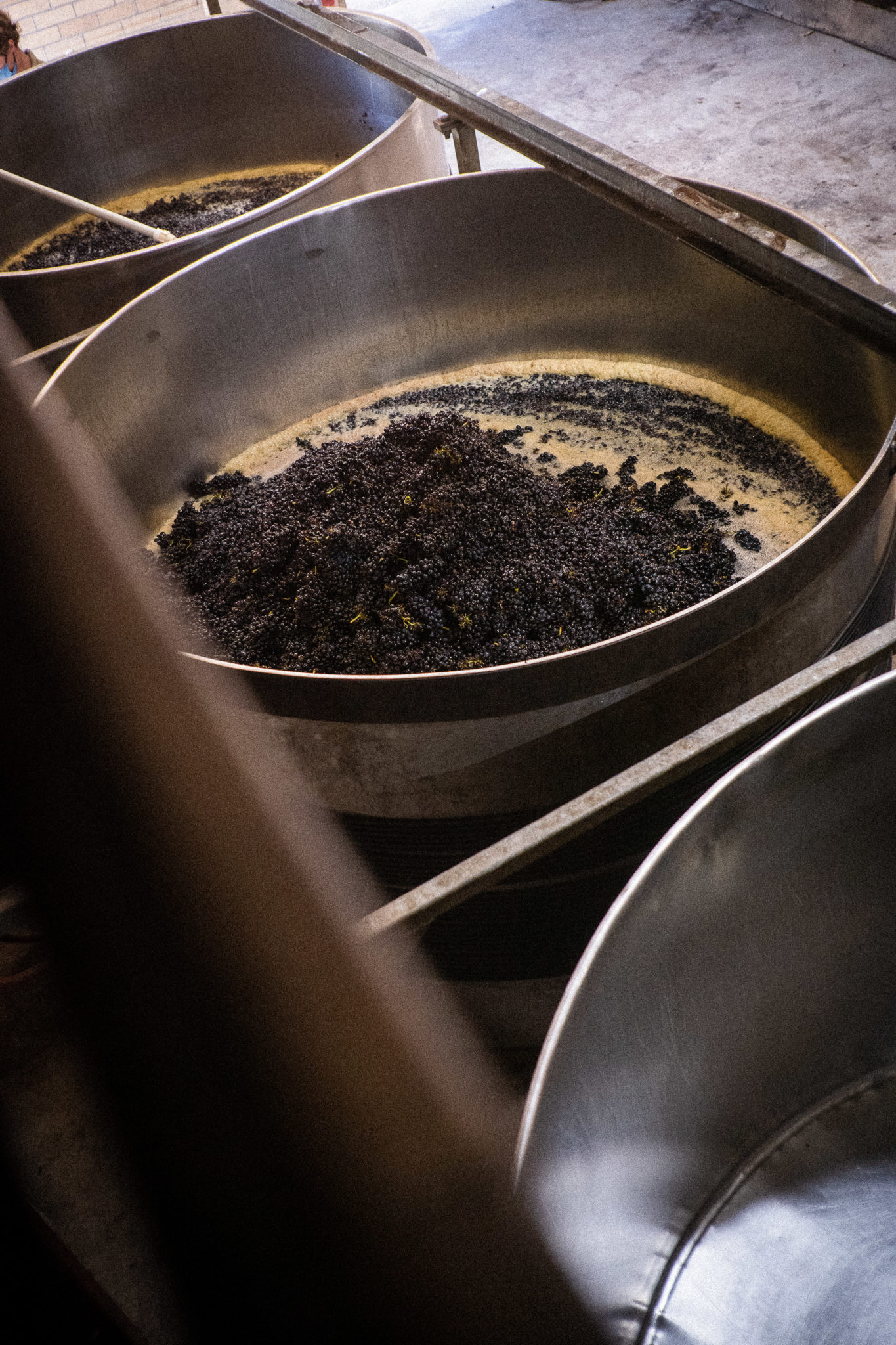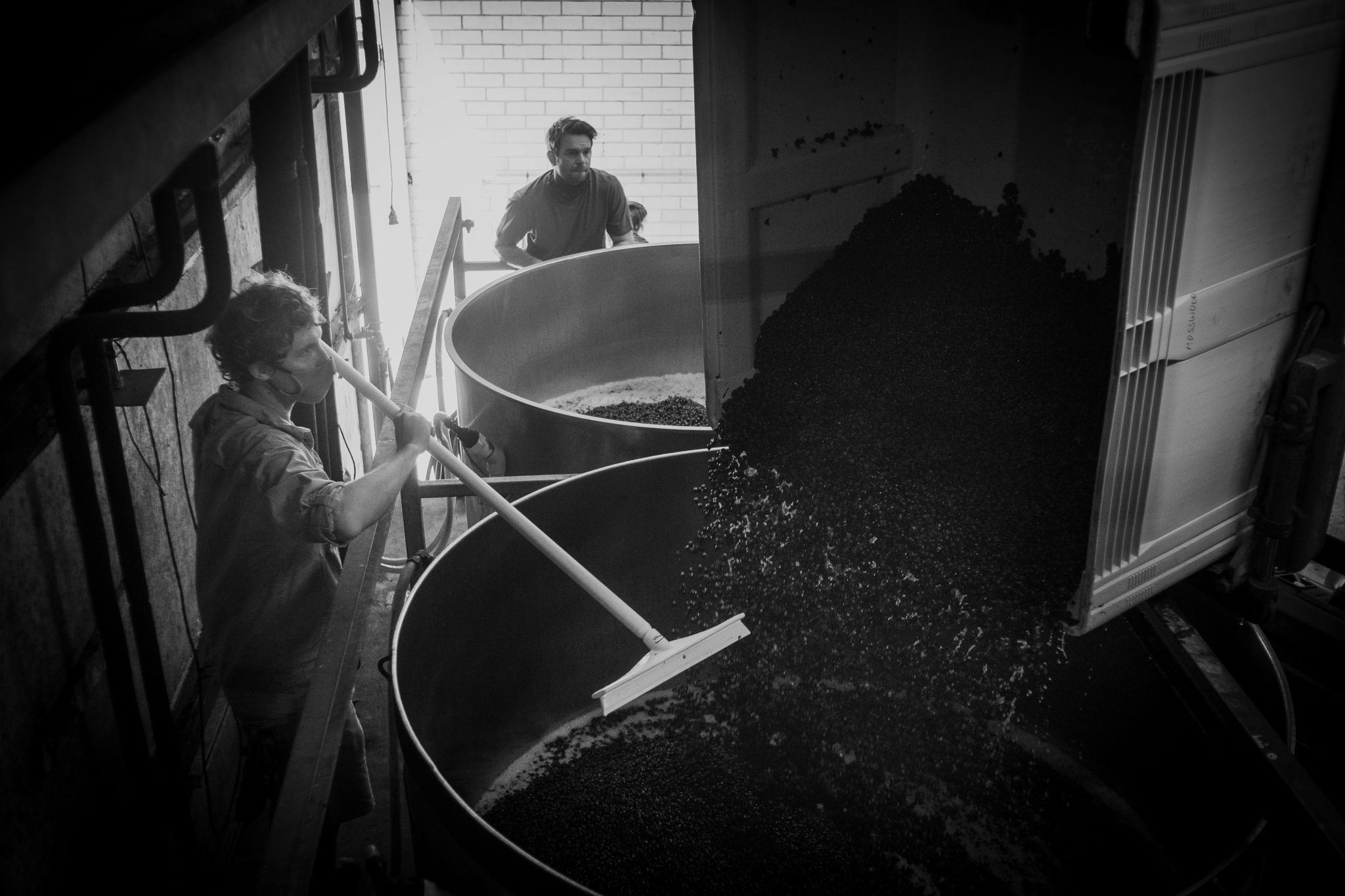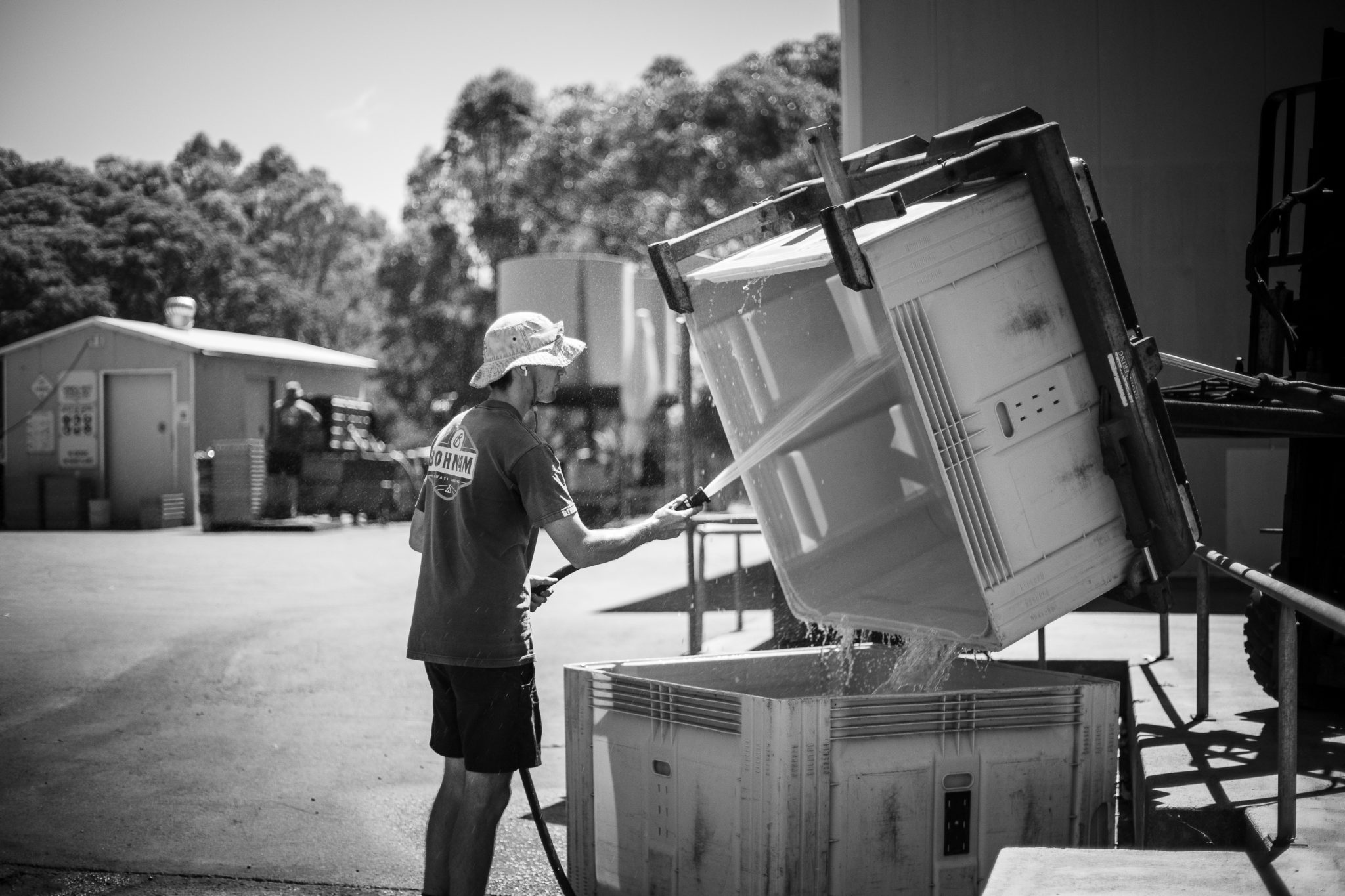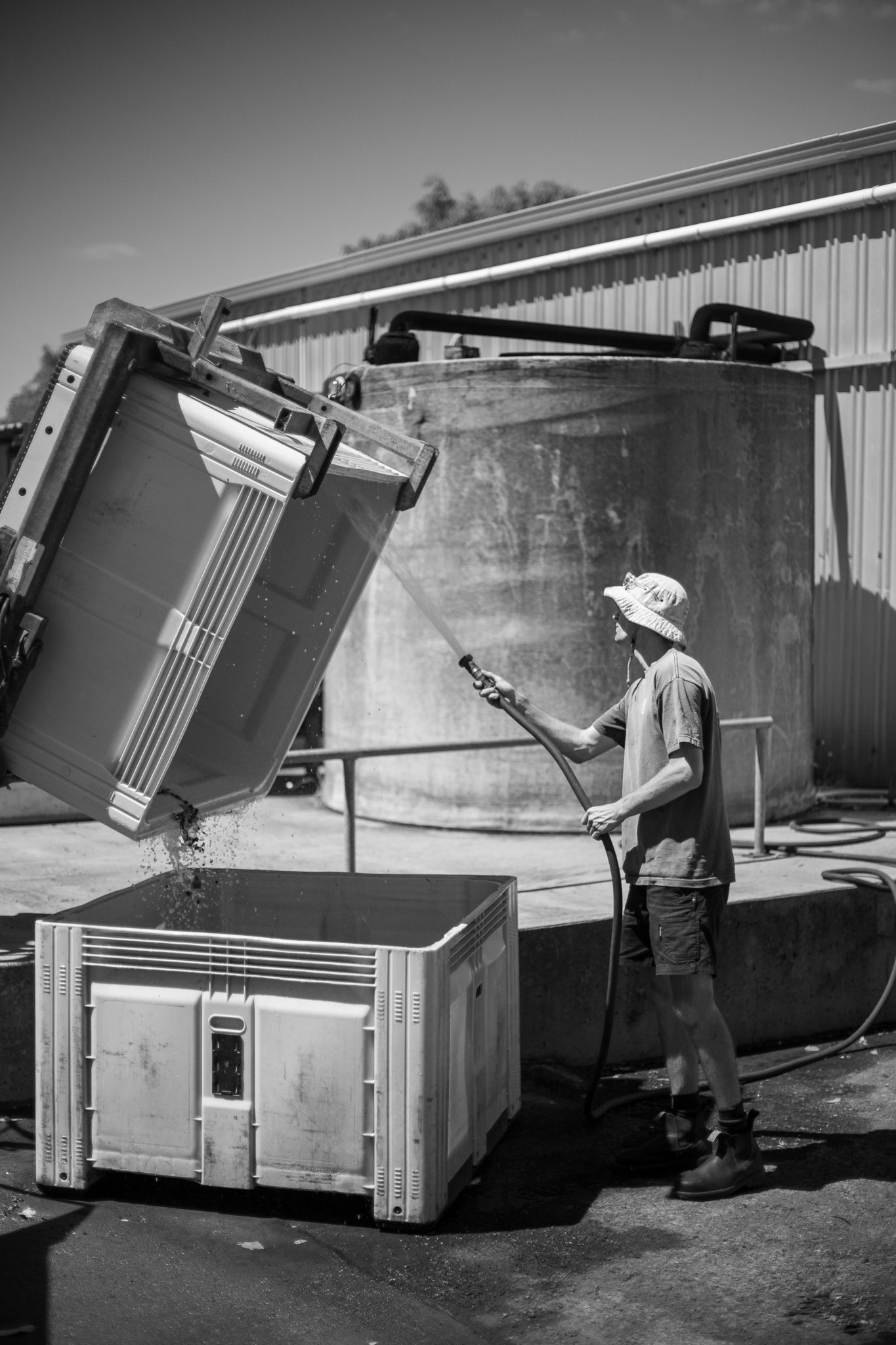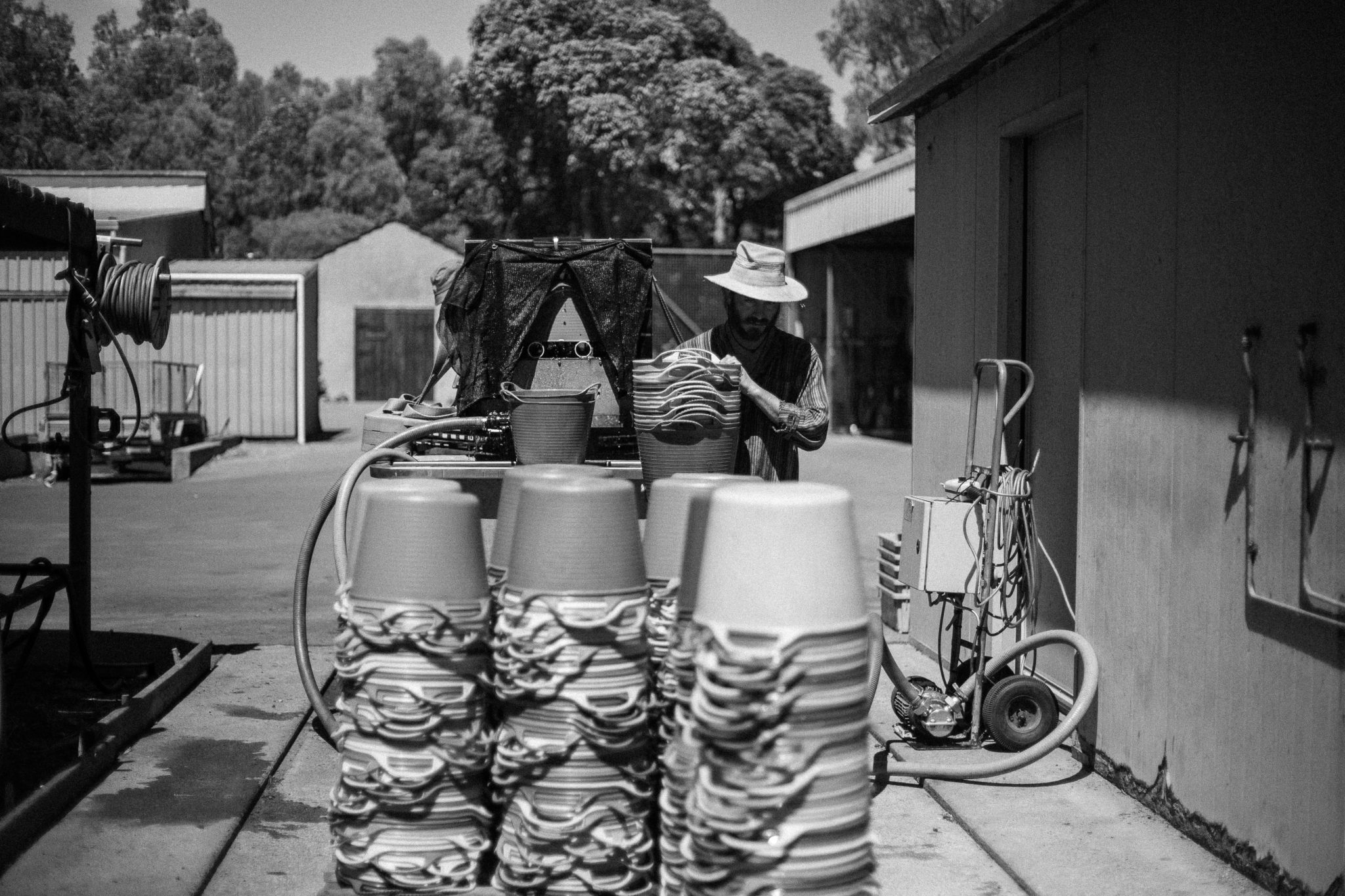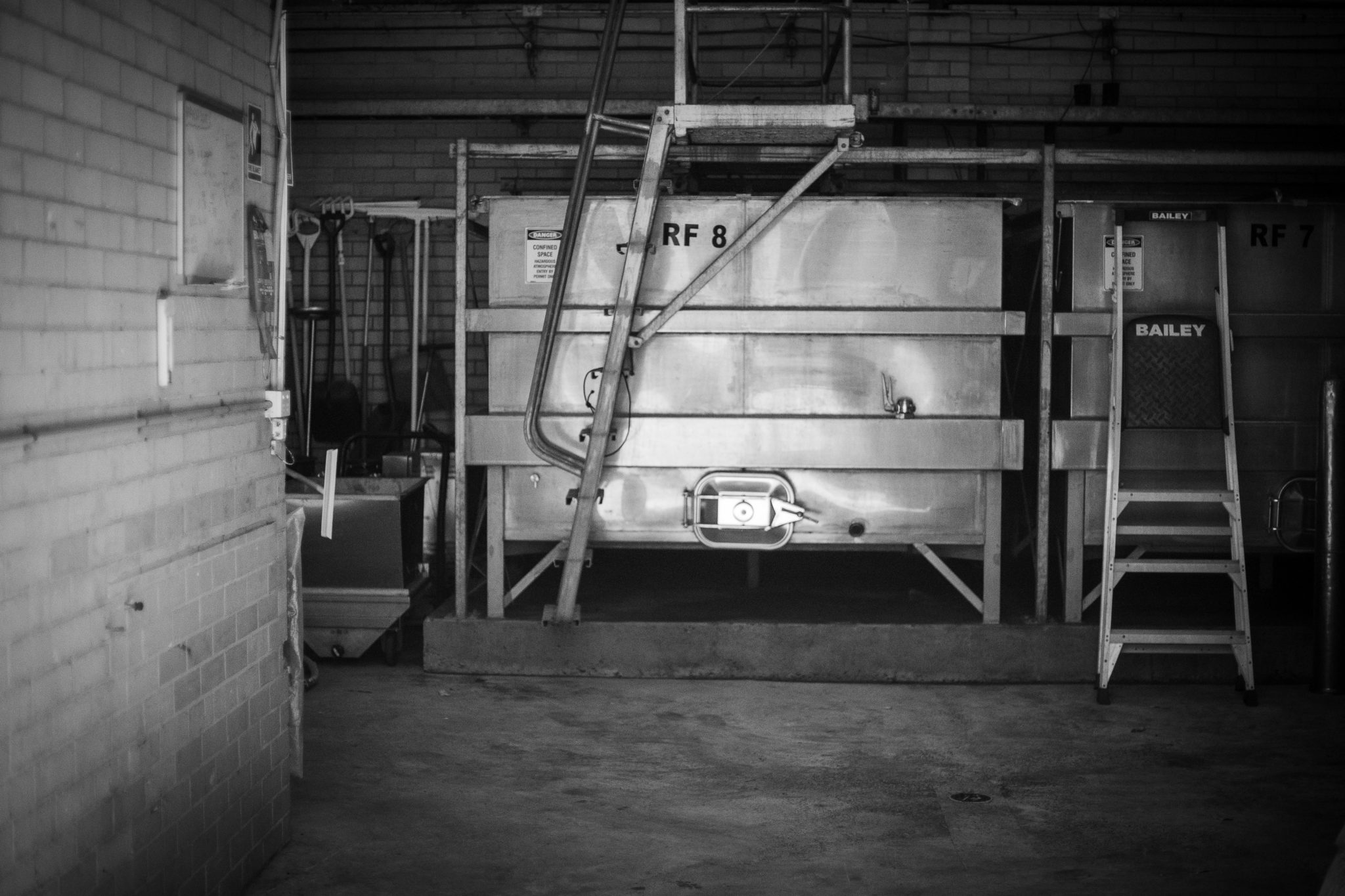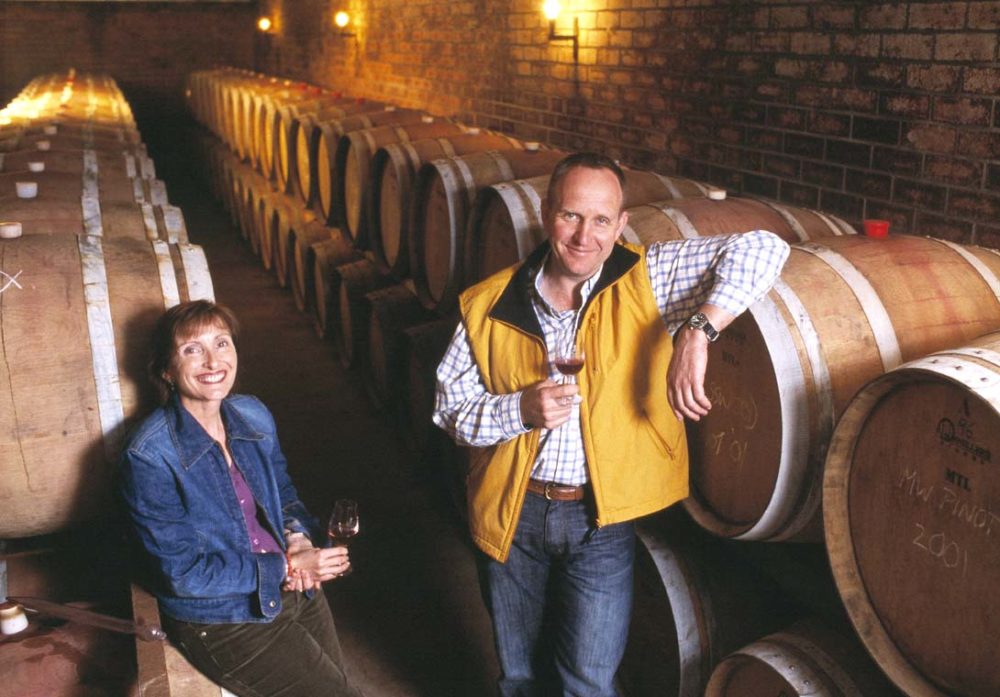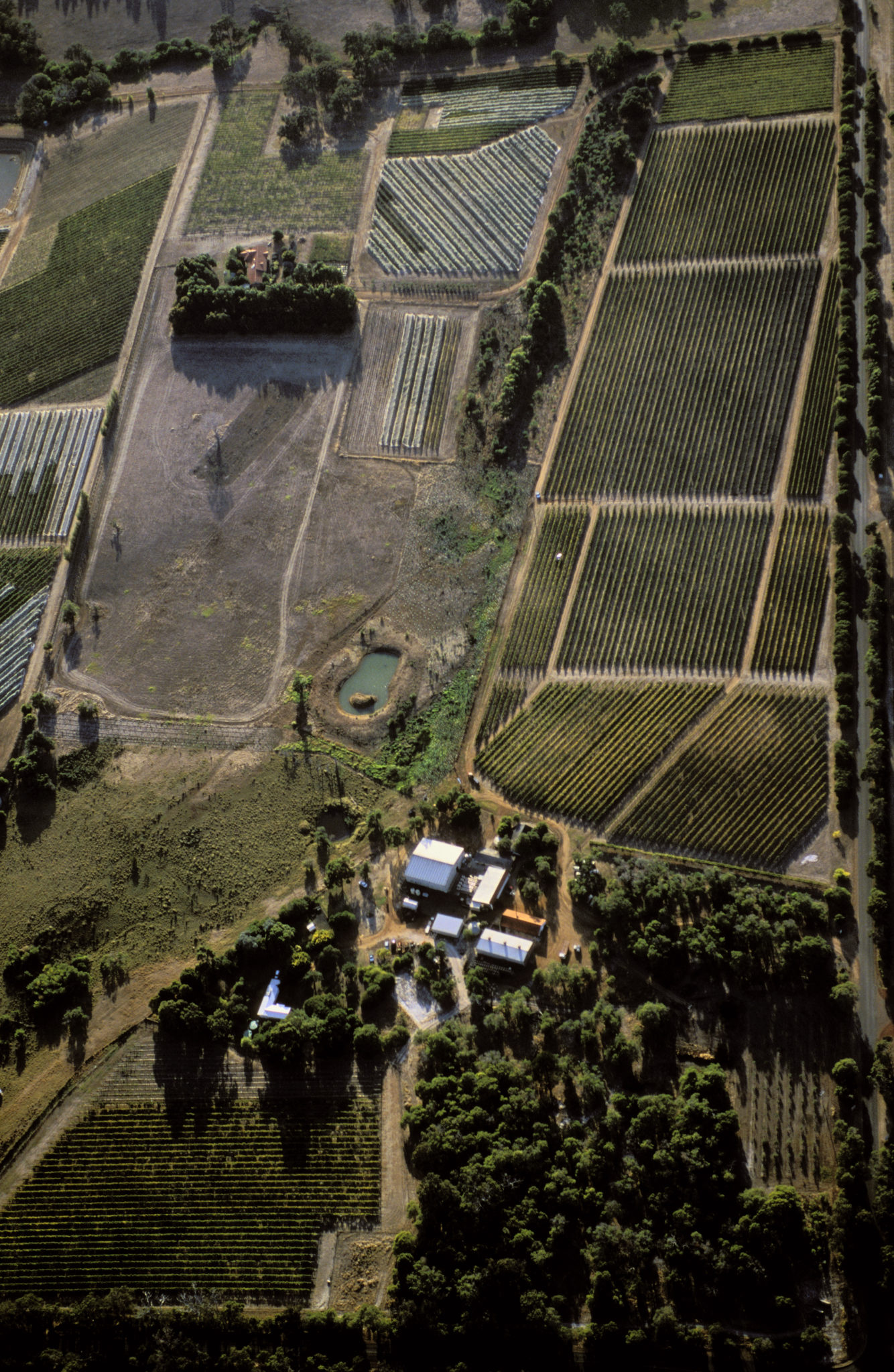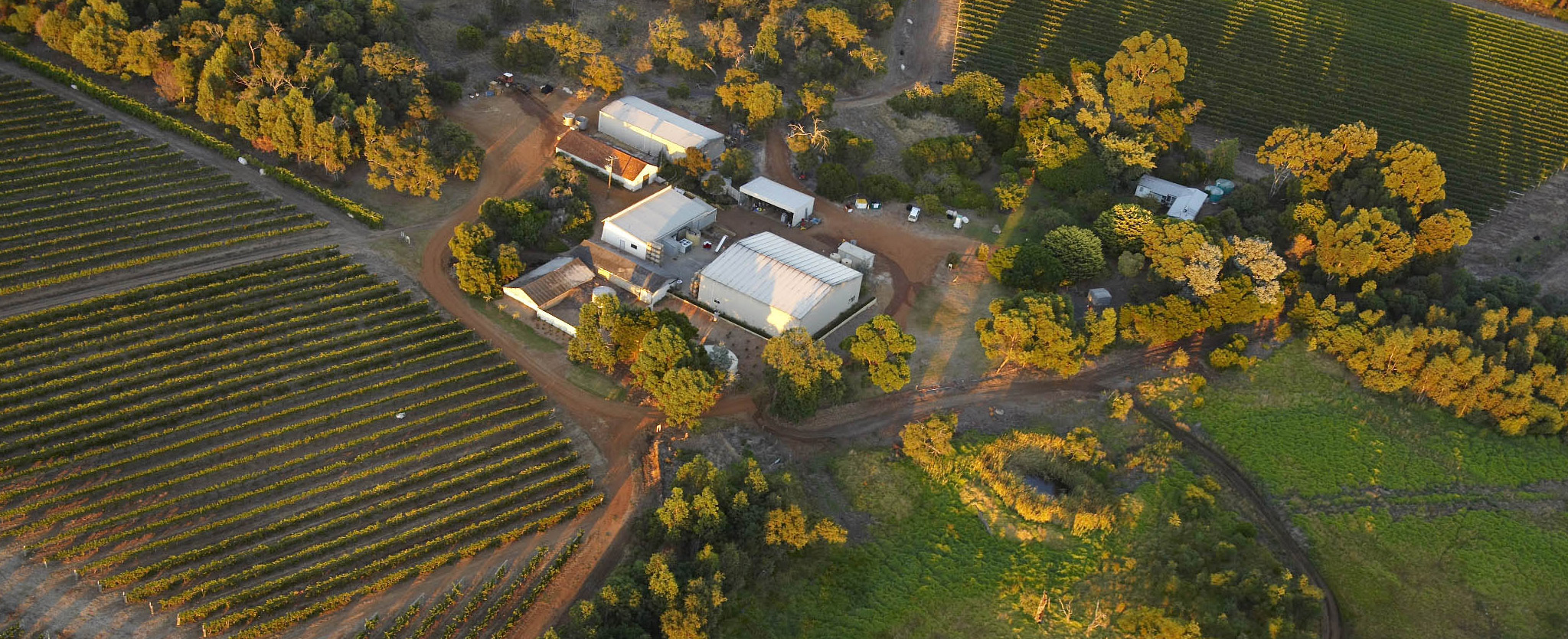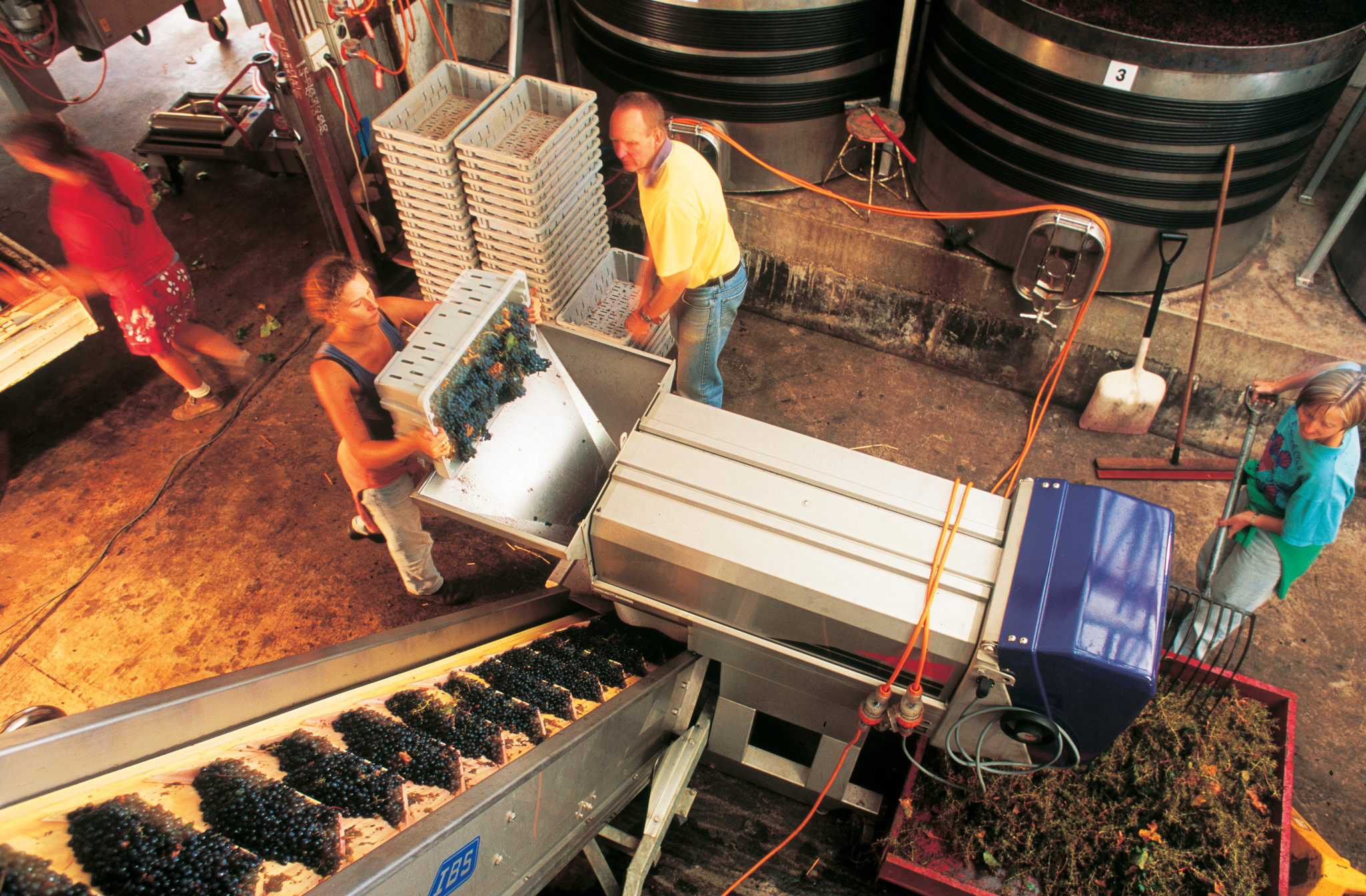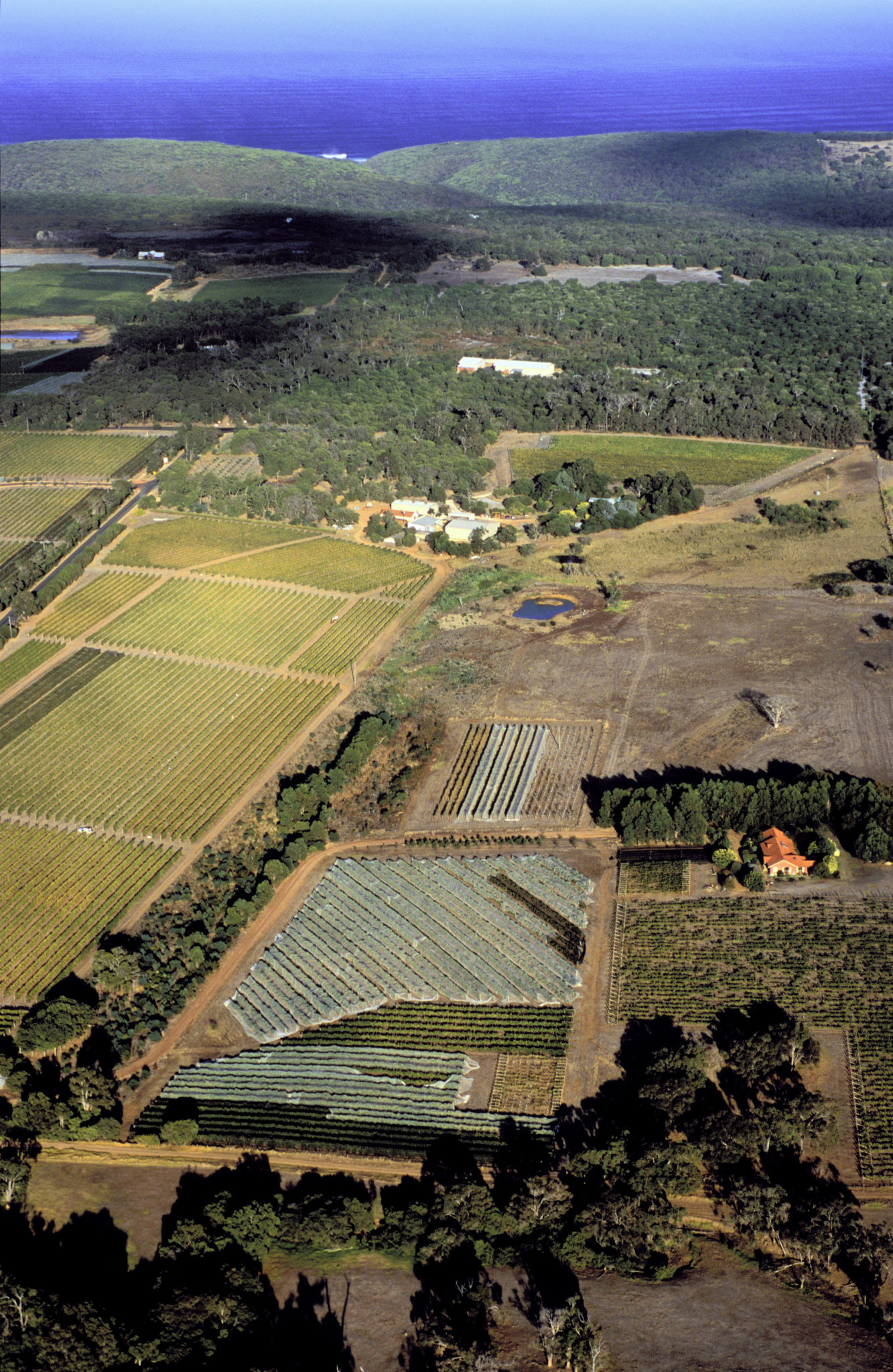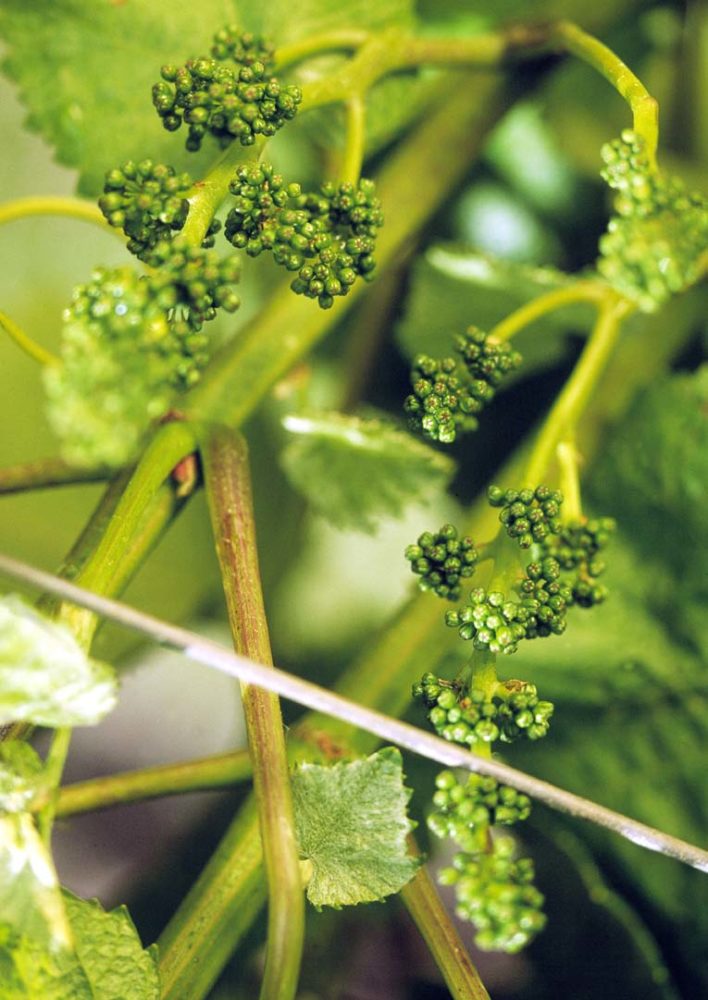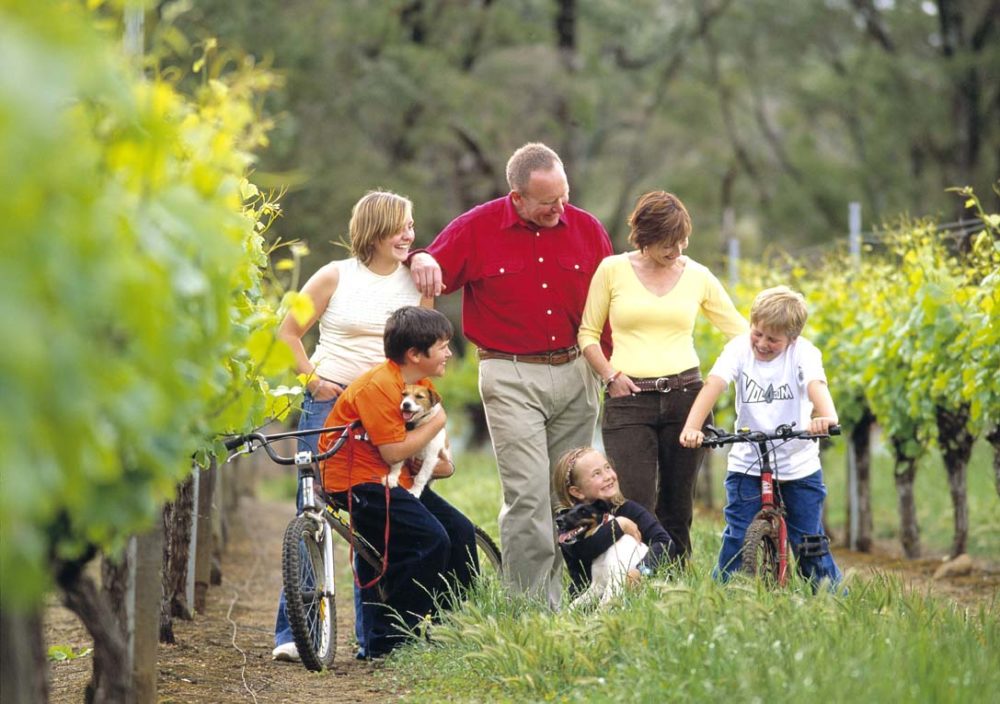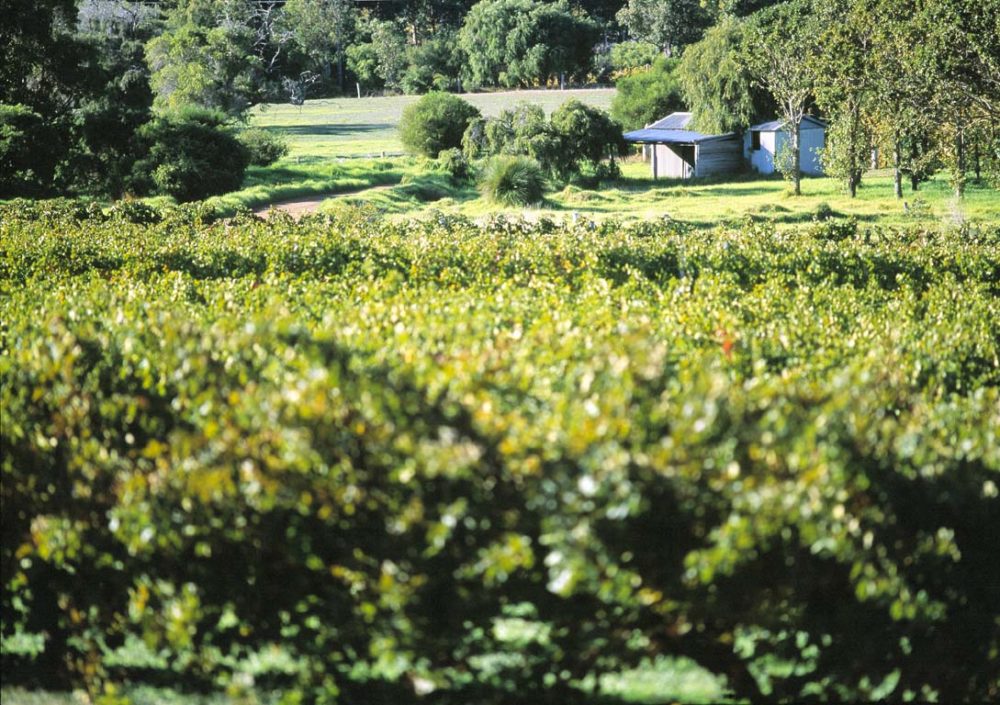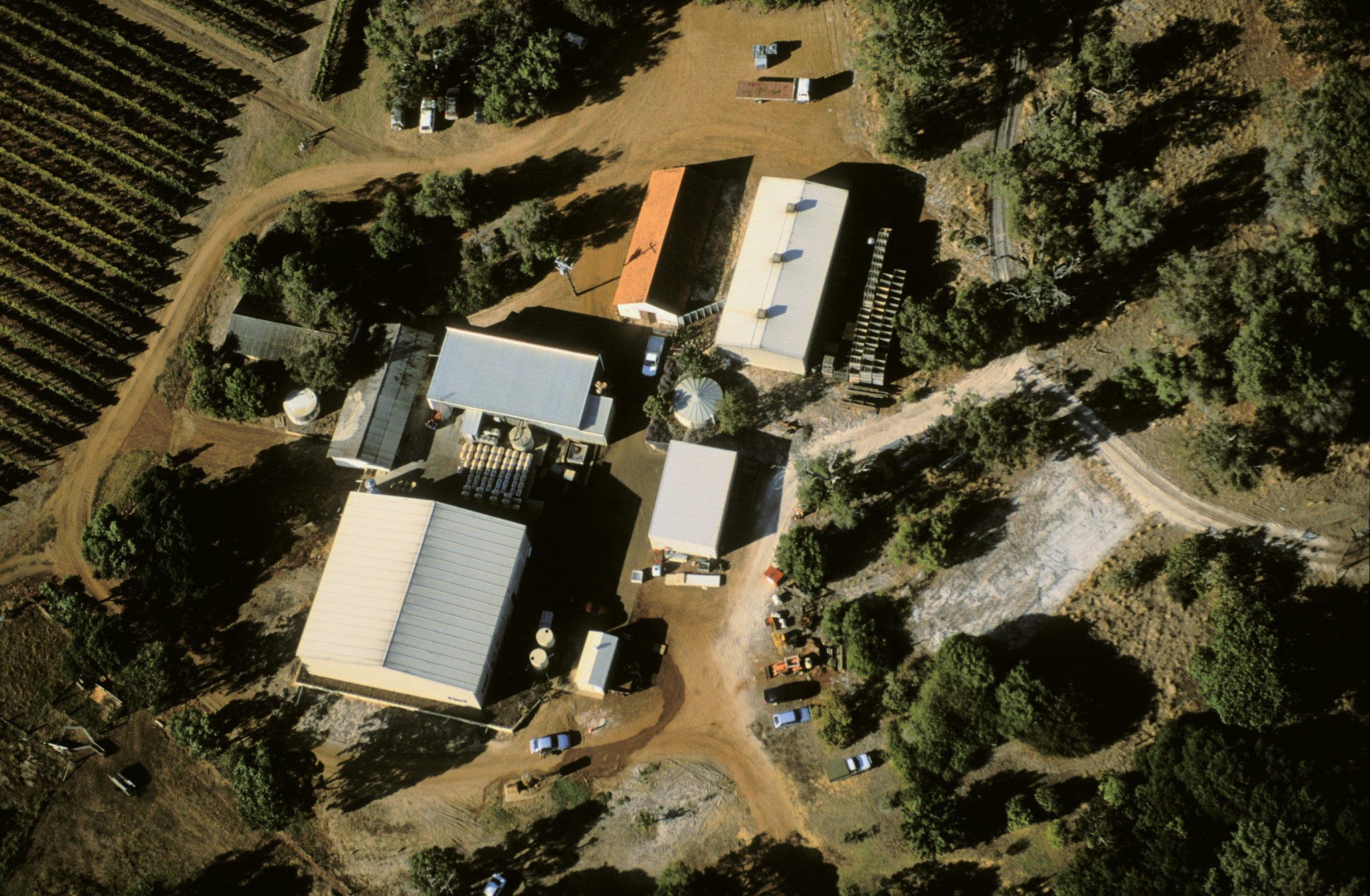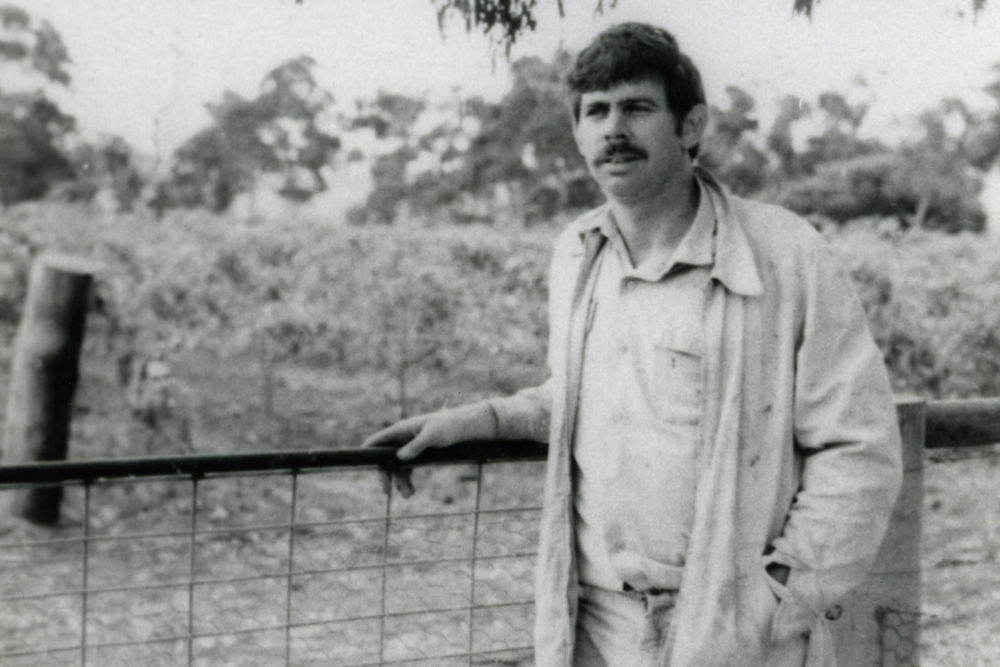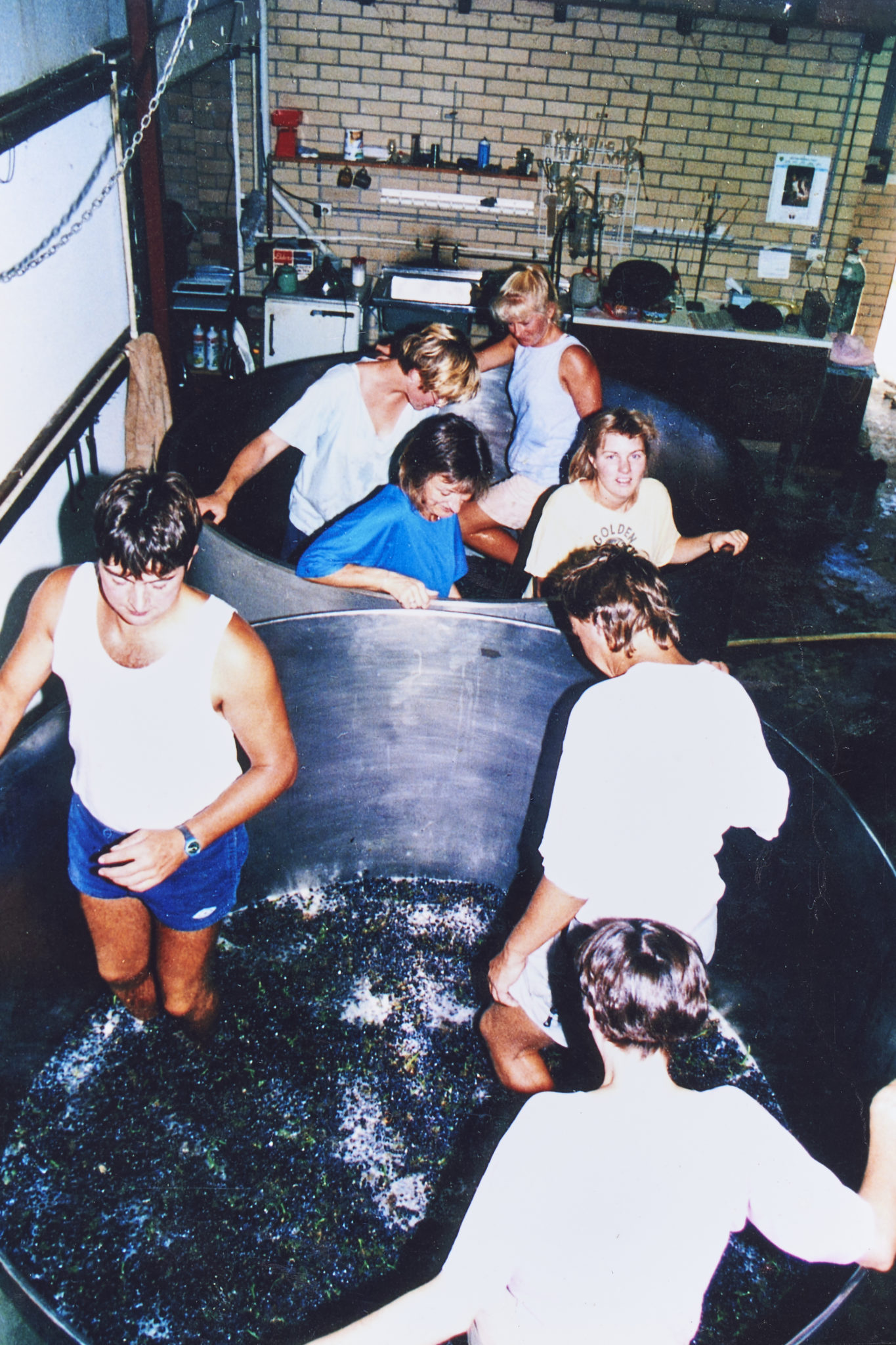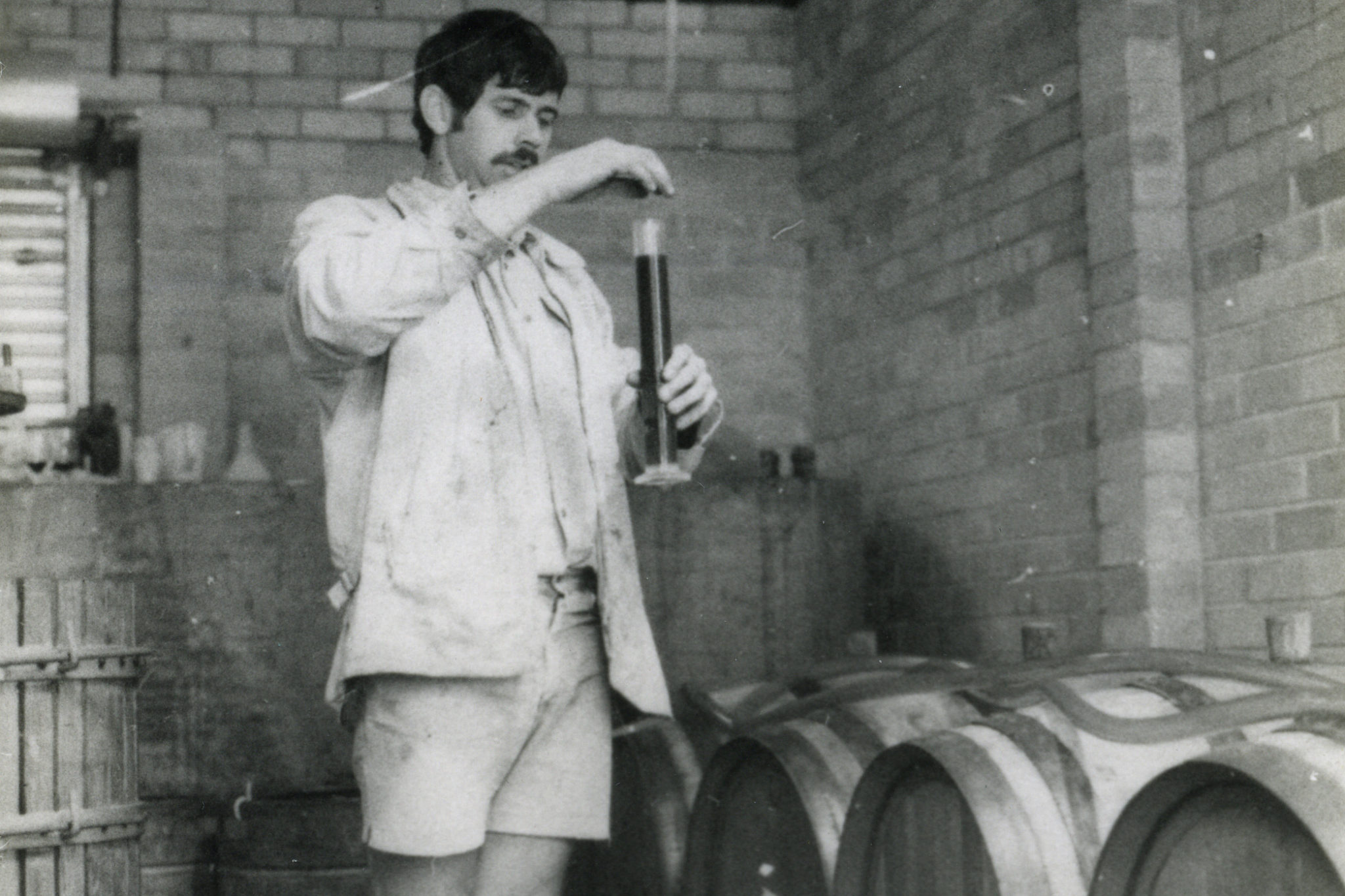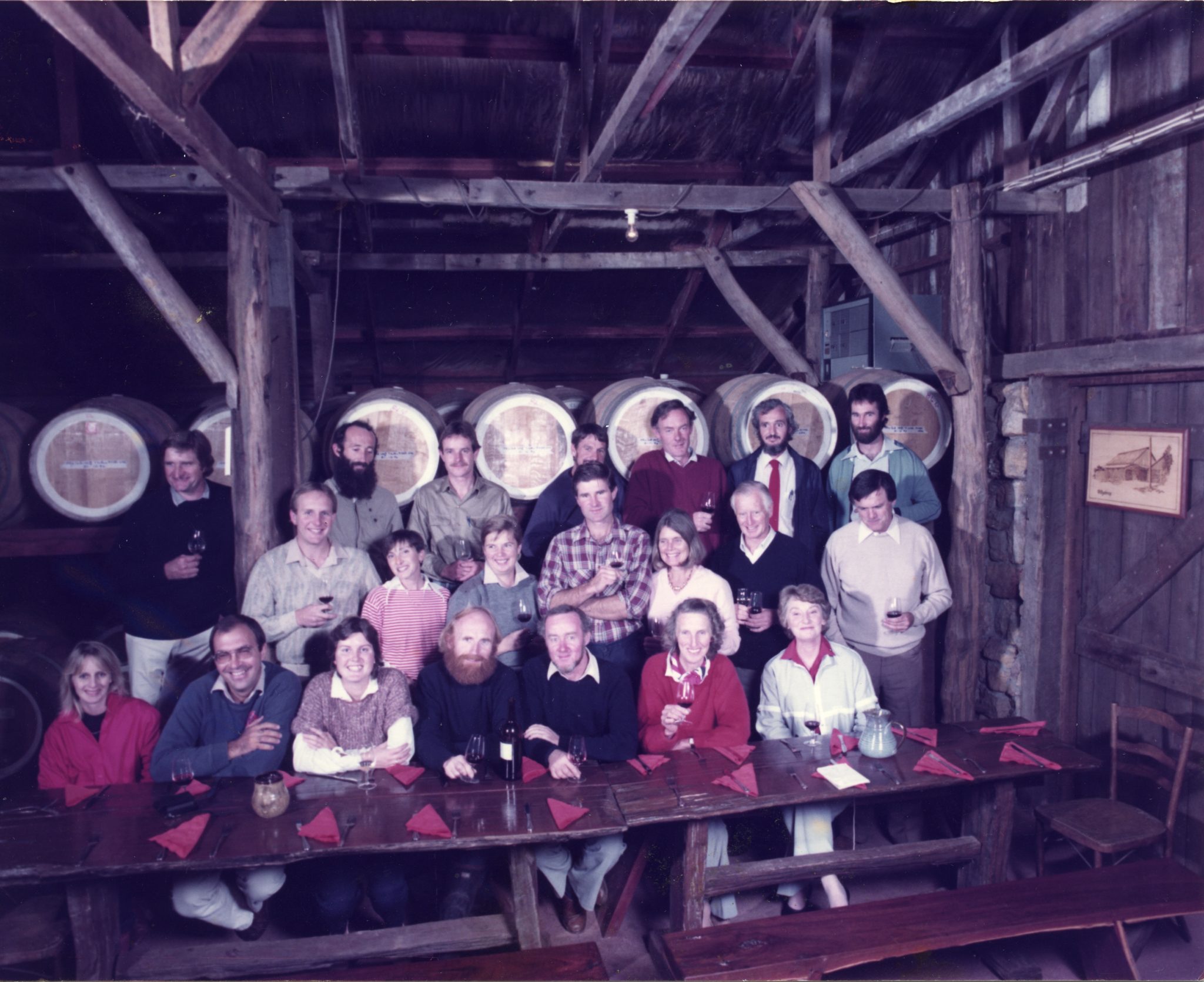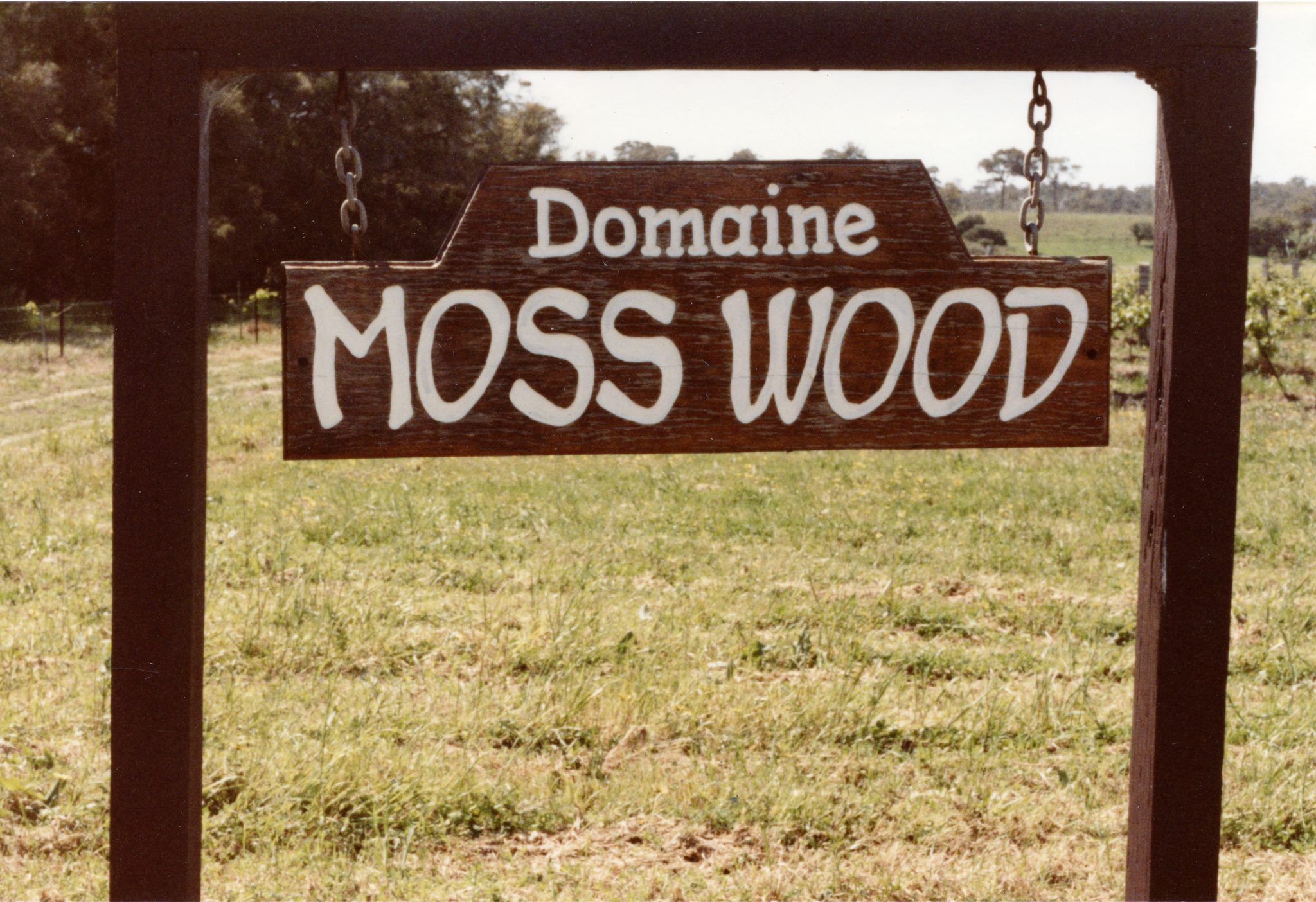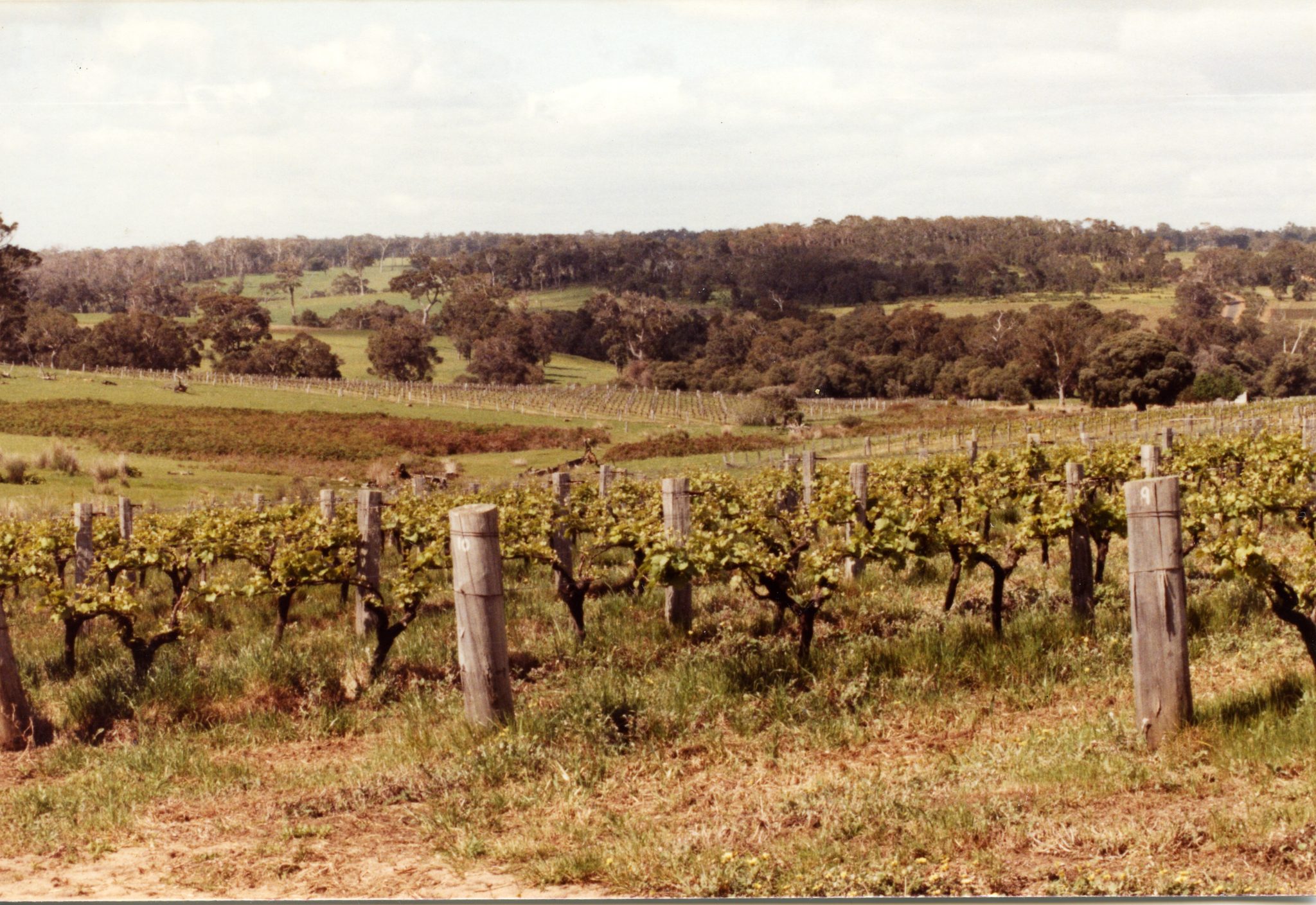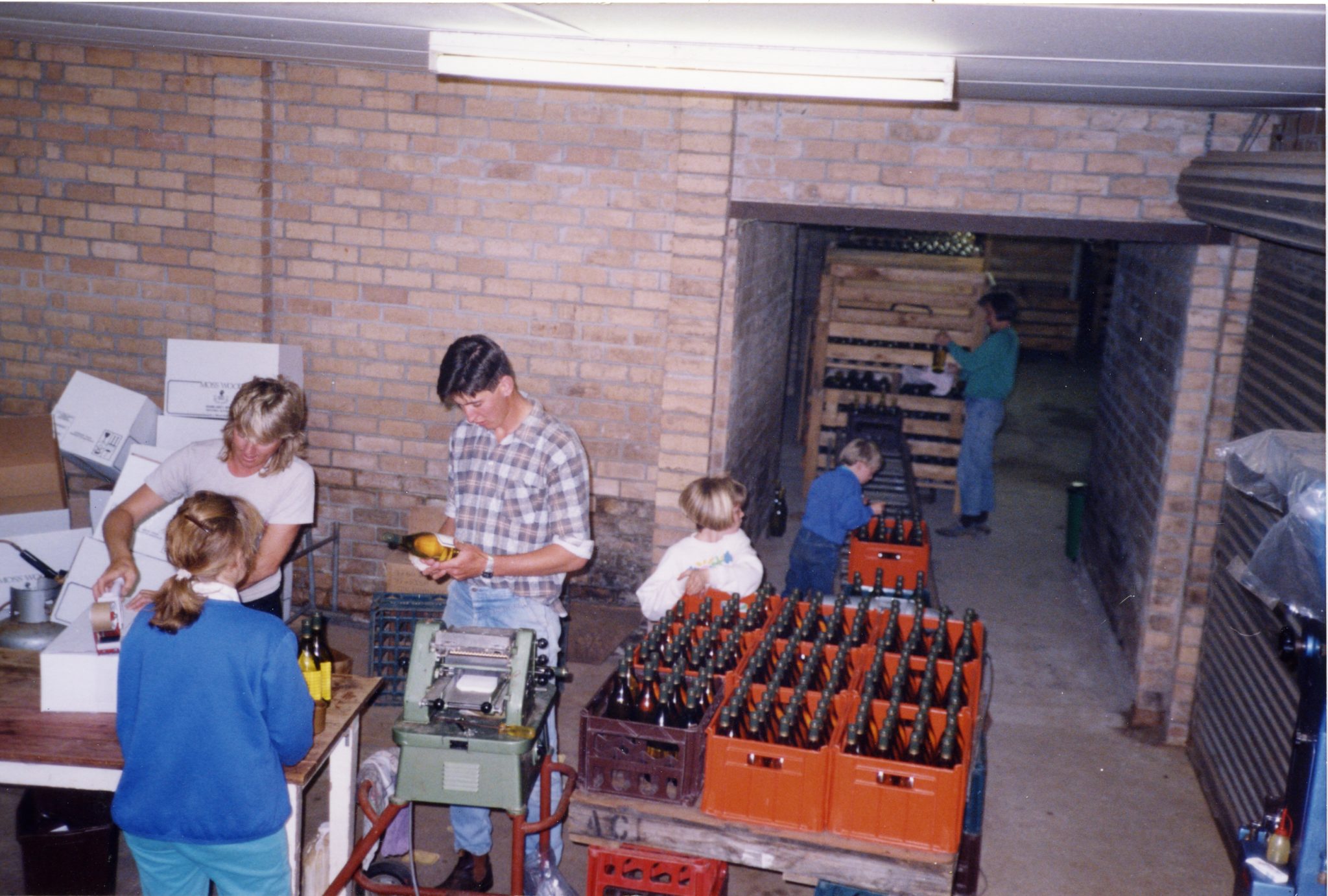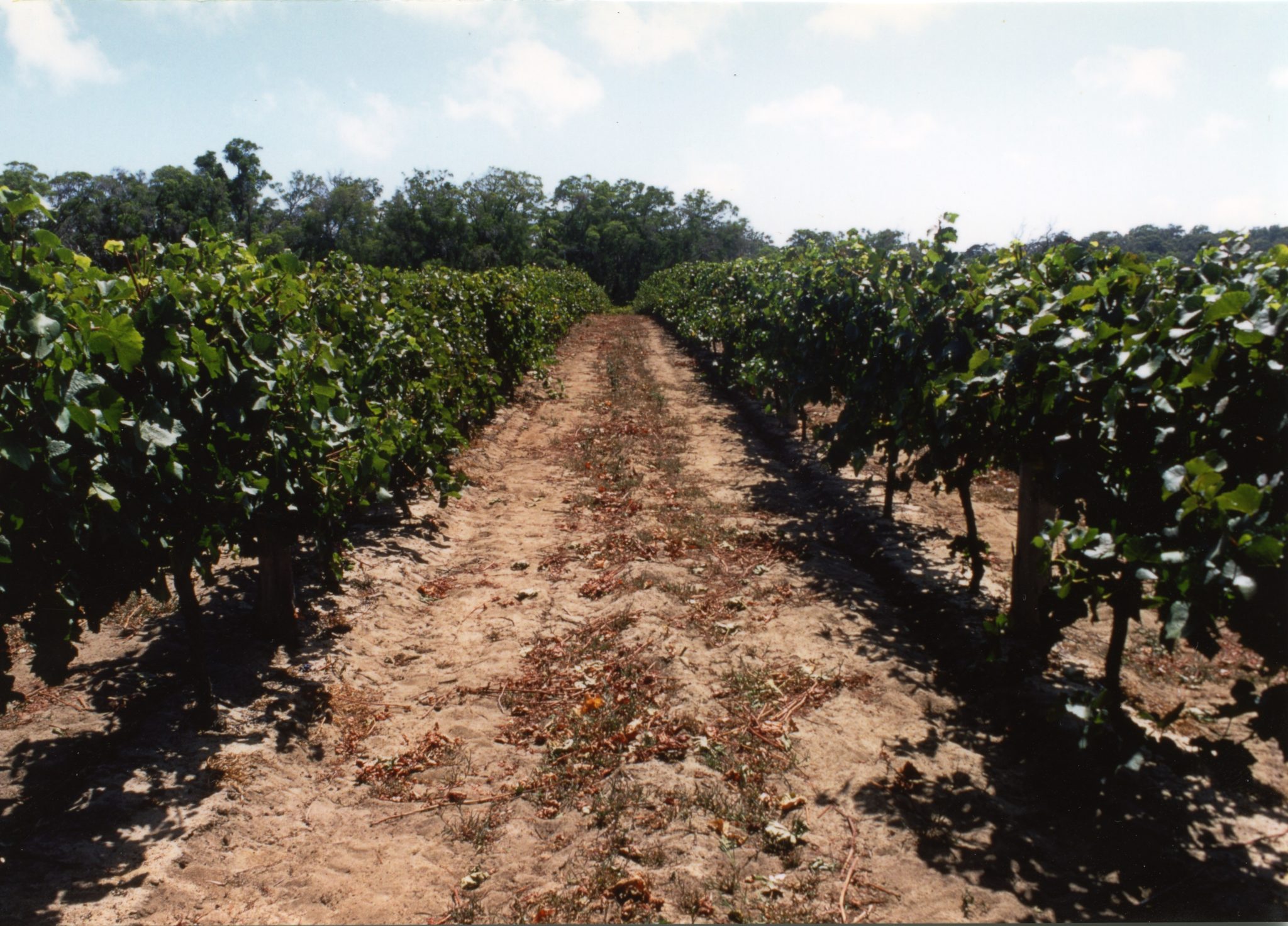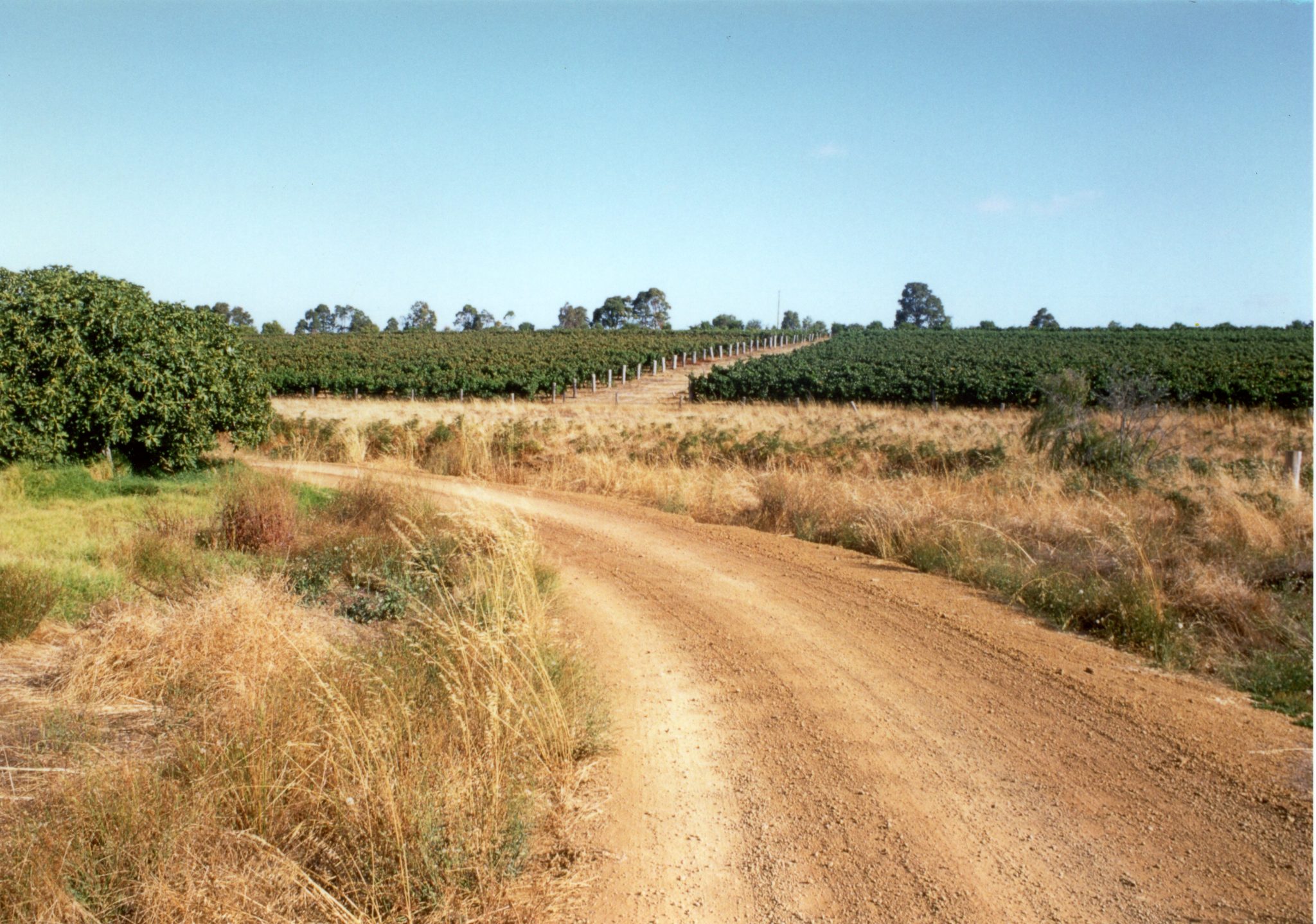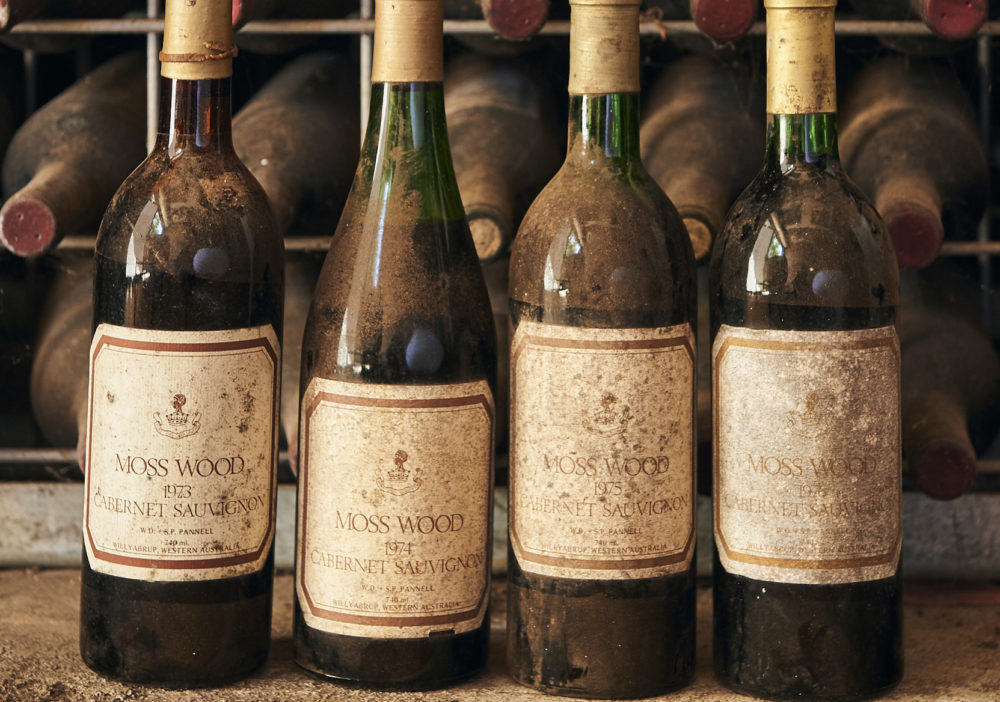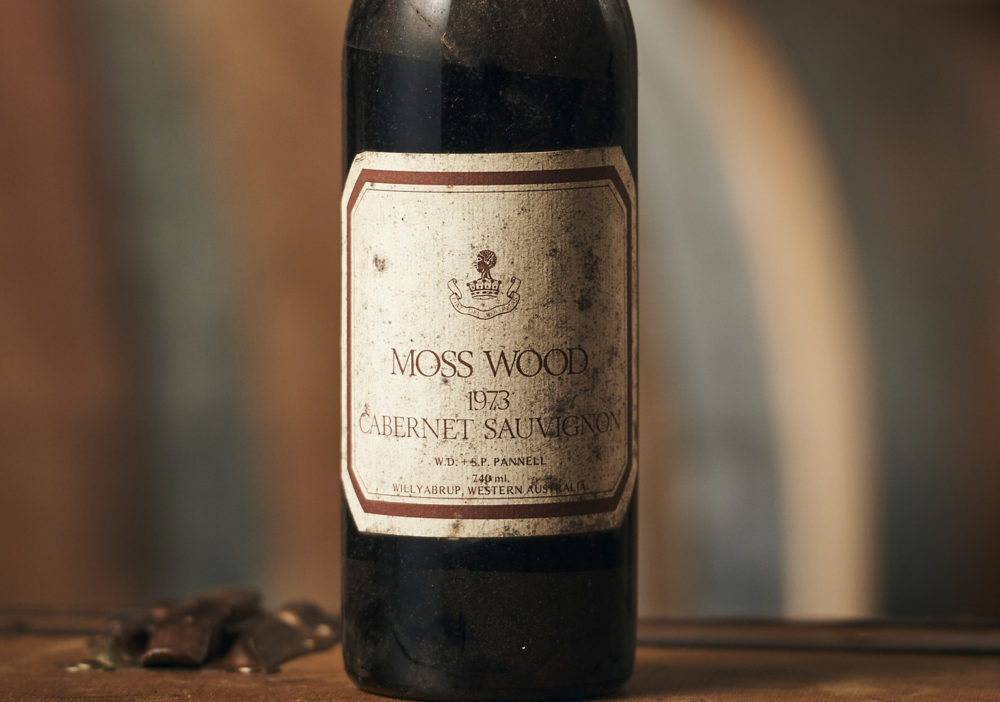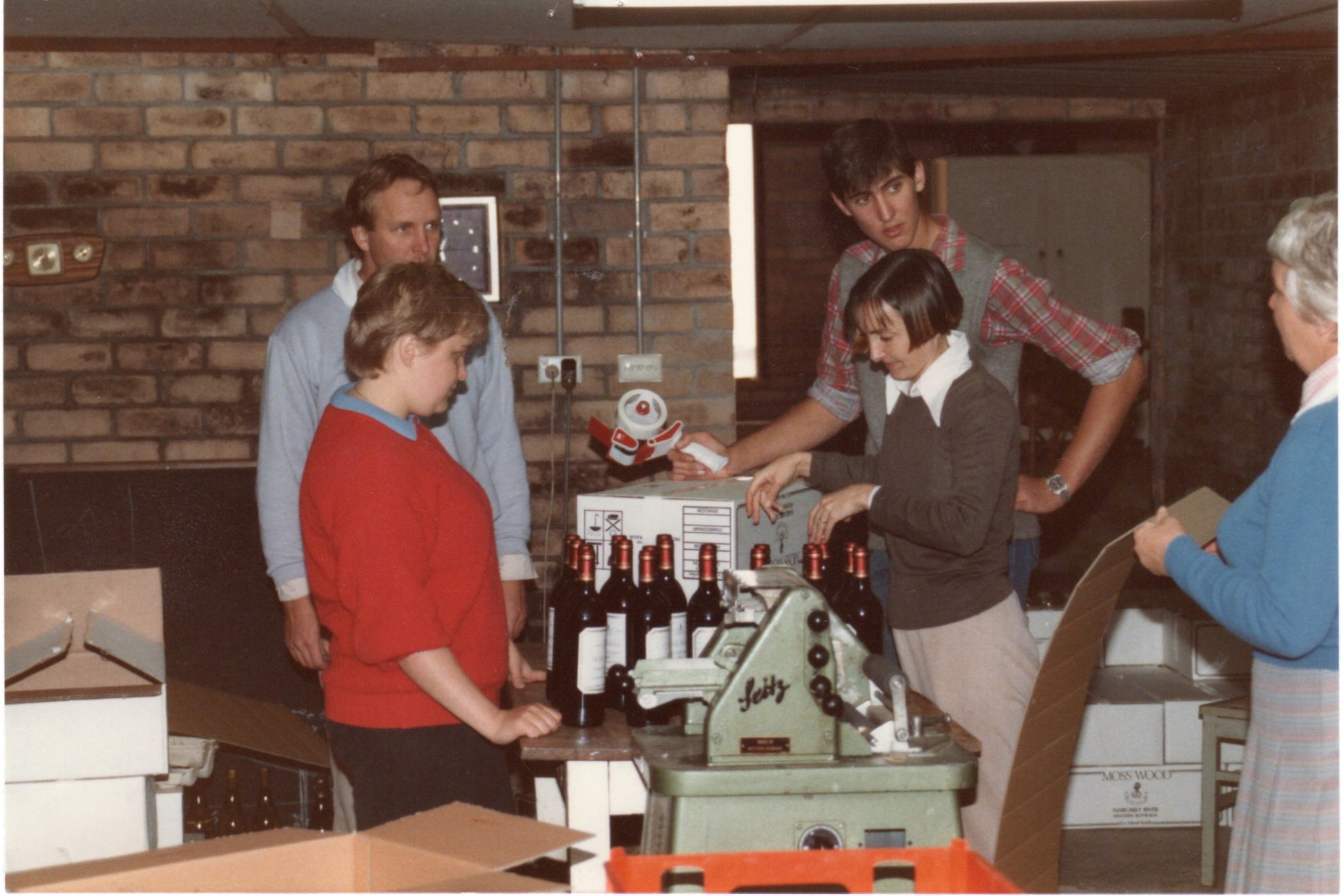Moss Wood Newsletter
Autumn News Issue #113 MARCH 2022
Moss Wood 2019 Cabernet Sauvignon
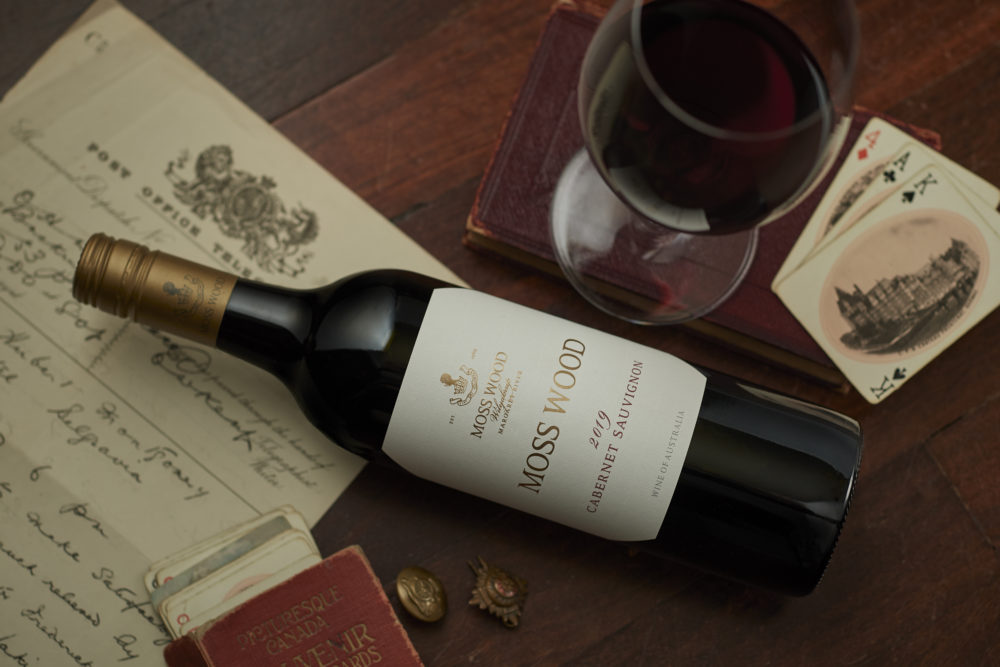
VINTAGE NOTES
The theme of 2019 is one of below average temperatures and best illustrated by the frost of 16th September 2018, where Margaret River experienced its lowest spring temperature since October 1981. It laid waste to our Chardonnay but fortunately was early enough not to impact our Cabernet Sauvignon blocks. Amusingly, we had something of a close shave on 26th October when the temperature dropped to 4.0°C but more on that later.
Cool, damp weather persisted throughout flowering with 11 days where the minimum temperature dropped below the crucial 8°C and the thermometer even got down to 5.6°C on the morning of 29th December. Clare and Keith had to keep lighting the fire to keep the house warm! To add insult to injury, rain accompanied the cold and more than 50mm fell during the November and December. As much as we love good rainfall for our dry-farmed vineyards, there are times and this was one, when we were prepared to say, enough!
As soon as we started picking Cabernet Sauvignon, it was clear yields would be low. In fact, it had coped relatively well because at 6.36 tonnes per hectare, it was only 13% below average. Compare this with Cabernet Franc, which was down 43% to 3.32 tonnes per hectare. However, Petit Verdot was the winner in the low crop stakes, with a mighty 1.47 tonnes per hectare, some 72% below average! This brings us back to the 26th October and a further explanation. Our Petit Verdot is situated at the bottom of a shallow valley, up against some trees and we suspect the cold air couldn’t drain away and delivered temperatures even lower than the 4°C registered by the weather station. We didn’t see any frost damage but the affects were clear. The bunch numbers on the Petit Verdot were down 62% to 20 bunches per vine and the bunch weights by 53% to a tiny 35 grams.
Now we can talk about the good things of the season.
Here is the roll call of our coolest seasons - 1982, 1987, 1990, 1999, 2002, 2006, 2017, 2019 and 2021. Afficionados of Margaret River Cabernet Sauvignon will note there are some truly great vintages amongst these, with 1982, 1990, 1999 and 2017, of the wines released so far, big contributors. Yet, in 1987, 2002 and 2006 we made good wines but didn’t challenge the benchmarks. This begs the question, what was it that made, say, 1990 the marvelous wine it was and yet 2006 was much finer and restrained? We think the answer lies in the final ripeness of each wine.
For comparison, let’s use 2017 and 2006. The better wine, 2017, is slightly riper and was picked at 13.2° Baume compared with 13.0 in the latter. Although 0.2° is a tiny difference, it’s enough to see a marked change in the aroma profile. At Moss Wood, as Cabernet Sauvignon passes through the 13.0° Baume mark, the red fruit and cedar notes are replaced by the blue and black fruits.
Wise folks might ask, why in 2006 did we not wait until ripeness had moved above the crucial 13° Baume mark? In 2017, we picked Cabernet Sauvignon on 10th April when Mother Nature blessed us with a classic West Coast Indian Summer. However, those with good memories will recall the cool and then very wet finish to April in 2006, when we wanted more ripeness but dared not wait. Mother Nature threatened to rain on our parade so we pushed ahead and picked on 20th April. In the end, that proved an inspired, or lucky, decision because when it started, rain came with a vengeance. Another week of fine weather and the 2006 might have been one of the best wines we’ve ever made but instead, having given us a glimpse of what might be, Mother Nature took it all away. It’s the game we’re in.
Returning to 2019, where despite a cooler year than both of the above, we made an even better wine, right in the mould of 1990, because we were able to ripen Cabernet Sauvignon to 13.4° Baume. This time, Mother Nature smiled on us.
PRODUCTION NOTES
The rest of the production story is straightforward. As always at Moss Wood, the fruit was hand-picked and delivered to the winery where it was sorted and destemmed into small open tanks. Each was seeded for primary fermentation with multiple yeast strains and hand-plunged, 3 times per day. Temperatures were controlled to 32°C.
After 15 days on skins the wine was drained and pressed to stainless steel tank, where it completed malolactic fermentation.
In May 2019 the various batches were racked to French oak barriques, of which 15% were new.
In October 2021, all barrels racked and blended in stainless steel and fining trials were carried out to assess tannin balance. None of the treatments improved the wine, so it remained unfined. It was then sterile filtered and bottled on 2nd November 2021.
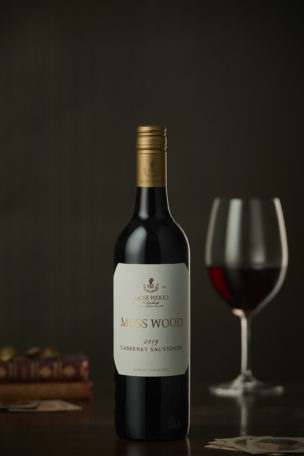
| Wine Facts | |
|---|---|
| Median Harvest Date | Cabernet Sauvignon 15/04/2019 Cabernet Franc 10/04/2019 Petit Verdot 15/04/2019 |
| Mean Harvest Ripeness | Cabernet Sauvignon 13.4°Be Cabernet Franc 13.7°Be Petit Verdot 13.2°Be |
| Yield | Cabernet Sauvignon 6.36 t/ha Cabernet Franc 3.32 t/ha Petit Verdot 1.47 t/ha |
| Weather Data | Growing Season Ave Temperature - 18.7°C Number of hours accrued between 18 and 28°C - 1257 Number of hours above 33°C - 6 |
| Days Elapsed between Flowering and Harvest | Cabernet Sauvignon 129 days Cabernet Franc 134 days Petit Verdot 127 days |
| Bottled | 02/11/2021 |
| Alcohol | 14.0% |
Wine Facts
-
Median Harvest Date
Cabernet Sauvignon – 15/04/2019
Cabernet Franc – 10/04/2019
Petit Verdot – 15/04/2019 -
Mean Harvest Ripeness
Cabernet Sauvignon – 13.4°Be
Cabernet Franc – 13.7°Be
Petit Verdot – 13.2°Be -
Yield
Cabernet Sauvignon – 6.36 t/ha
Cabernet Franc – 3.32 t/ha
Petit Verdot – 1.47 t/ha -
Weather Data
Growing Season Ave Temperature – 18.7⁰C
Number of hours accrued between 18° and 28⁰C – 1257
Number of hours above 33⁰C – 6 -
Days Elapsed Between Flowering and Harvest
Cabernet Sauvignon – 129 days
Cabernet Franc – 134 days
Petit Verdot – 127 days -
Bottled
02/11/2021
-
Alcohol
14.0%
Tasting Notes
Colour and condition
Deep brick red hue; bright condition.
Nose
Immediate impression is of ripe blue and black fruits combining blueberry, black currant, liqueur cherries and red currant and just a touch of violet-like floral and musk notes. There are also complex, earthy notes of olive, licorice, leather, pencil shavings and nutmeg-like spice plus a soft oak background of light tarry, toastiness. The concentration is such it has a distinctive inky note, something that was a big part of the 1979 vintage.
Palate
Dark fruits are also strong on the palate where there are concentrated black currant, blueberry, licorice flavours, or perhaps plum pudding and probably a result of the tiny morsel of Petit Verdot, combine with a full body to balance a firm acidity and tannin. The finish combines a both soft toasty oak and Cabernet’s classic, tar and cedar notes.
Cellaring
There is no doubt the 2019 vintage sits right near the top of the Moss Wood quality tree and we have high expectations for its cellaring. Given its concentration and structure, courtesy of the long slow season and also the relatively small crop, we anticipate it will need at least a decade to show some bottle development. Somewhere between 10 and 15 years should see some softening of the tannins and the development of the tar and cedar characters. However, full maturity will require at least 25 years cellaring and after which it should live well beyond 40 years of age.
2022 GROWING SEASON
The 2022 vintage is now under way and at the time of writing we’ve processed Pinot Noir, Sauvignon Blanc and Chardonnay and are very pleased to report a good season so far.
Although there have been a number of bushfires in Margaret River this summer, we’ve been lucky enough to miss all of them and received no damage.
After a succession of cool years, we’ve enjoyed a warm summer and yields have been good, albeit ever so slightly below average. The redgum blossom has been excellent, so the silvereyes haven’t bothered us at all and the dry conditions mean we’ve had no disease.
Looking at our vintage history, we’ve got to go a long way back to find a similar one. Keith reckons the best comparison is with 1983. Moss Wood made some fabulous wines then so we’ve got very high hopes for 2022.
VINTAGE CREW
Well, it was a challenge but despite the trials and tribulations associated with the closed Western Australian border, we’ve been lucky enough to have some very good people join us for the 2022 harvest.
After more than a decade working for Australia Post, Sammy Mclenahan decided she quite liked wine and set about having a career change. She took long service leave from her job as a Postie and moved to the Margaret River region, began studying Wine Production at TAFE and started work at Cape Cellars in Dunsborough. The big decision came in 2021 - did she return to Australia Post at the end of Long Service or did she commit fully to the wine thing? A very creative and hard-working person, she’s taken the wine option and jumped on board for the 2022 vintage at Moss Wood. Sammy’s other claim to fame is she’s the first film producer to work at Moss Wood, leading to some discussions about whether there are parallels between film and winemaking? Keith’s view is winemakers have their outcomes dictated to by Mother Nature whereas people like Fred Schepisi and Peter Weir have genuine, creative genius.
In another first, Emilie Van Hool joins us from Belgium. We’ve not had a Belgian working in the winery before and Emilie and her husband Kevin certainly showed tremendous commitment just to get to WA. They left New Zealand at the end of 2021, at the height of the closed borders and were prepared to sit out 2 weeks quarantine in a medi-hotel in Perth to have the chance to work in Margaret River. Emilie is quite the student, having studied at KU Leuven where she completed a Bachelor of Science and then Masters in International and Comparative Politics. However, her wine and food interest took her to the Universita di Scienze Gastronomiche di Pollenzo in Bra, Italy, where she completed a Masters in Gastronomy: World Food Cultures and Mobility. This has prompted some lively debates about land use and agricultural techniques but Emilie retains her good sense of humour, despite all our teasing.
We are all pleased we’ve got some local boys involved this year. Jacob Zieleman is a Margaret River lad who liked the look of the wine industry and decided to give it a go. Very serious and hard-working, he has previously helped Vasse Felix at their home vineyard in Cowaramup, as well as their Gnarawary property down at Karridale. He liked the Deep South so much he also worked with Piallago Estate, before we managed to attract him back to the civilised North at Wilyabrup.
Max Braimbridge is from Dunsborough and having just completed Year 12, is interested in pursuing a career in Agriculture and has applied to study same at the University of Western Australia. As a keen cricketer, he came to the attention of the Captain of Dunsborough Cricket Club, Hugh Mugford, who suggested he might like to experience some specialised Agriculture and work the 2022 vintage at Moss Wood. Luckily for us, Max was keen and we’re pleased to have him on board. Hopefully the experience won’t put him off and he’ll stay the course and join the industry.
Another local, Beau Lewis, is actually a full-time paddling coach with Paddle WA who runs the Kayak and Surf Ski training programs in Busselton. He’s had a very distinguished career, having represented Australia in both K1, K2 and K4 kayaks and then just for something different, he spent 3 years as the brake man on the Australian 2 and 4-man bob sled teams. Luckily for us, Beau’s training programs are early morning, giving him some spare time in the middle of the day and he’s been happy to come out and give us a hand. We’re quite pedestrian and boring compared to the bobsled but he’s happy getting stuck in around the vineyard and the winery.
Domenico Paris is from Bassano Romano in Italy. Dom is a Social Worker who has worked with and mentored teenagers before coming to Australia on a Working Holiday visa 2 years ago. With this background, it’s no surprise he’s a patient and cooperative bloke who gets on well with the team. He’s now made his way right around the country, starting on the east side and working his way around the top and down into WA. Another very handy string to his bow is extensive hospitality experience at home, which has proved very useful here.
Lucky last is Margherita Forno, who’s family have Tenuta il Falchetto in Piemonte in Italy. Margherita’s perseverance in dealing with WA’s on again/off again border closure has been a credit to her. Another with a strong academic focus, she has a Bachelor of Viticulture and Oenology from the University of Turin and then completed her Masters, with a focus on fermentation microbiota and territorial characterisation. Phew! We’re hopeful Margherita will find the Moss Wood and Ribbon Vale vineyards are an interesting addition to her learning and we’re curious to see what she makes of our terroir and the various factors that influence it.
MOSS WOOD CABERNET SAUVIGNON - 50 VINTAGES
Well, who would have thought? All of a sudden, Moss Wood Cabernet Sauvignon has produced 50 vintages! Where did that time go? Keith was checking the vineyard just prior to picking the Pinot Noir and with mind wandering it suddenly dawned on him 2022 is the 50th harvest. Observant readers will of course note that the first vintage, 1973, is only 49 years ago. However, the actual count is 50 vintages, the first one being produced in year zero, as it were.
Keith has been here for all but 6 of them, so 44 in all. Clare has been here for nearly as long - she’s done 38. While we’re checking the scores, of the current crew, Alex Coultas has done 15, Tristan Mugford 11 and Hugh Mugford 5. Other big contributors have been the Moss Wood founders, Bill and Sandra Pannell, who each did 11 vintages and Ian Bell of Glenmore and Amy’s fame, who racked up 20. Could it be said we are all either slow learners or fast forgetters?
There is no doubt about the Mugford perspective. We’ve been so very lucky to be involved with such a good vineyard.
Vale Gill Thomas
Just as we prepared to celebrate our 50th vintage of Cabernet Sauvignon, we learned of the death of a very dear friend of Moss Wood and Clare and Keith, Gill Thomas.
Gill was here for the first vintage and fell only days short of the 50th.
Although a pharmacist by profession, the arrival of the nascent wine industry in the Margaret River region in the late 1960’s immediately sparked his interest. He planted vines on his property near Bunbury and would take holidays from his pharmacy to come down and help with our vintage. His enthusiasm and wicked sense of humour were a tonic for us all especially during long days. He was a great friend and mentor to a young winemaker, Keith Mugford, recently arrived from South Australia. Indeed, Gill insisted Keith join him in the legendary Thursday Night Tasting Group. When we say legends, that’s exactly what we mean because the group contained some very distinguished Western Australian winemakers including amongst others John Tate, Tony Devitt, Bill Crappsley, Bill Hardy, John Reynolds and Peter Dawson plus another legend, this time in wine show judging, John Hanley. The opportunity to learn from these people, not to mention the wines they procured and tasted, was career-defining for a young graduate like Keith. Not to mention fun! Gill and he would meet in Bunbury around 4.00pm, drive to Perth for the tasting then return home that night, typically getting back about 2.00am, having carefully observed the speed limits all the way home.
It was another epoque but the memories are vivid and treasured.
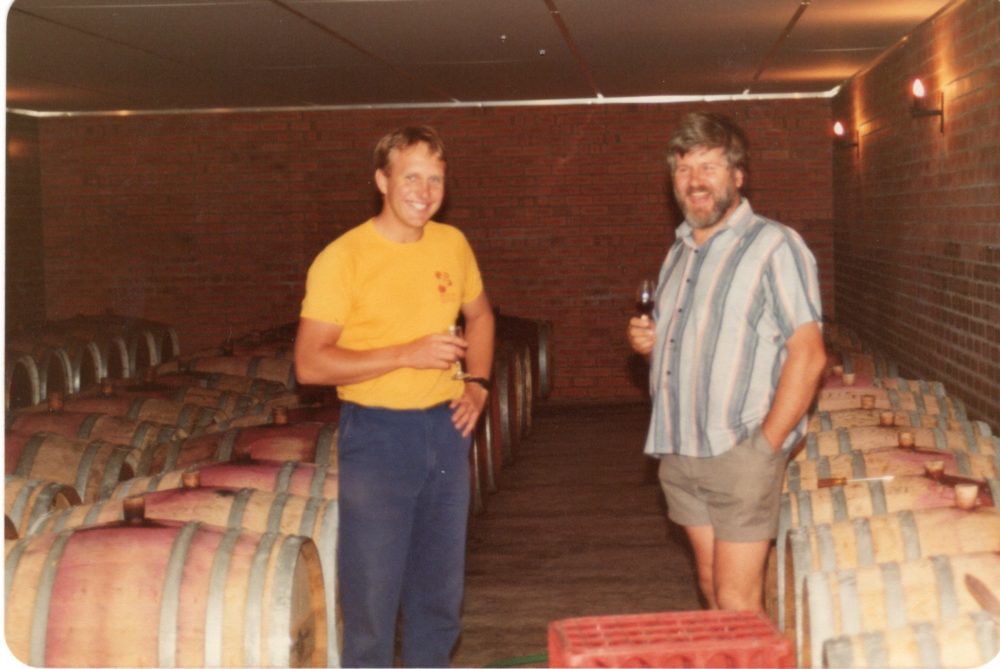
Order
OUR WINES:
Contact
MOSS WOOD:
Location: 926 Metricup Road, Wilyabrup WA
Postal: PO Box 225, Cowaramup WA 6284
Phone: +61 8 9755 6266
Fax: +61 8 9755 6303
Follow us on
SOCIAL MEDIA:

